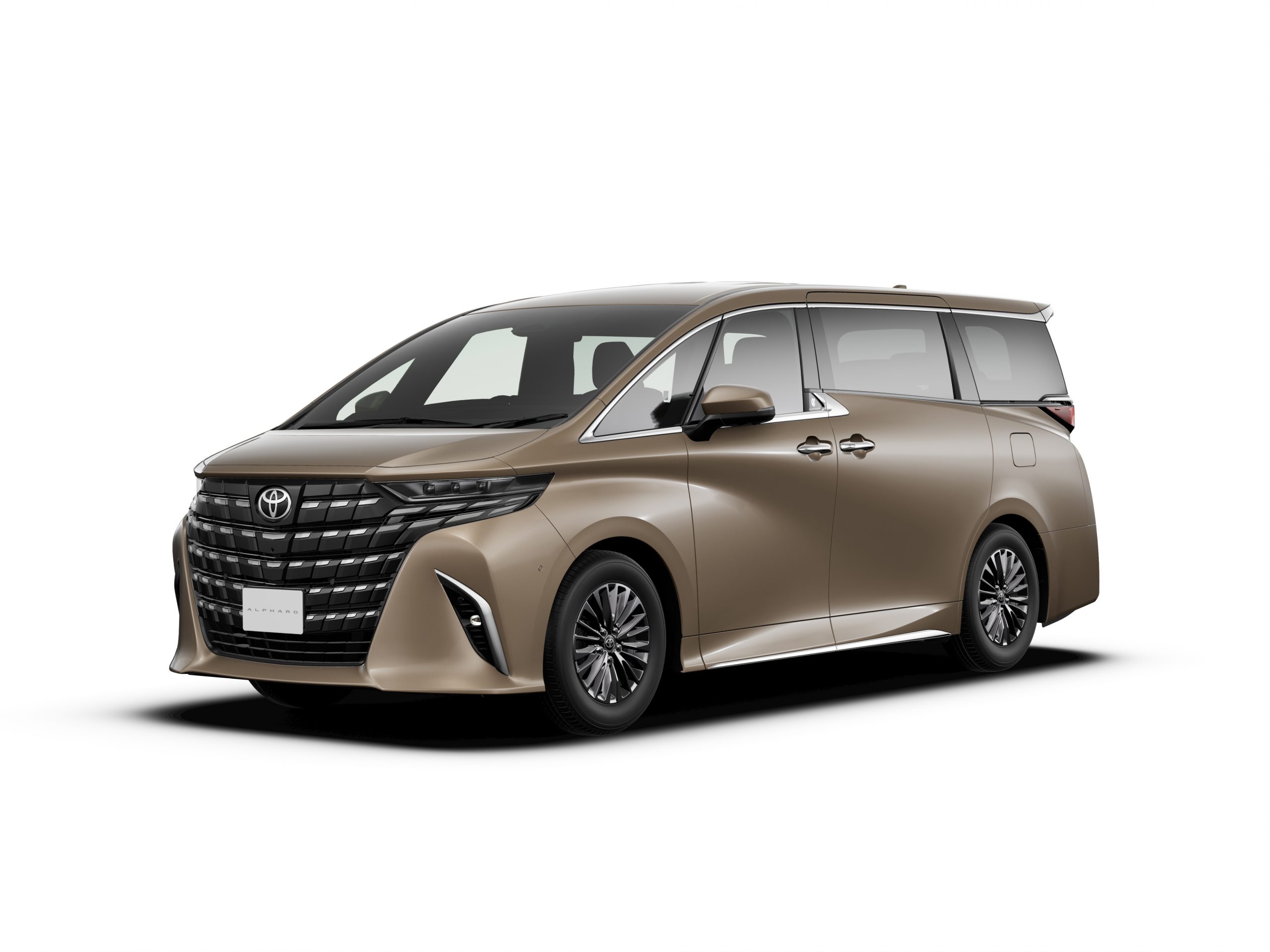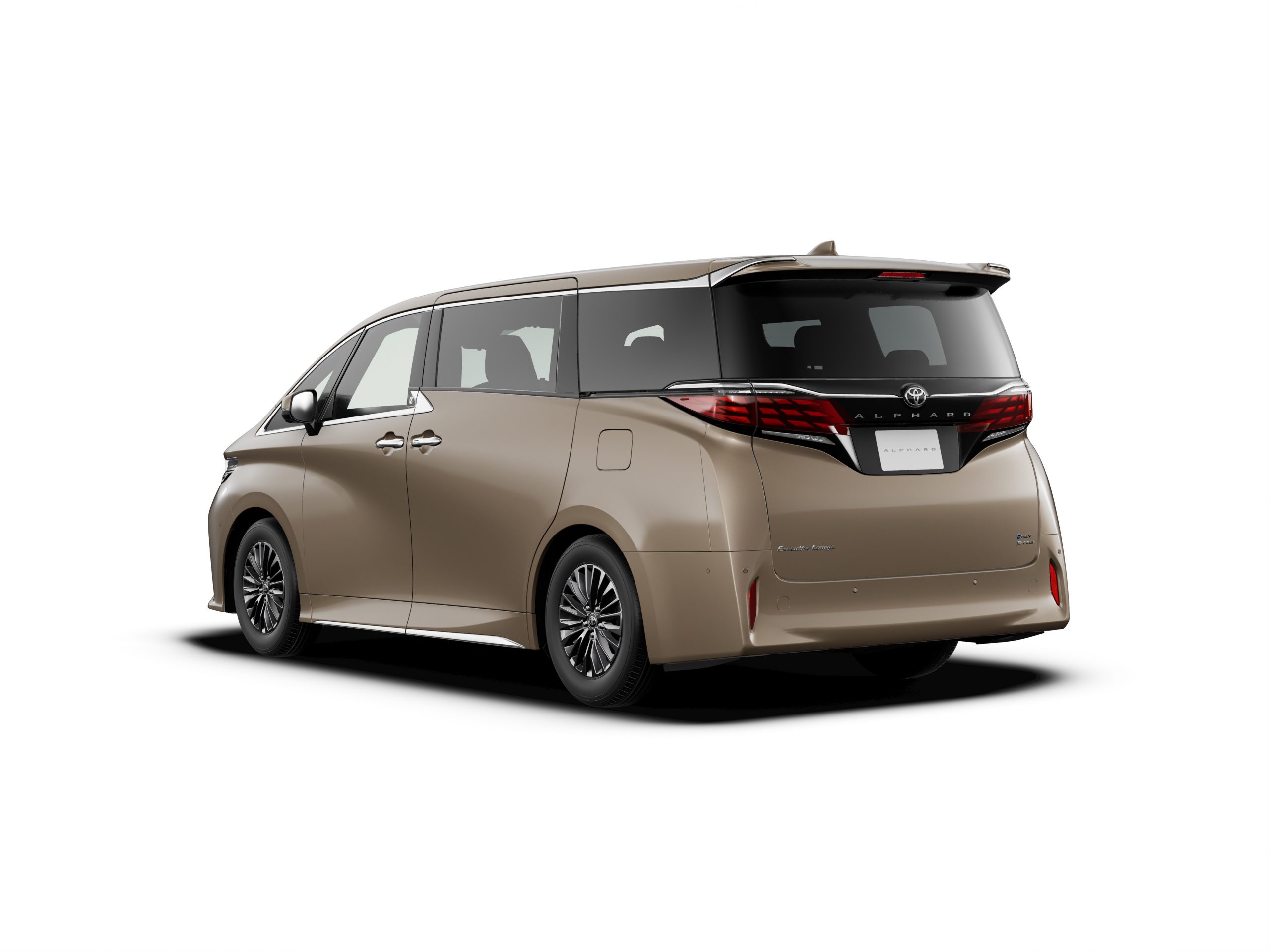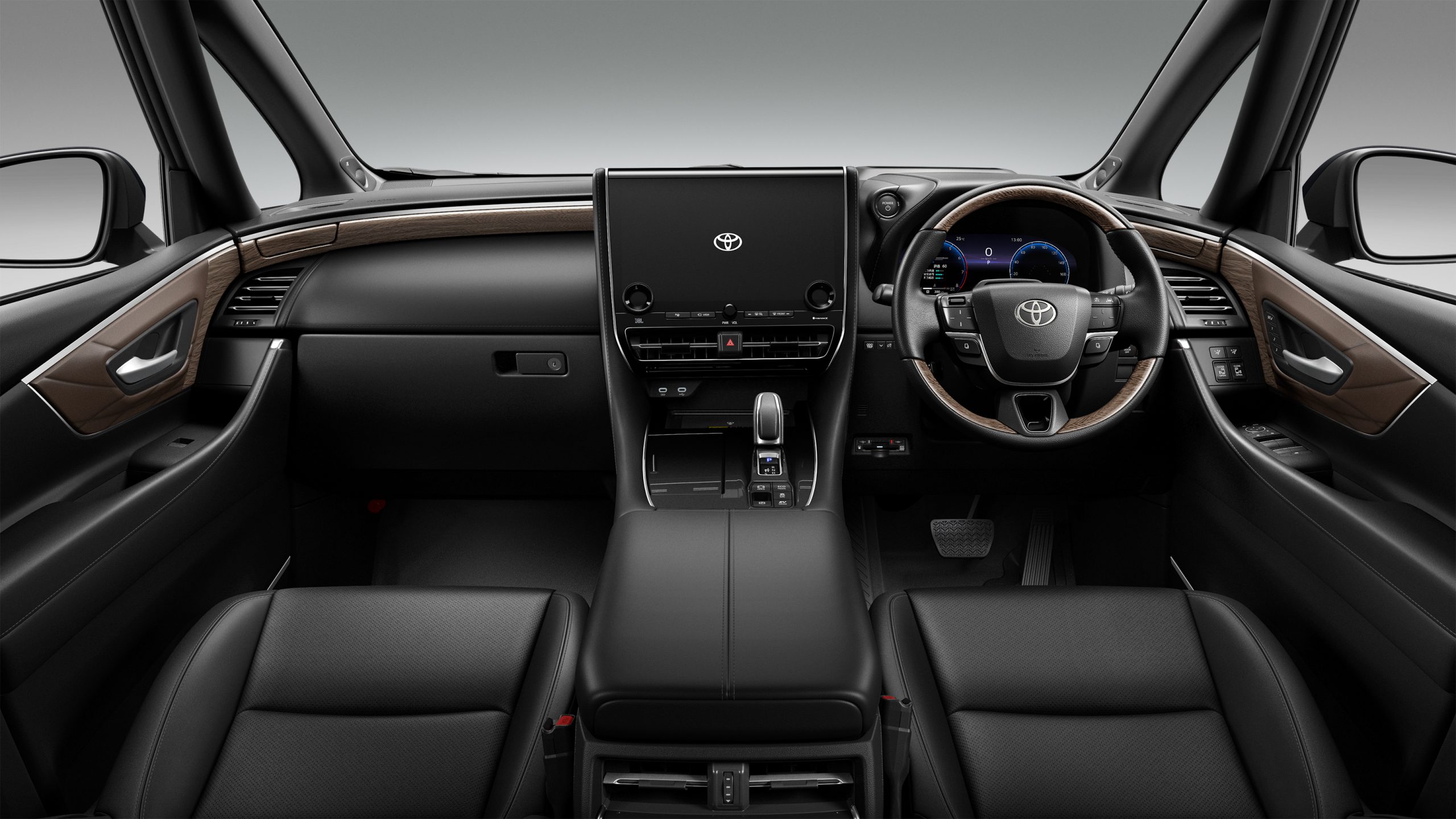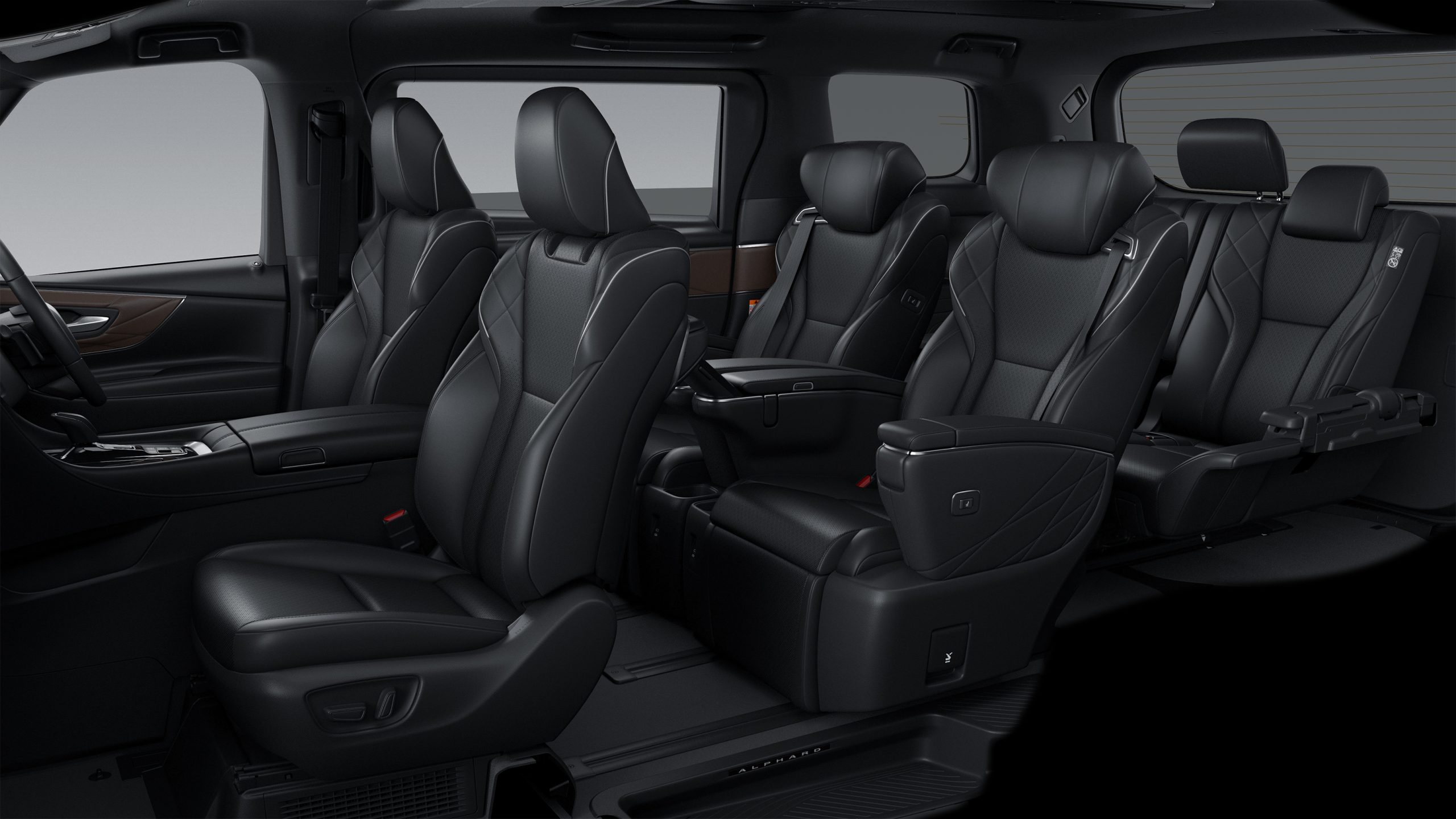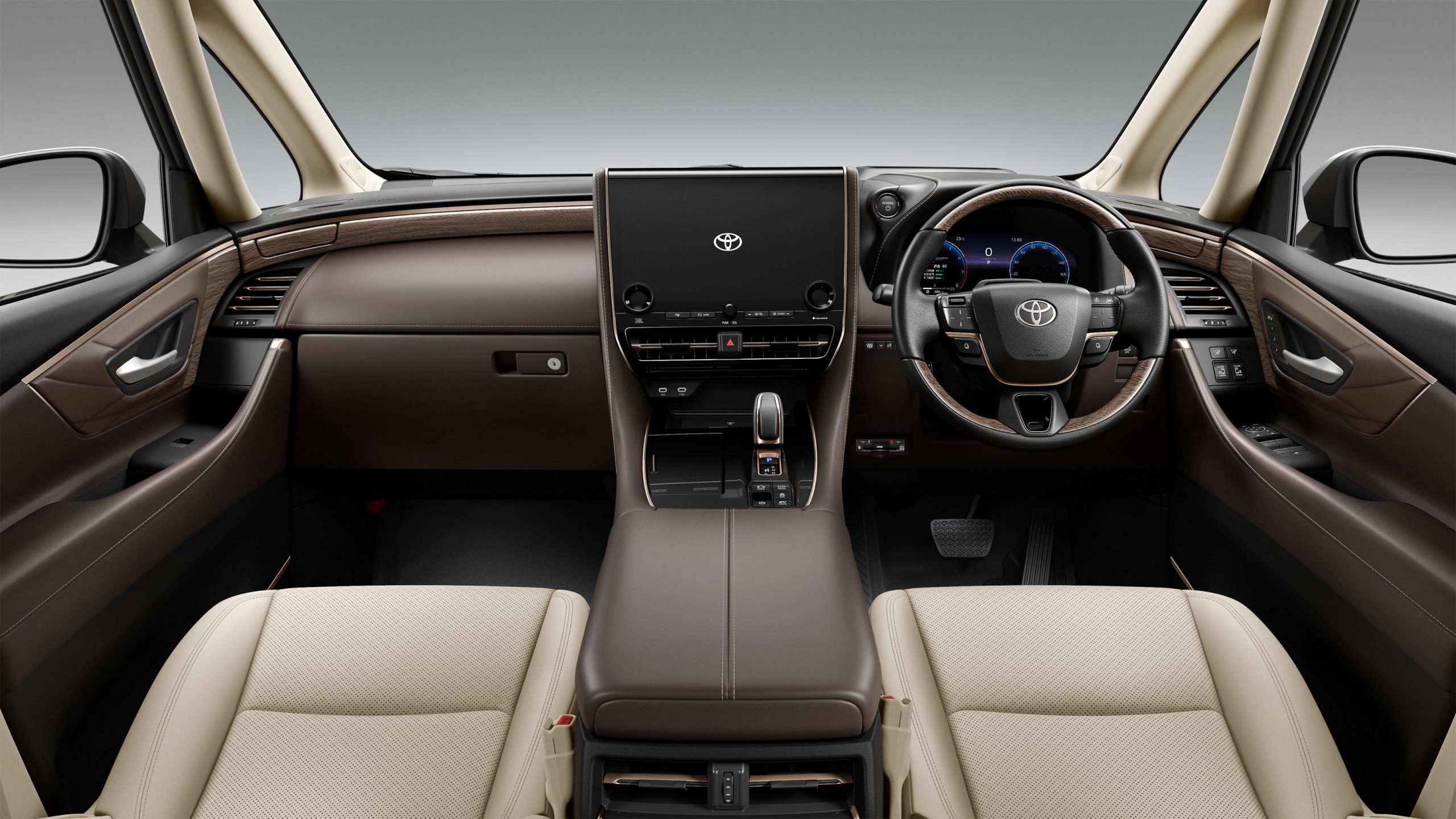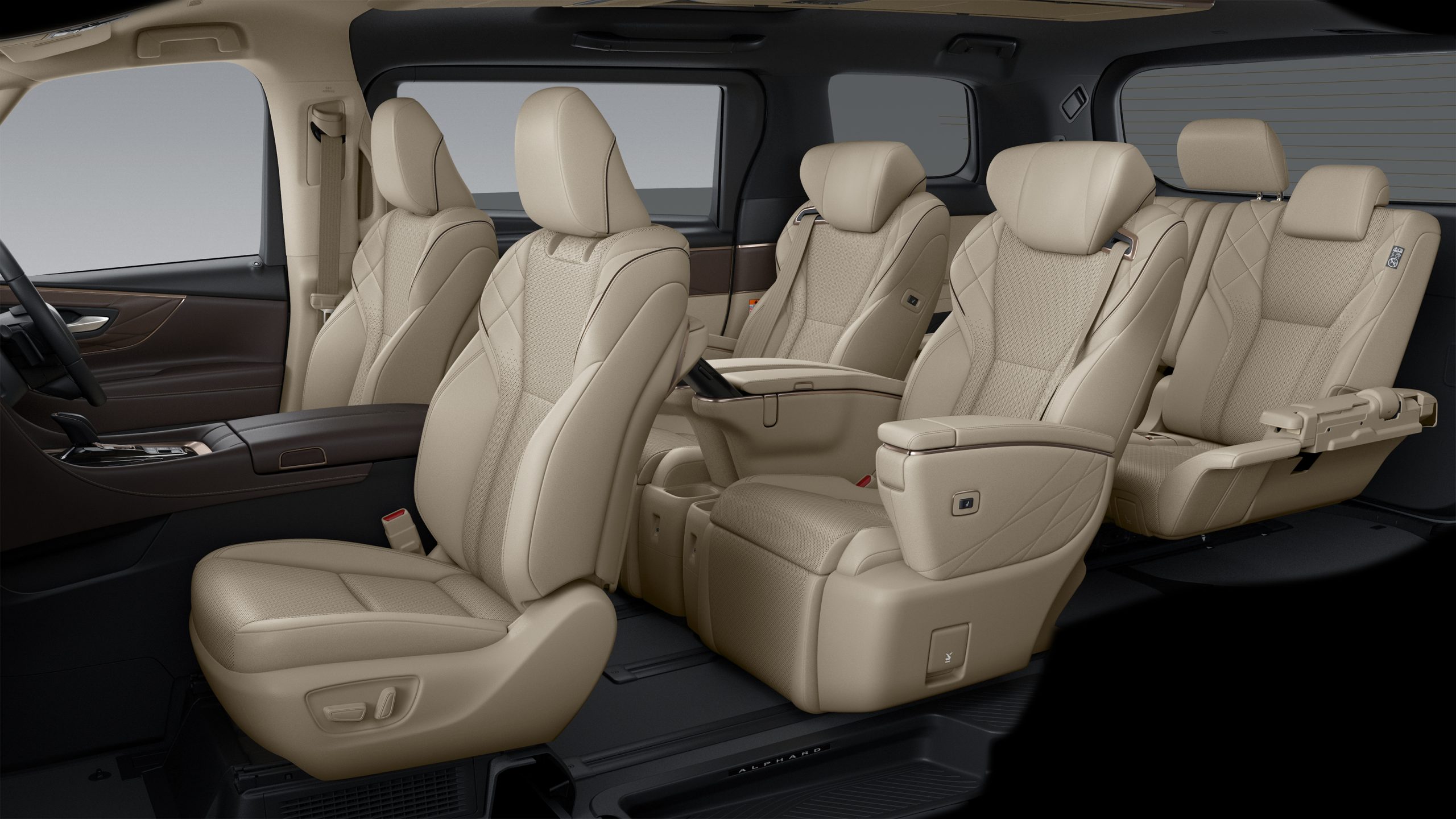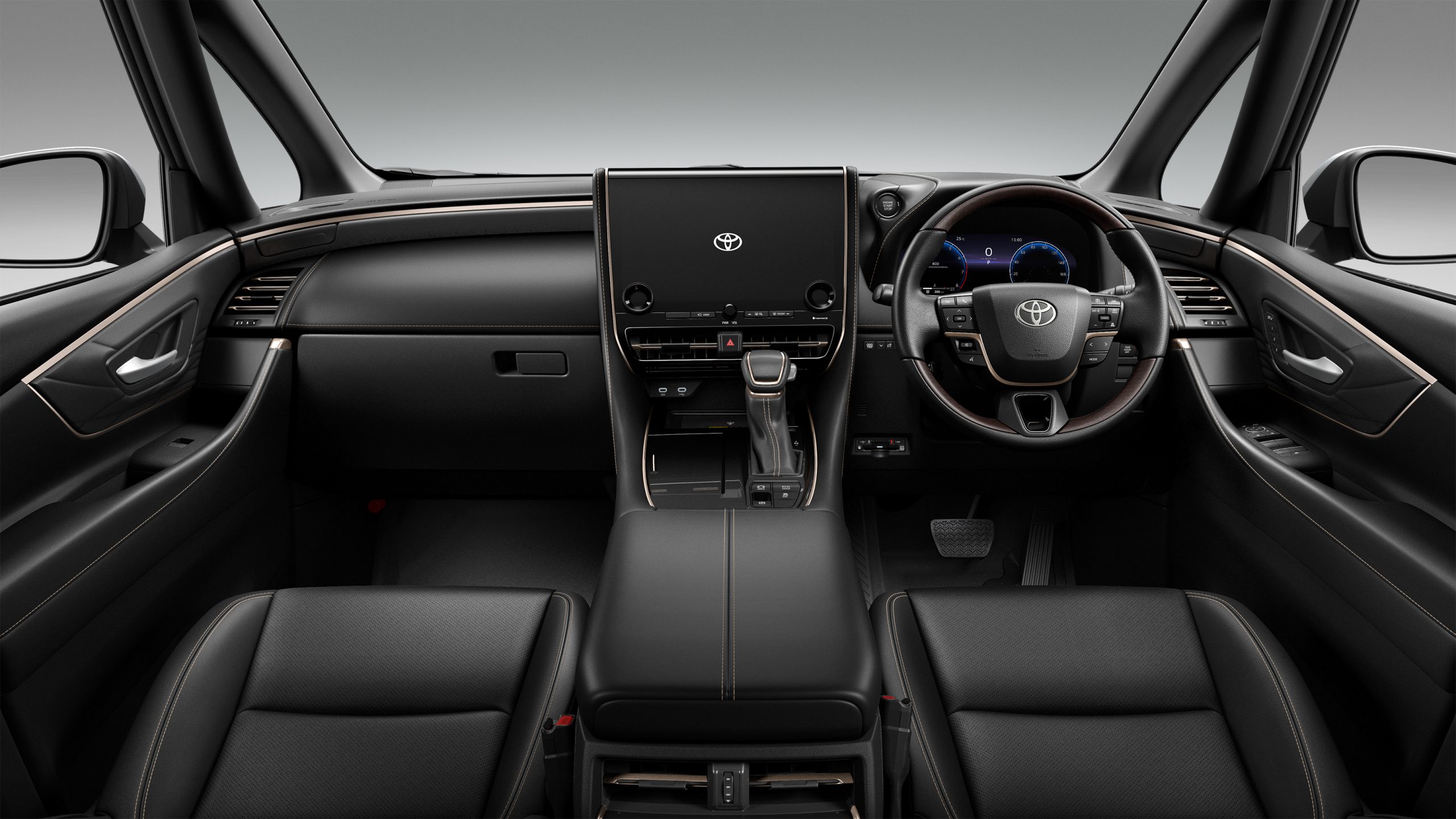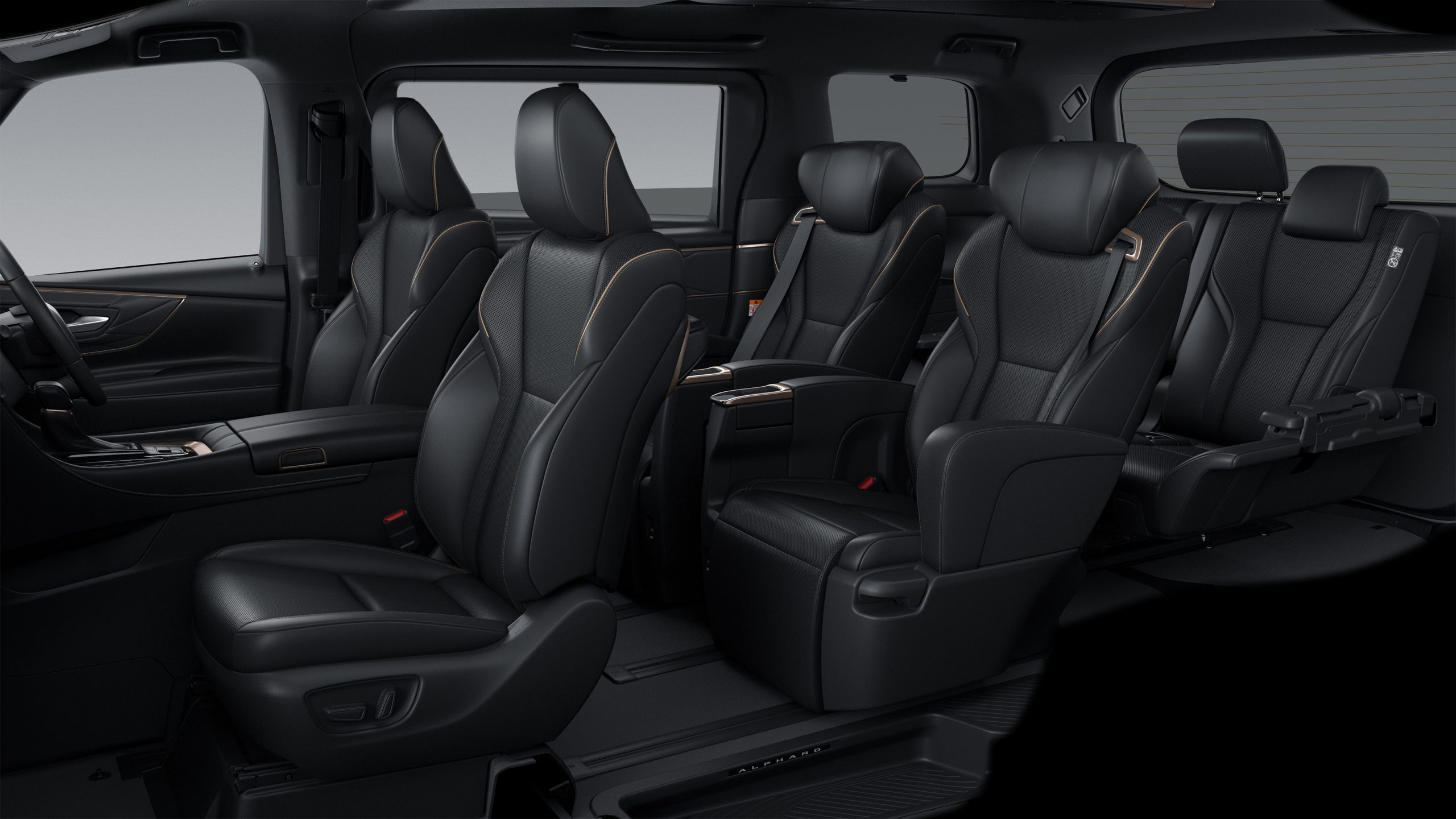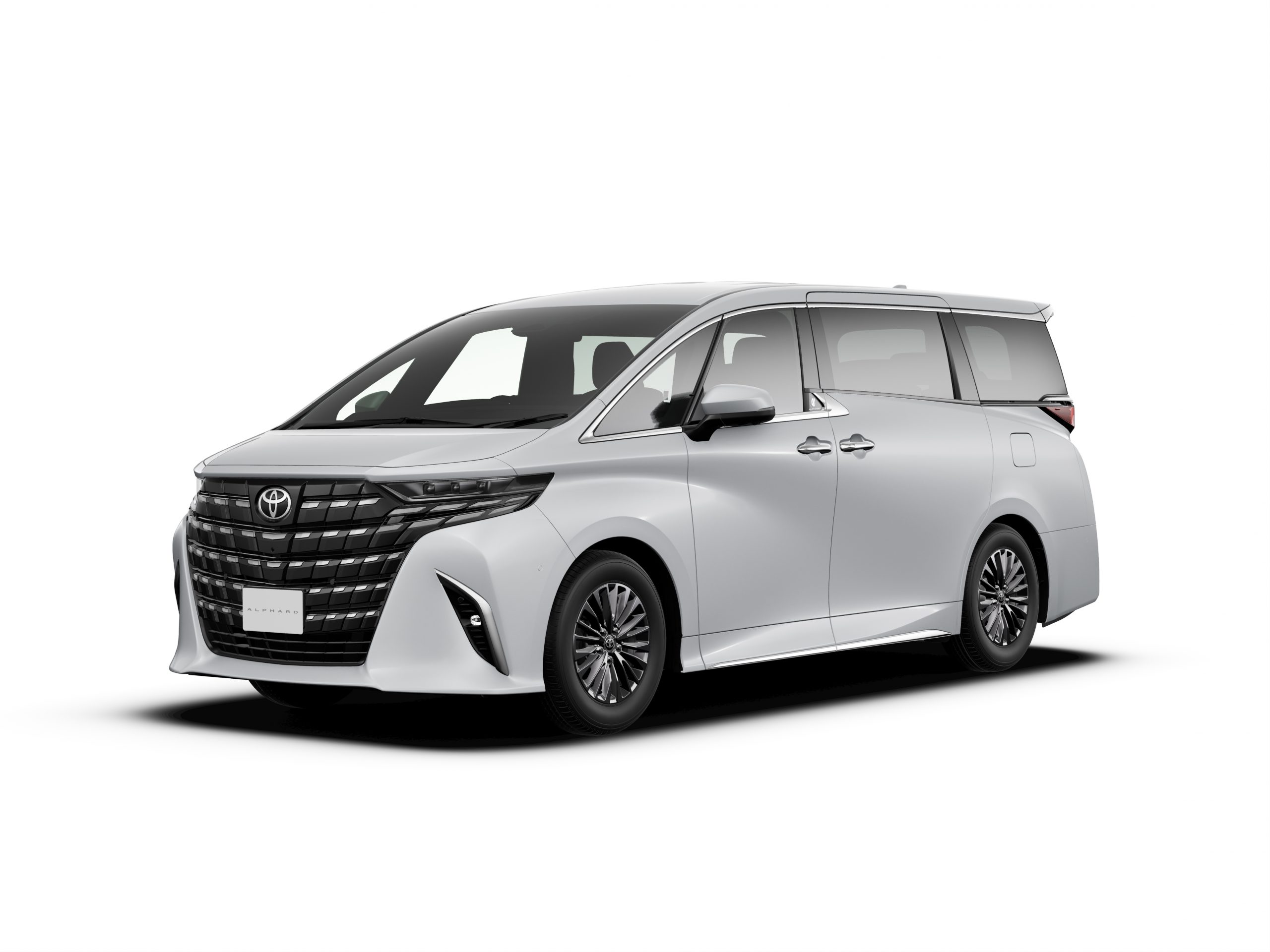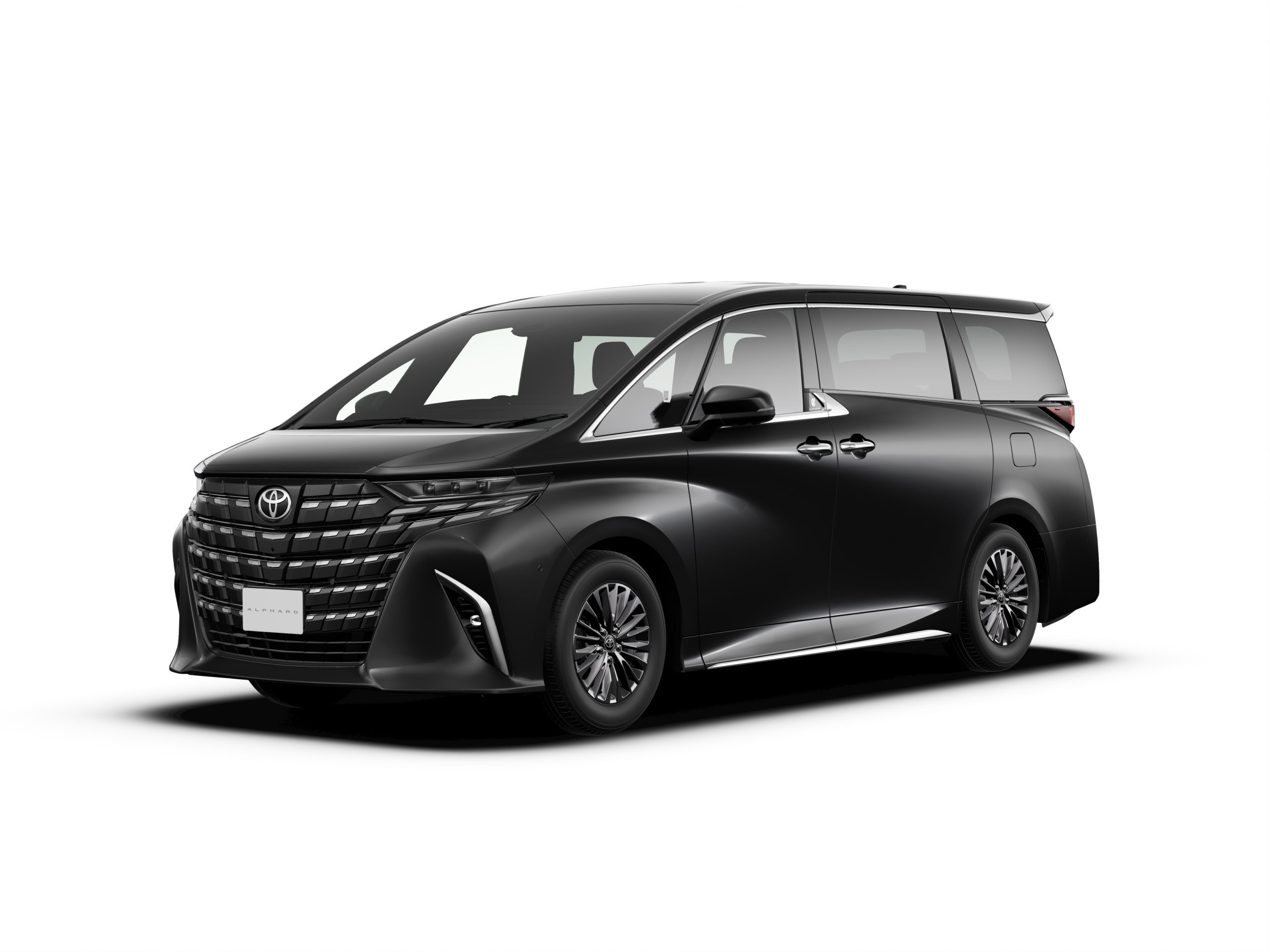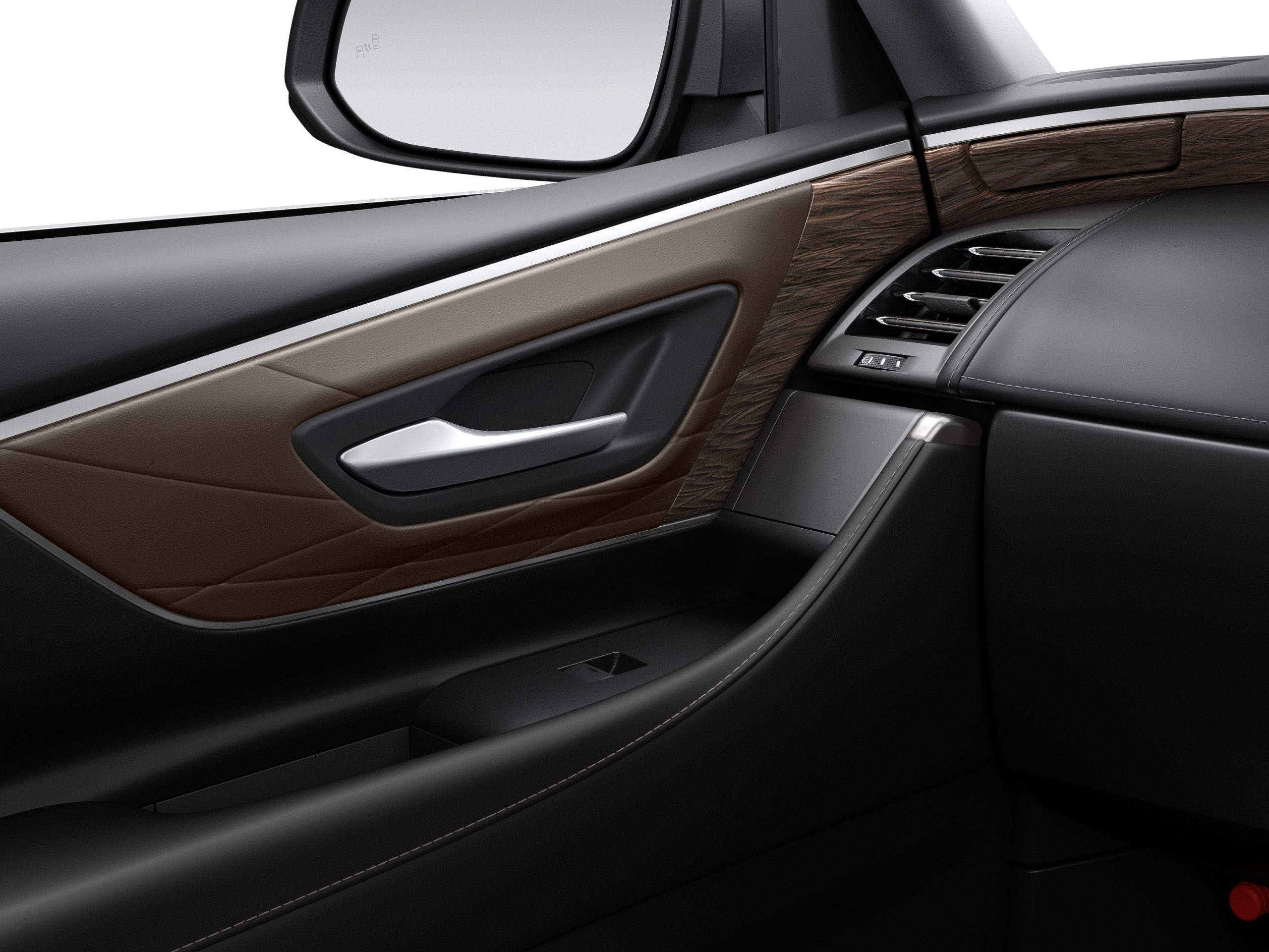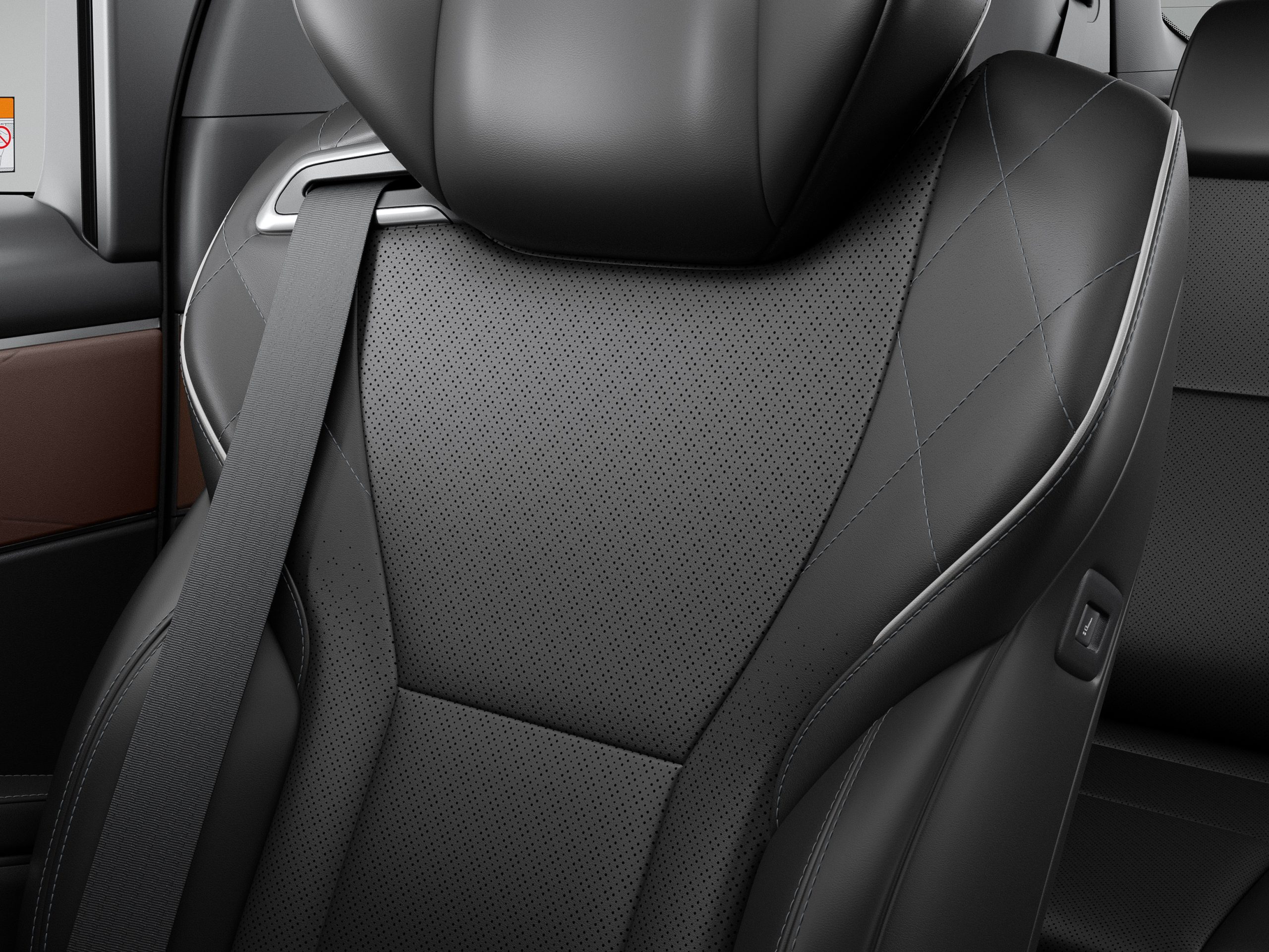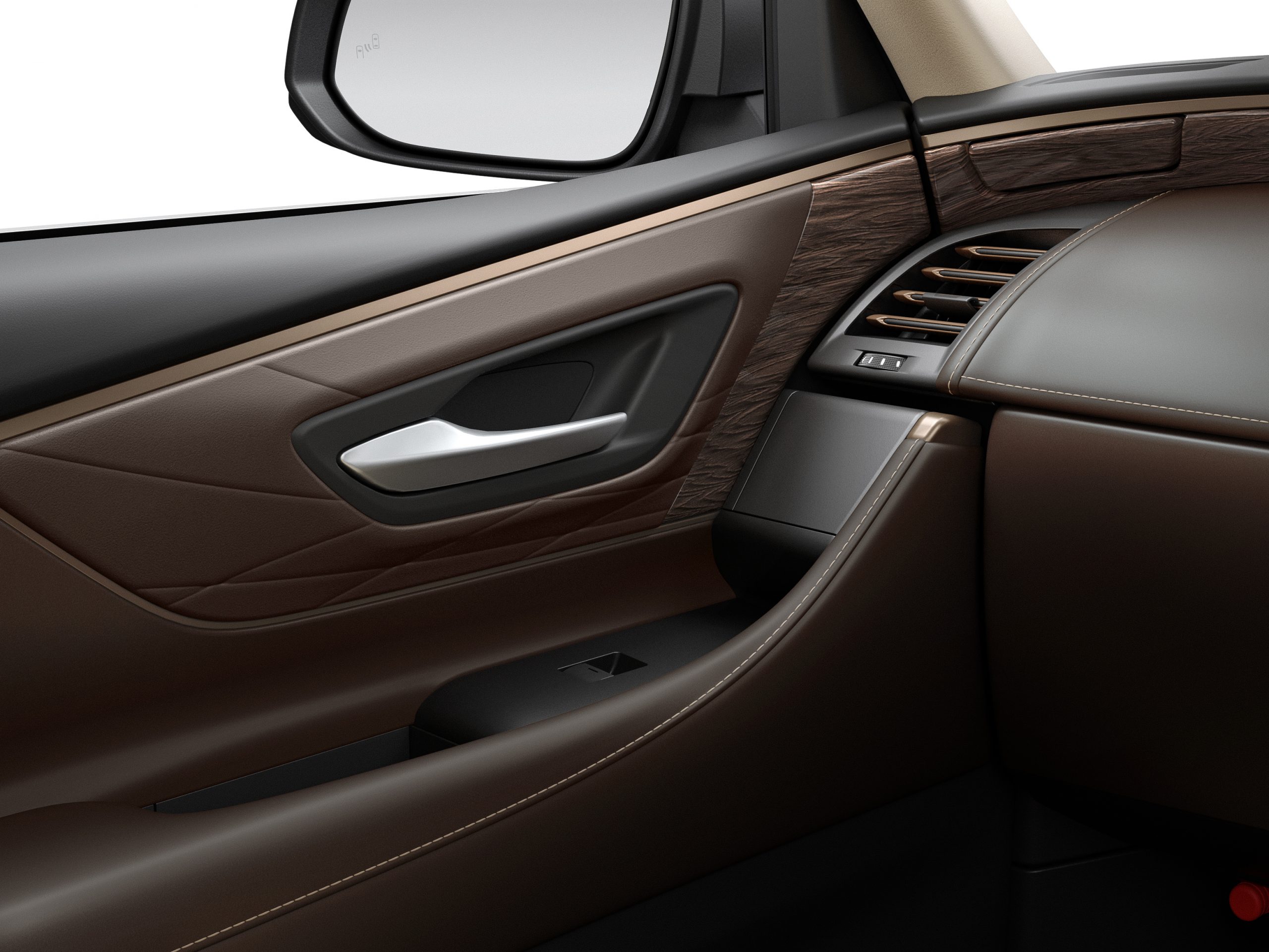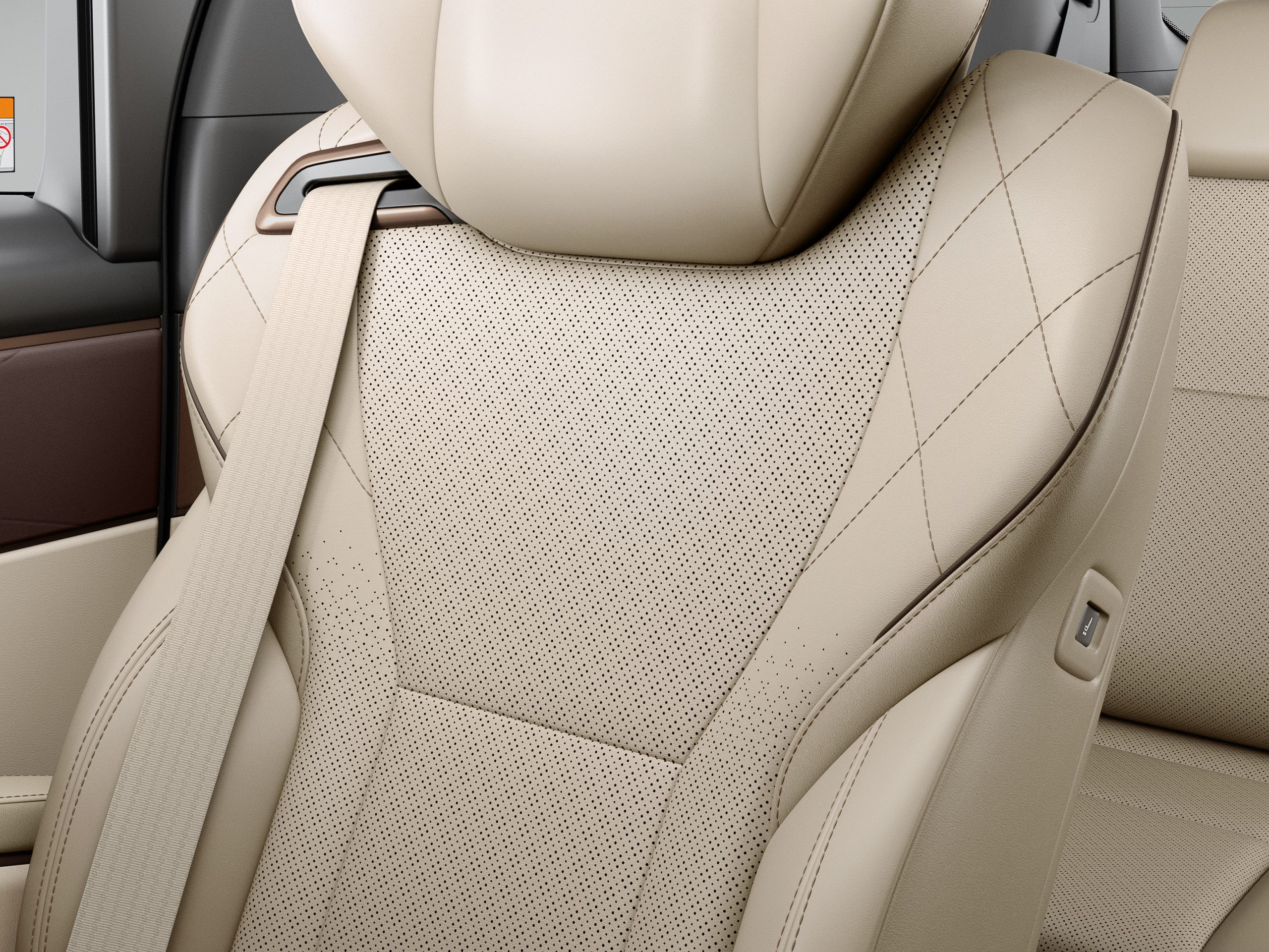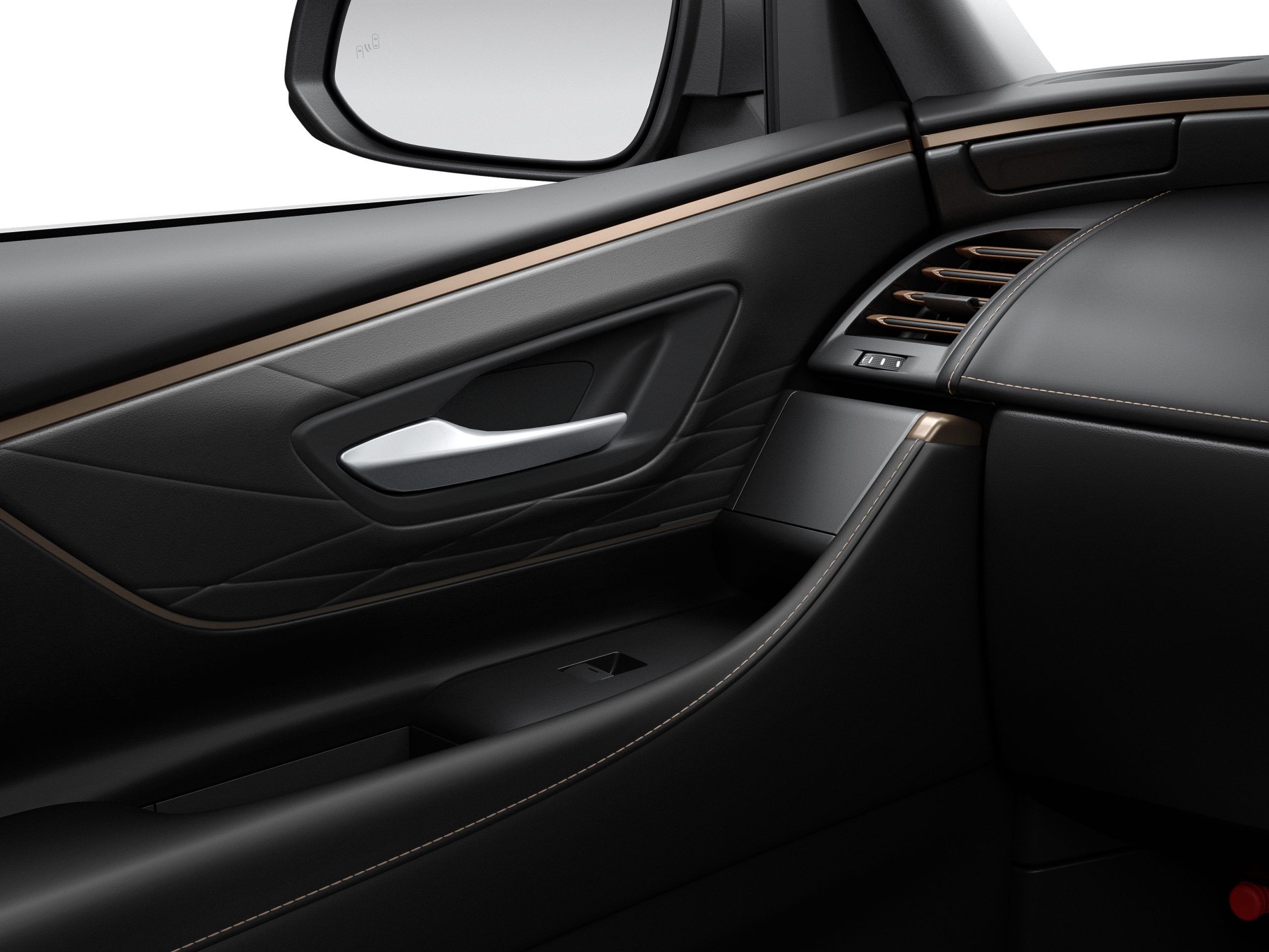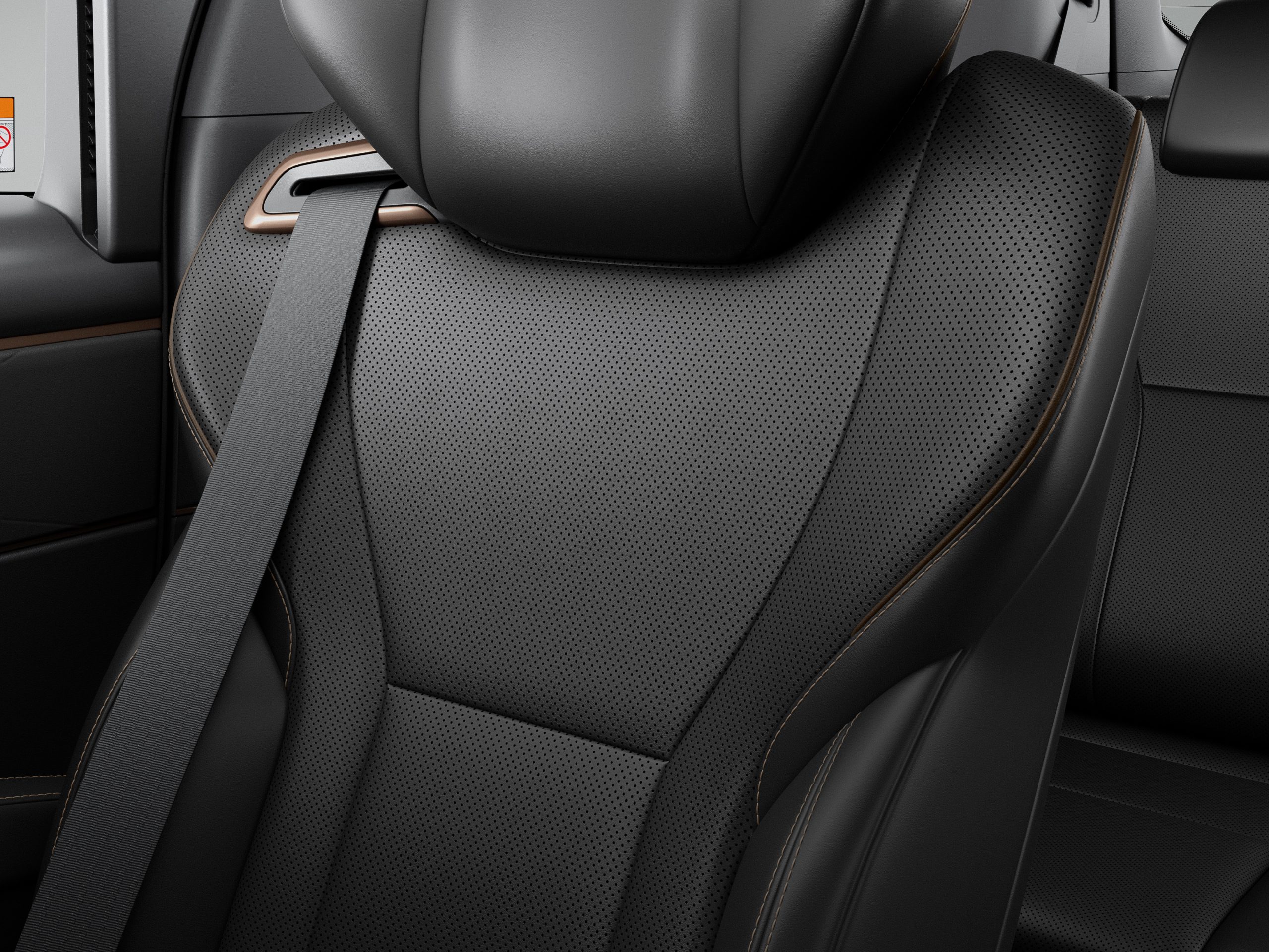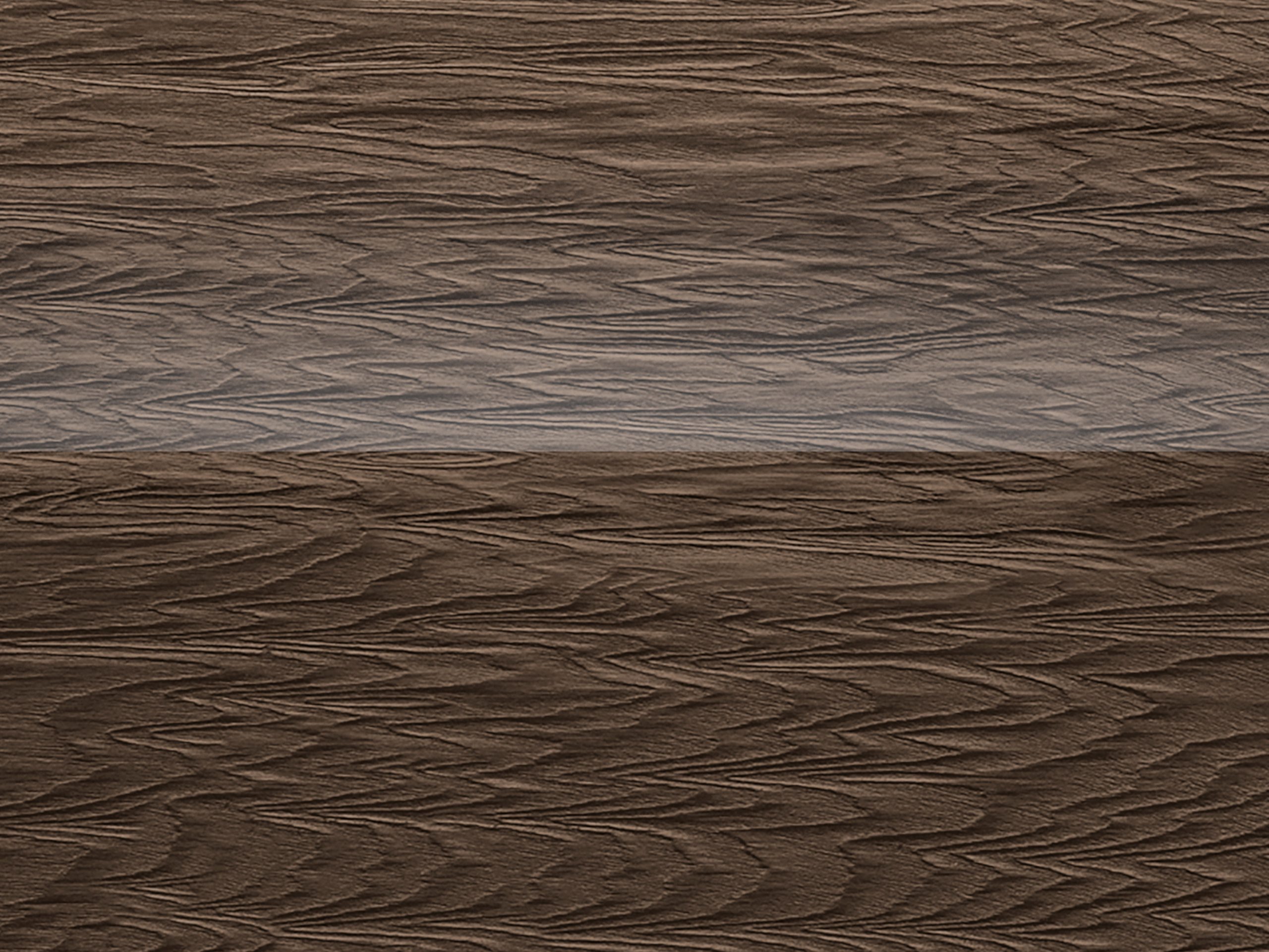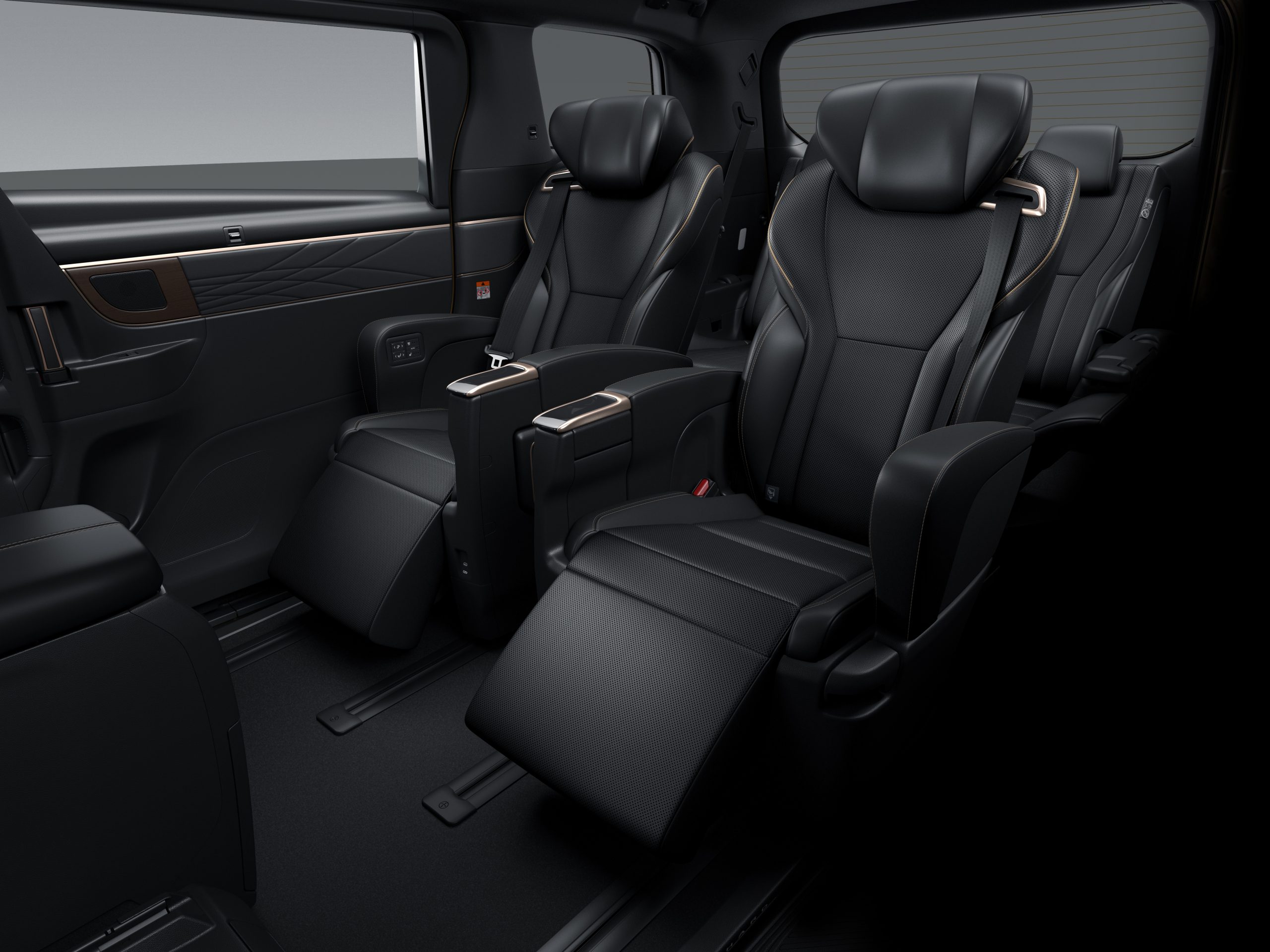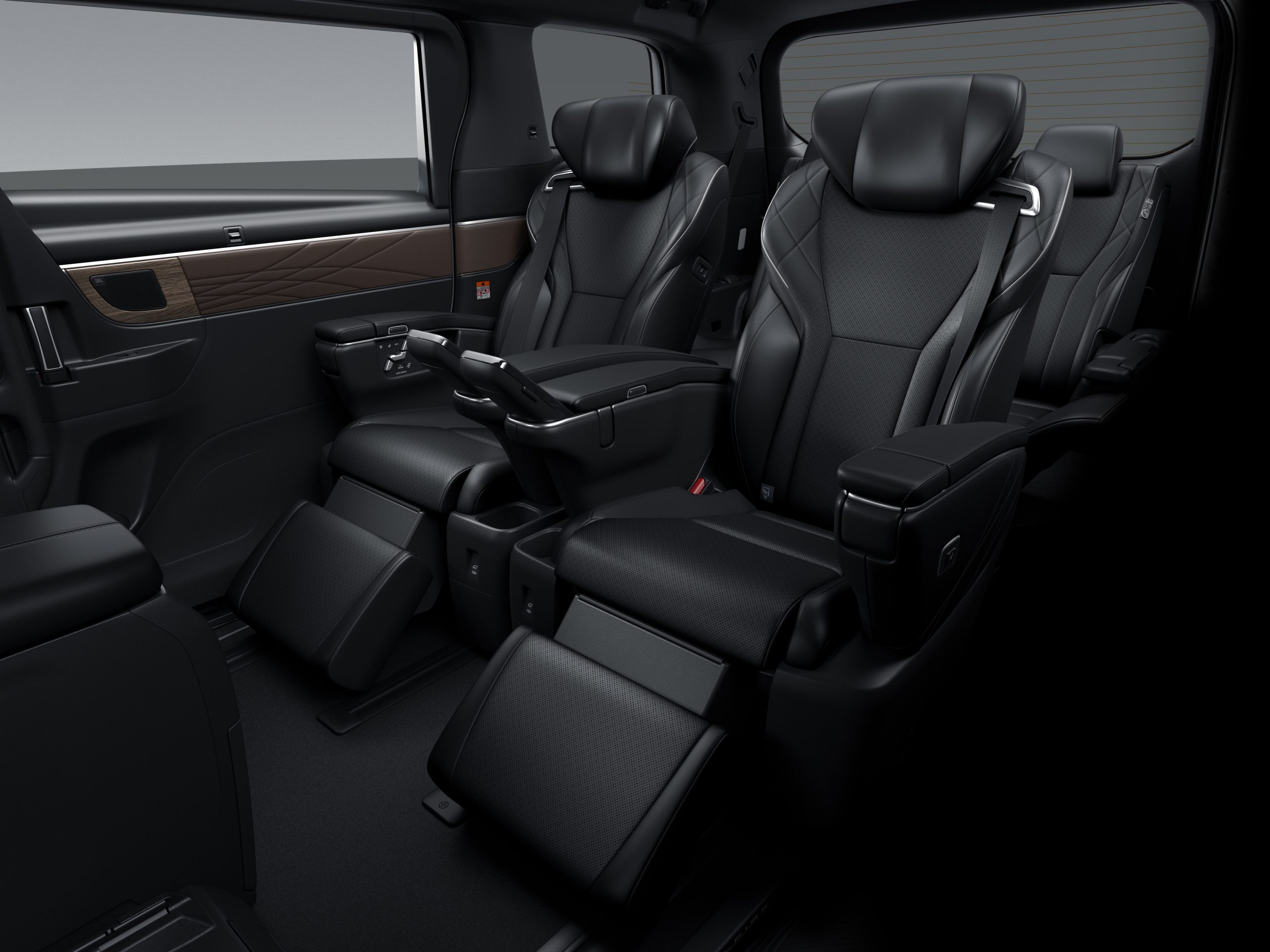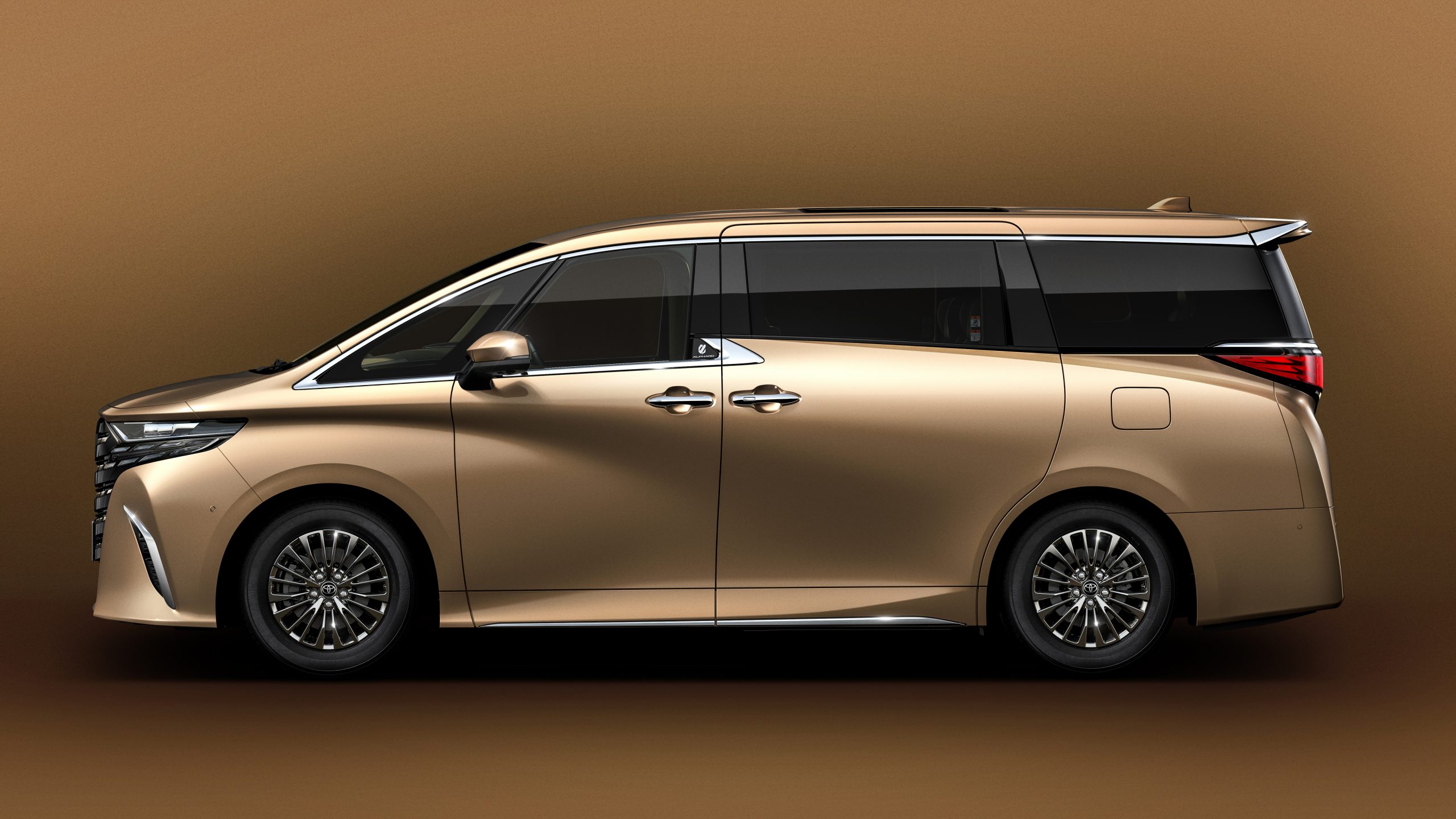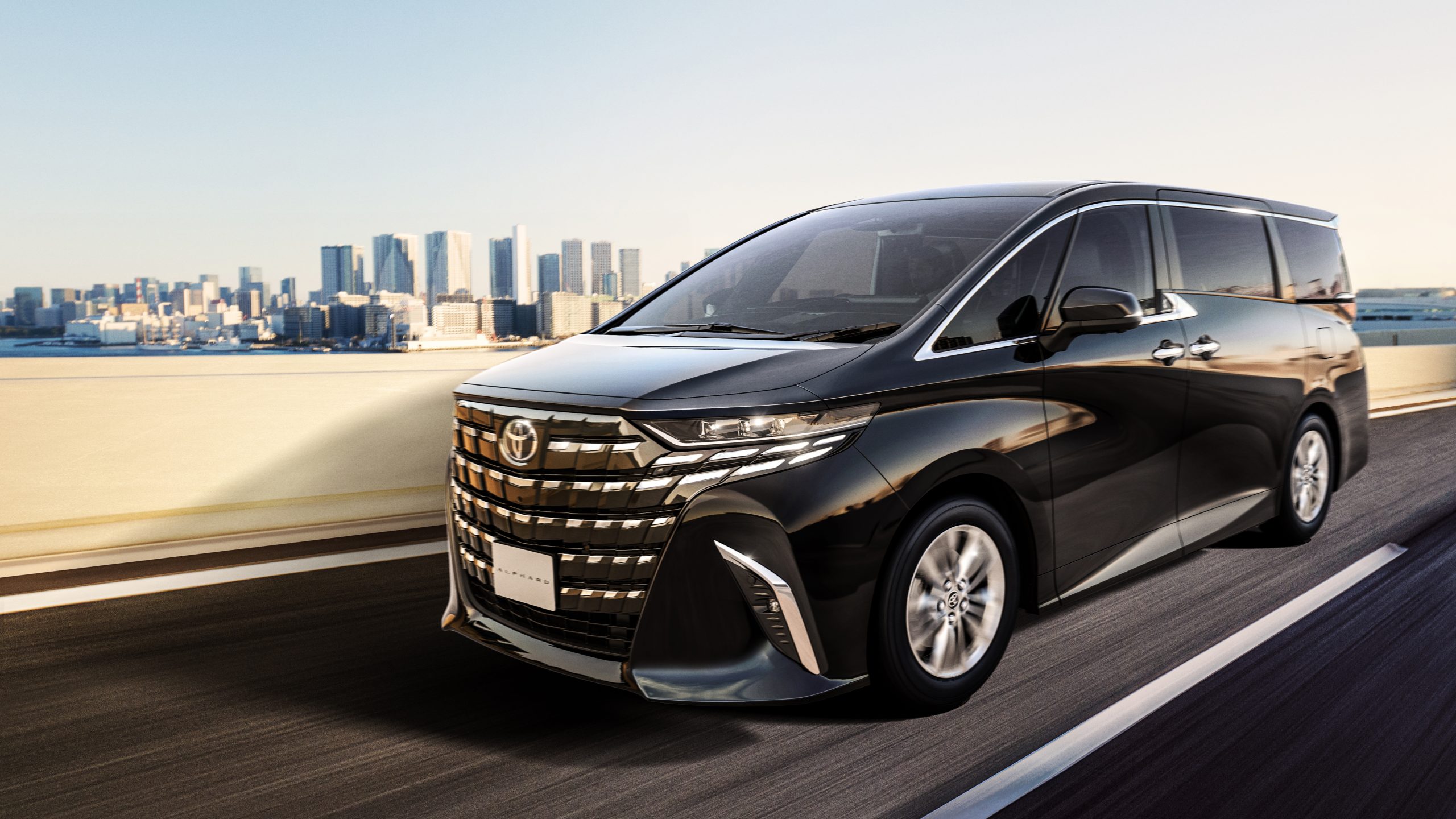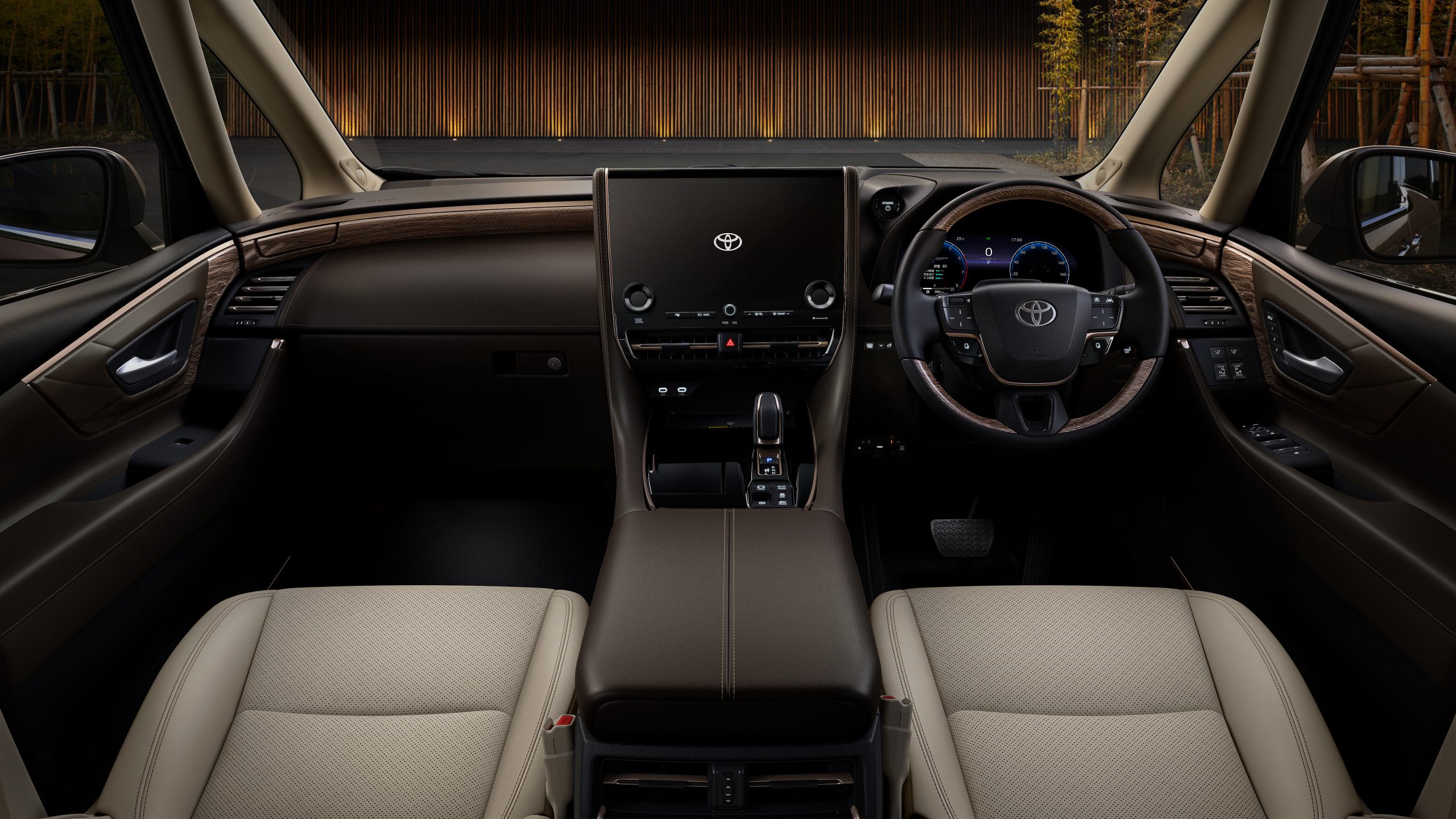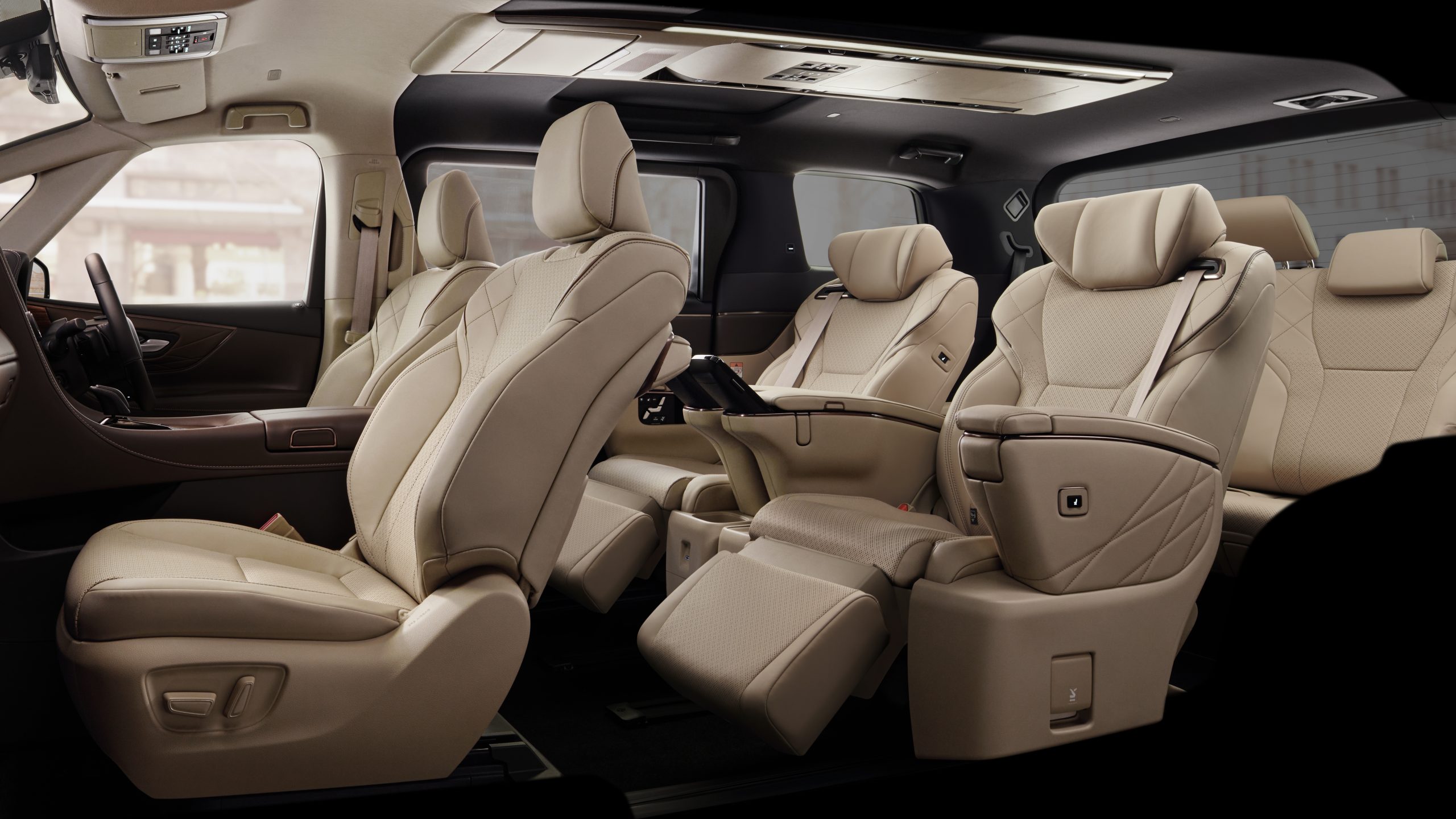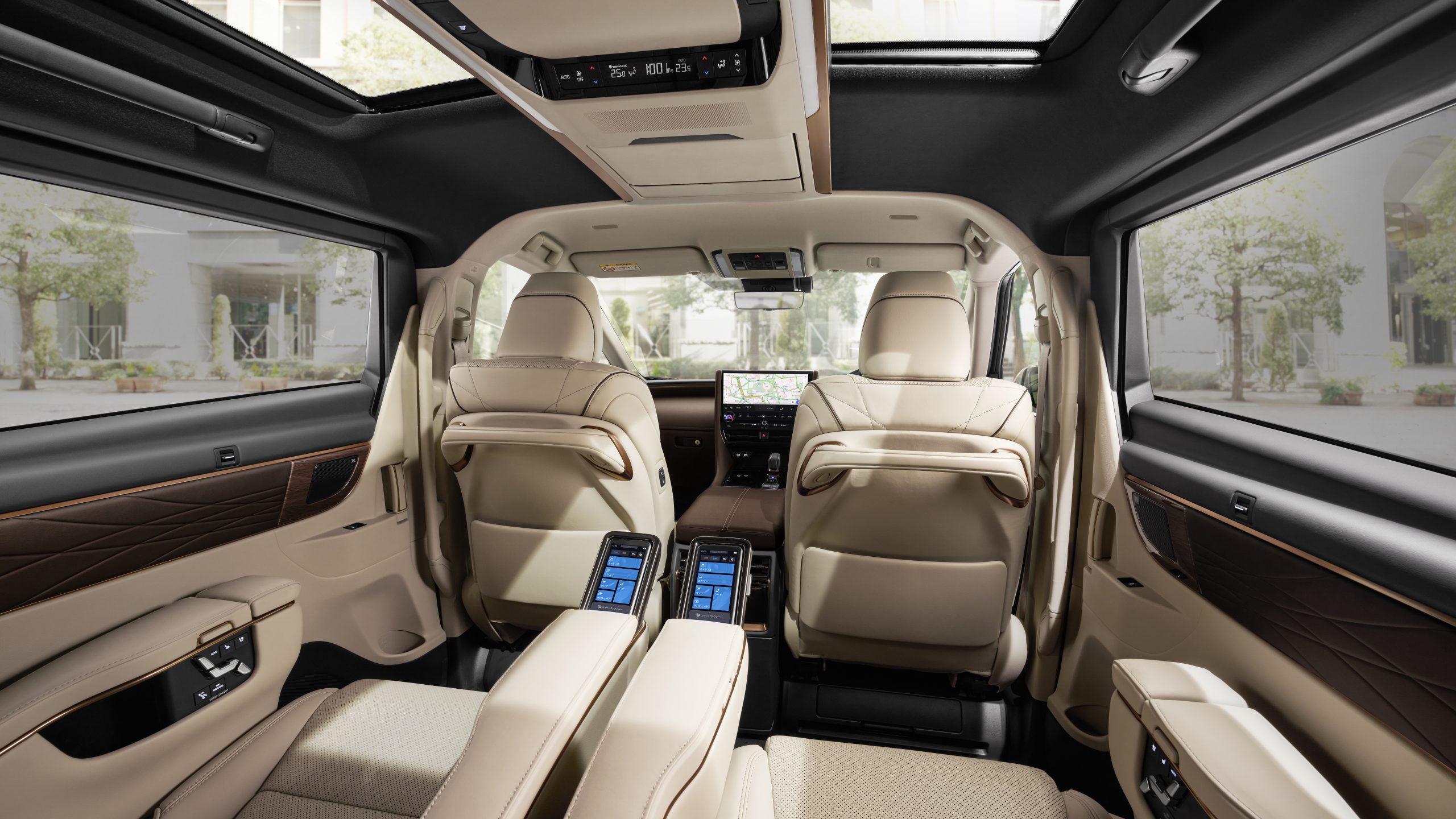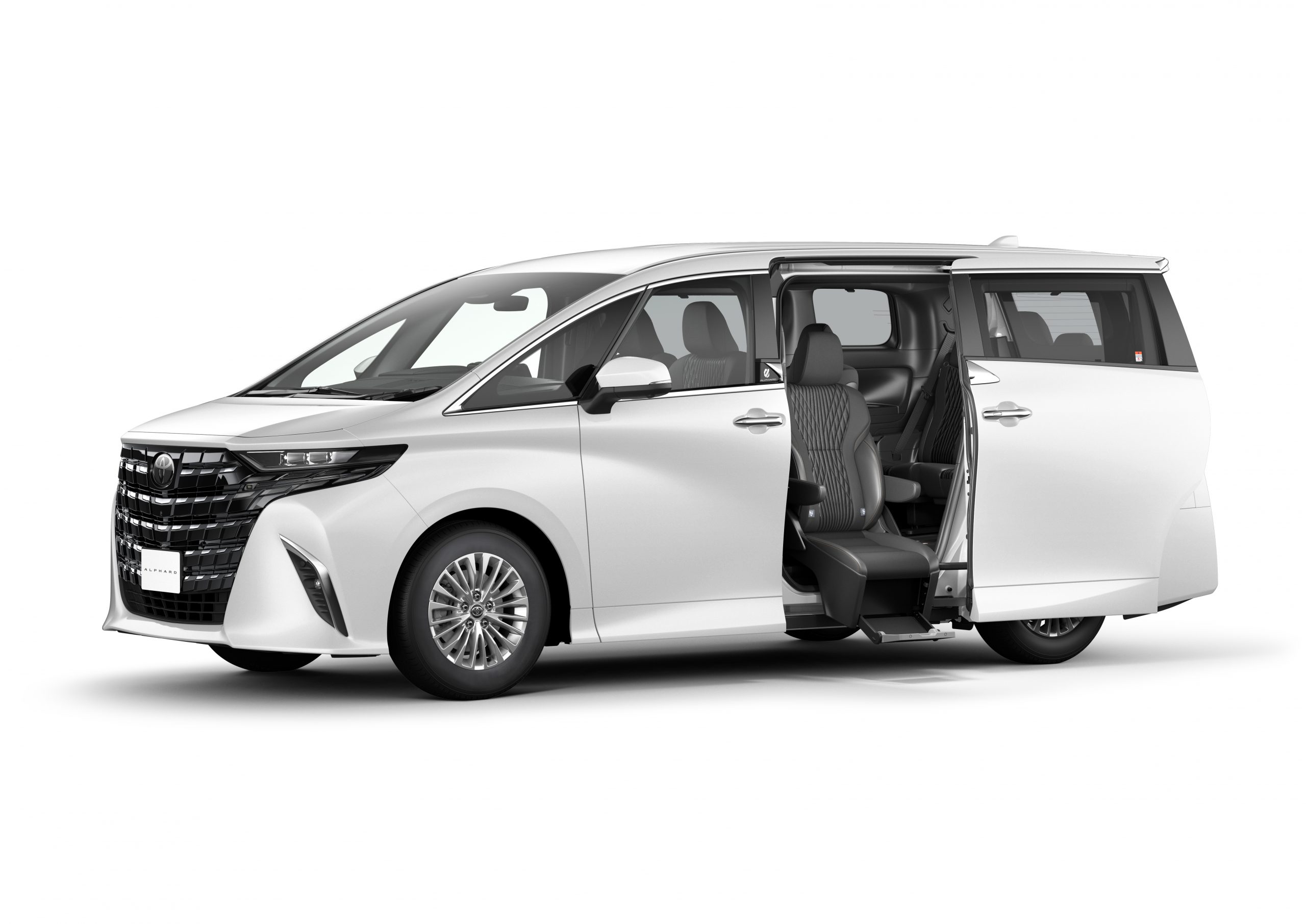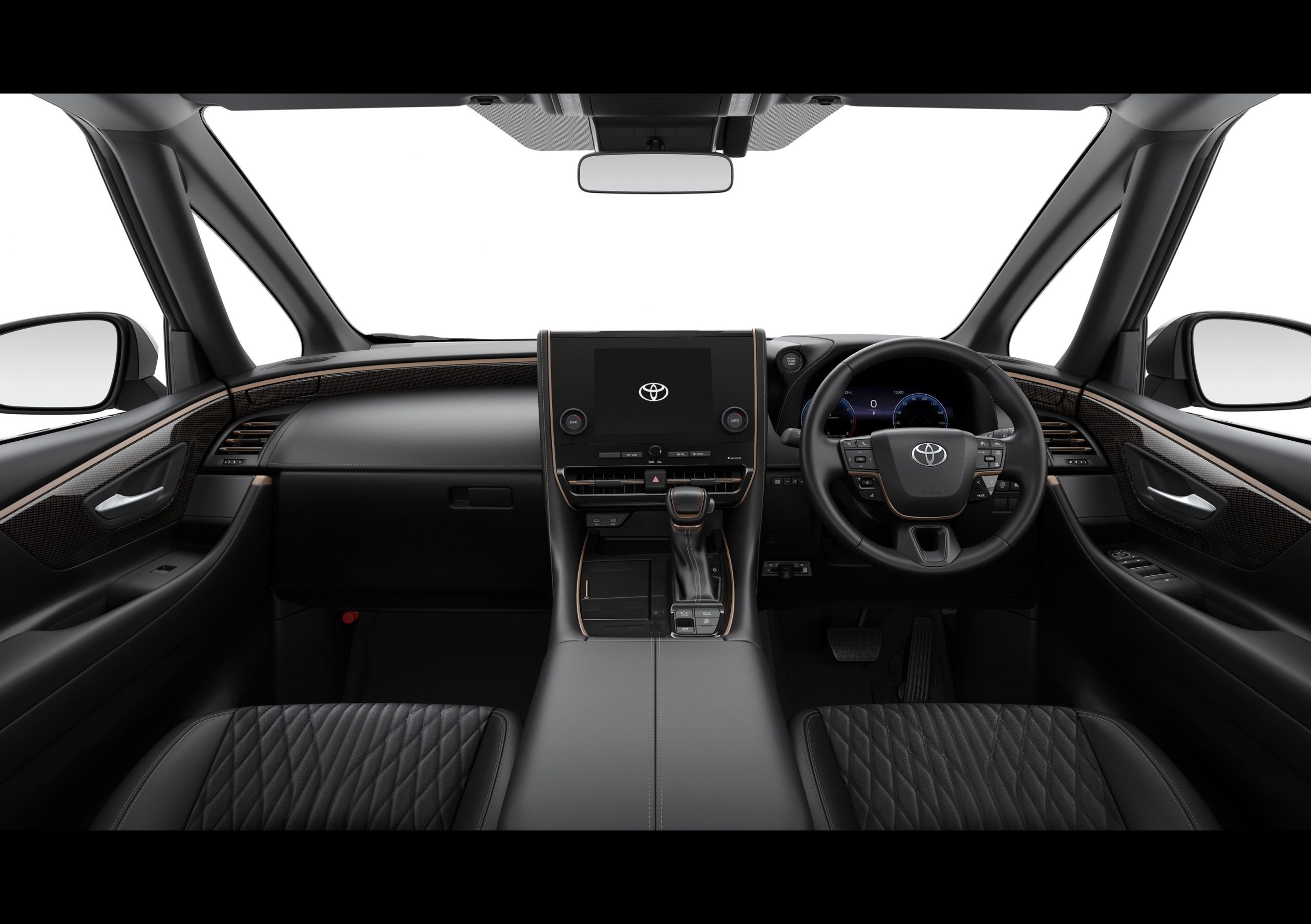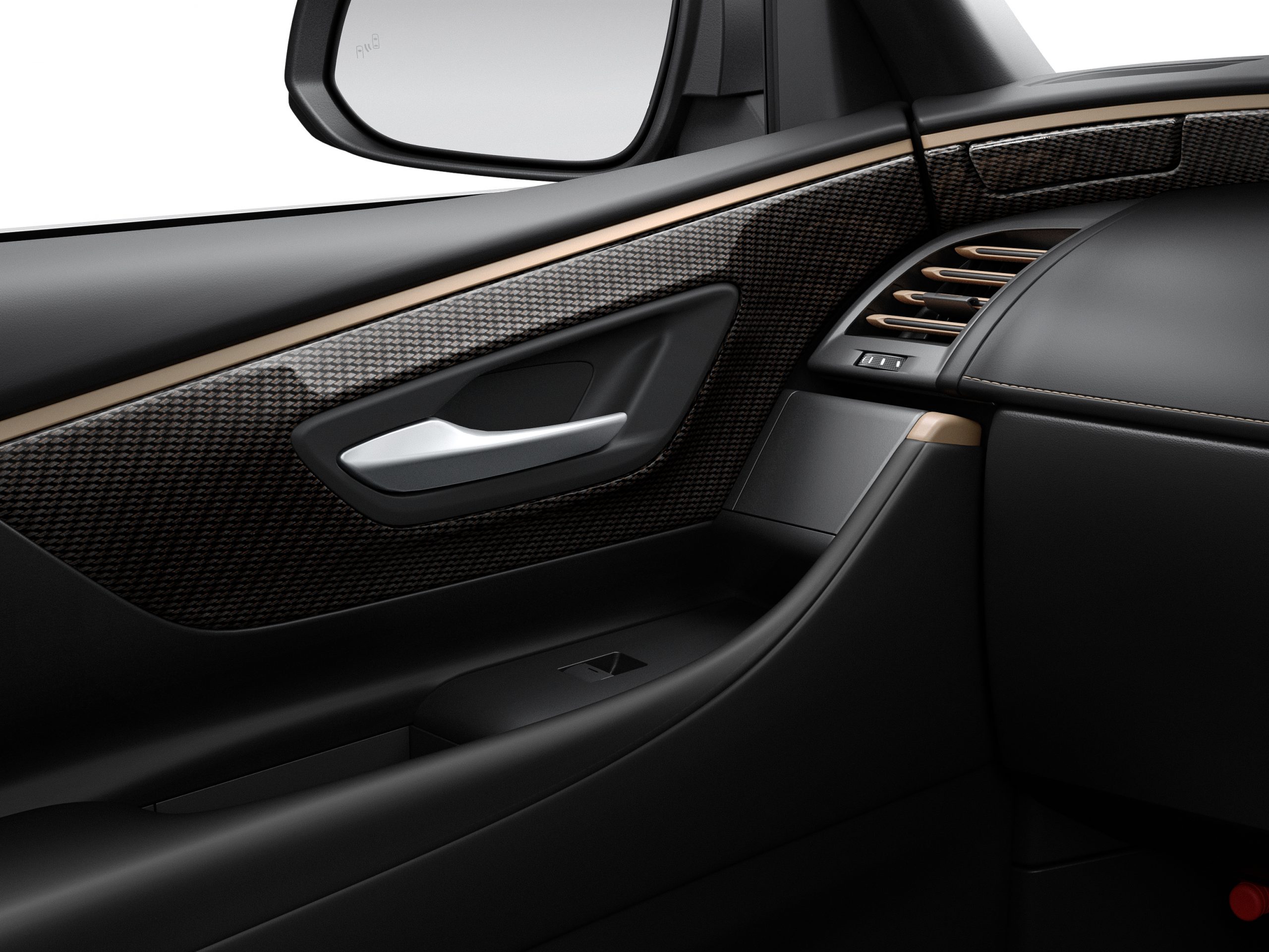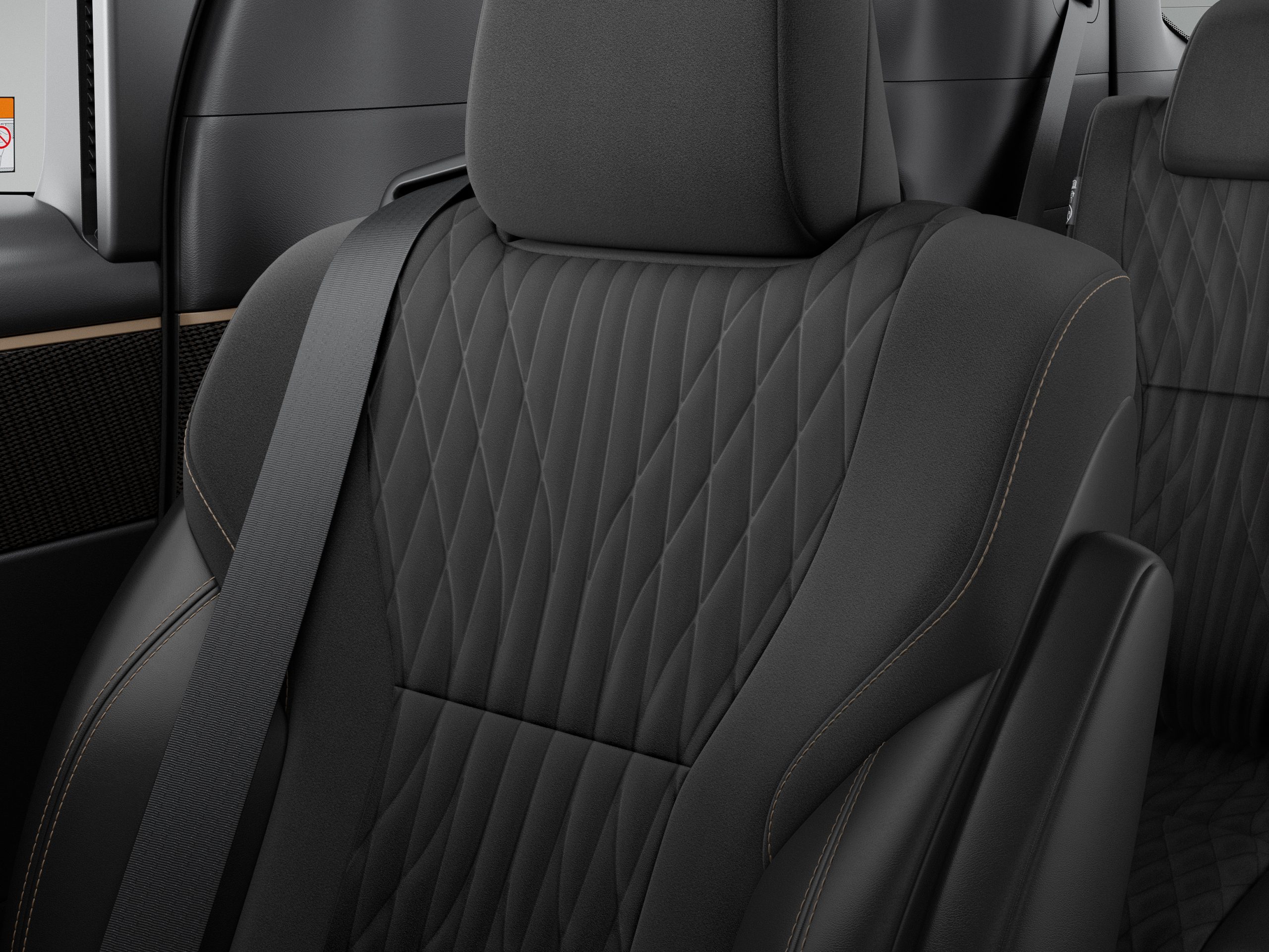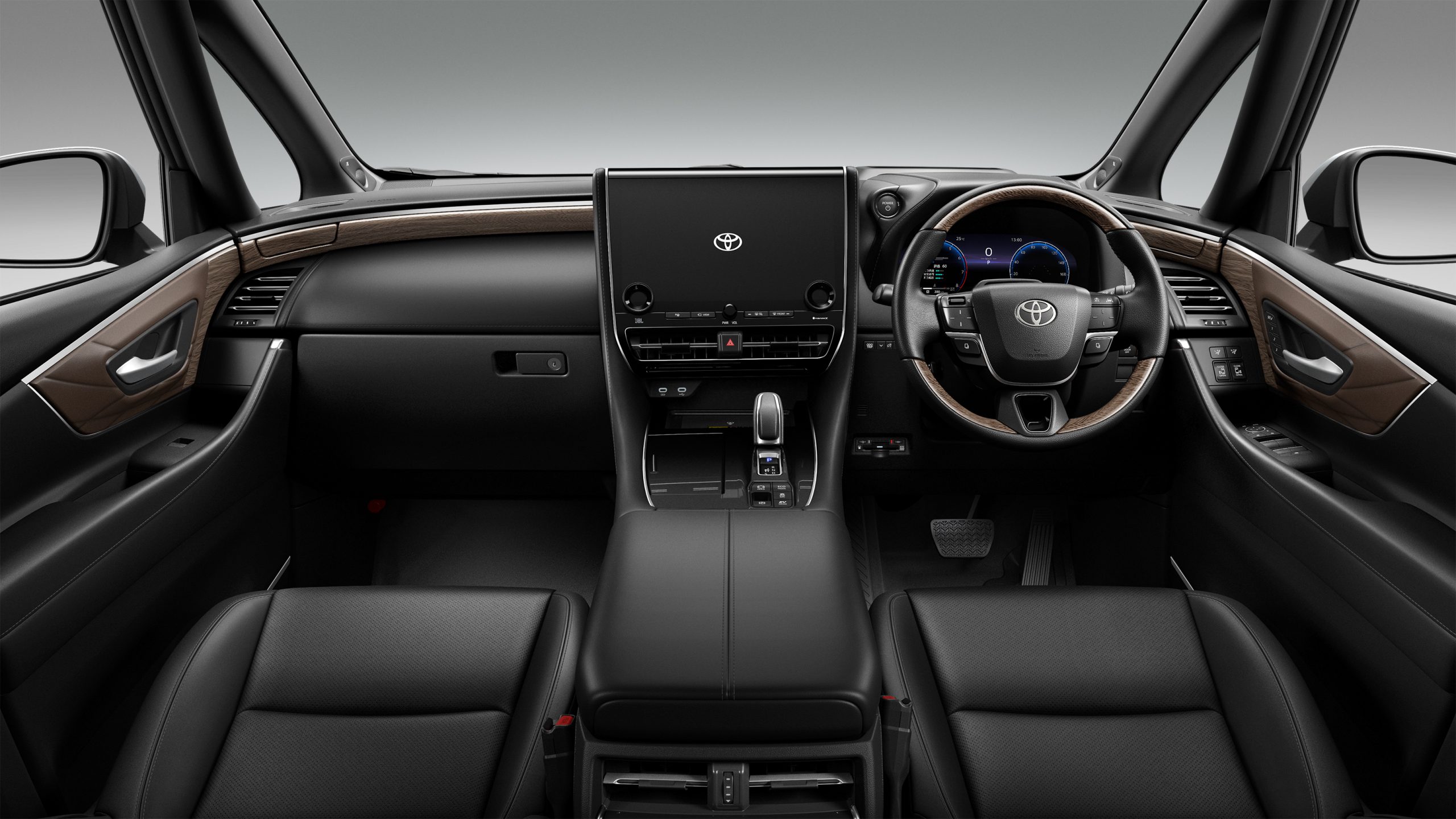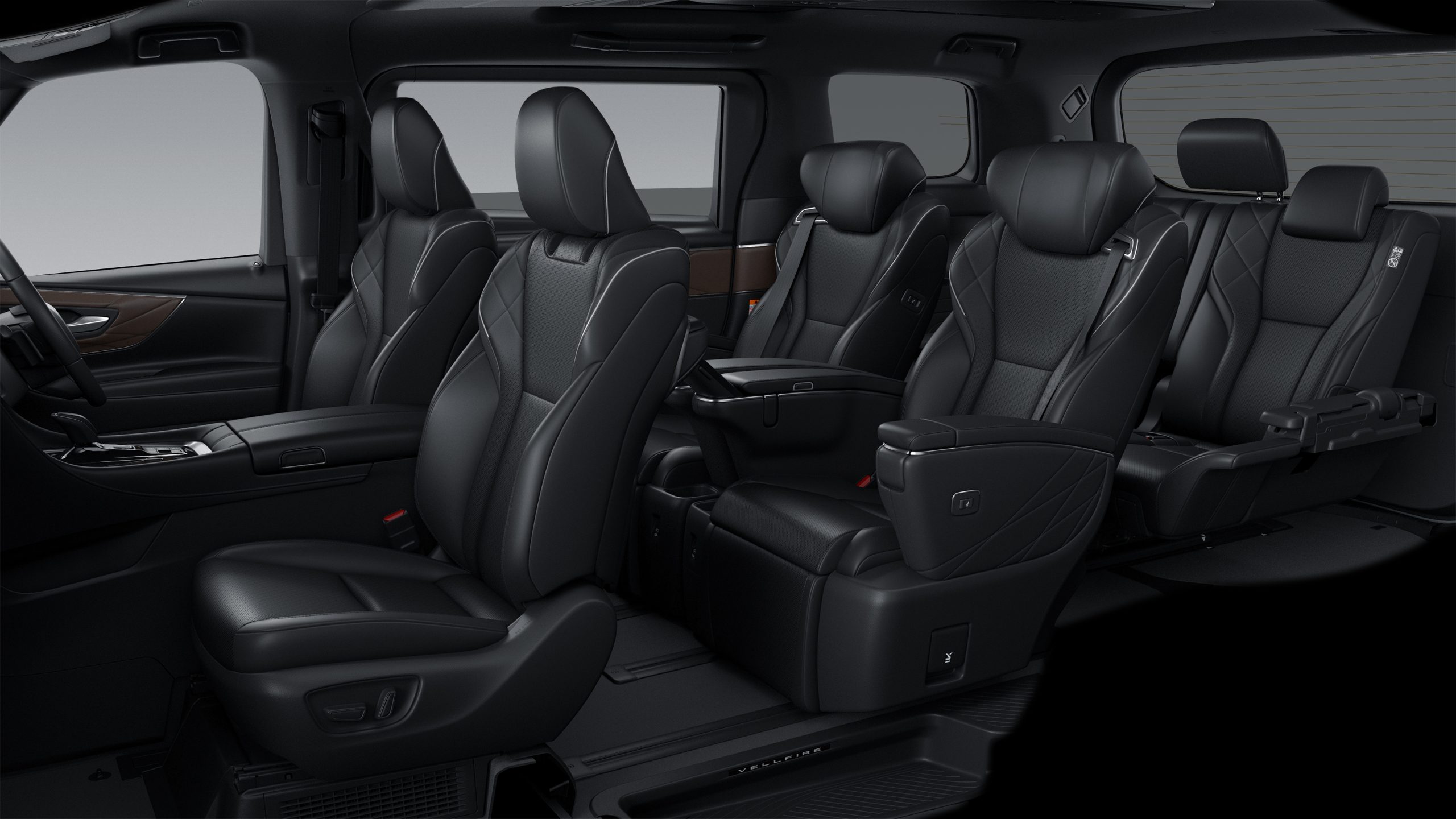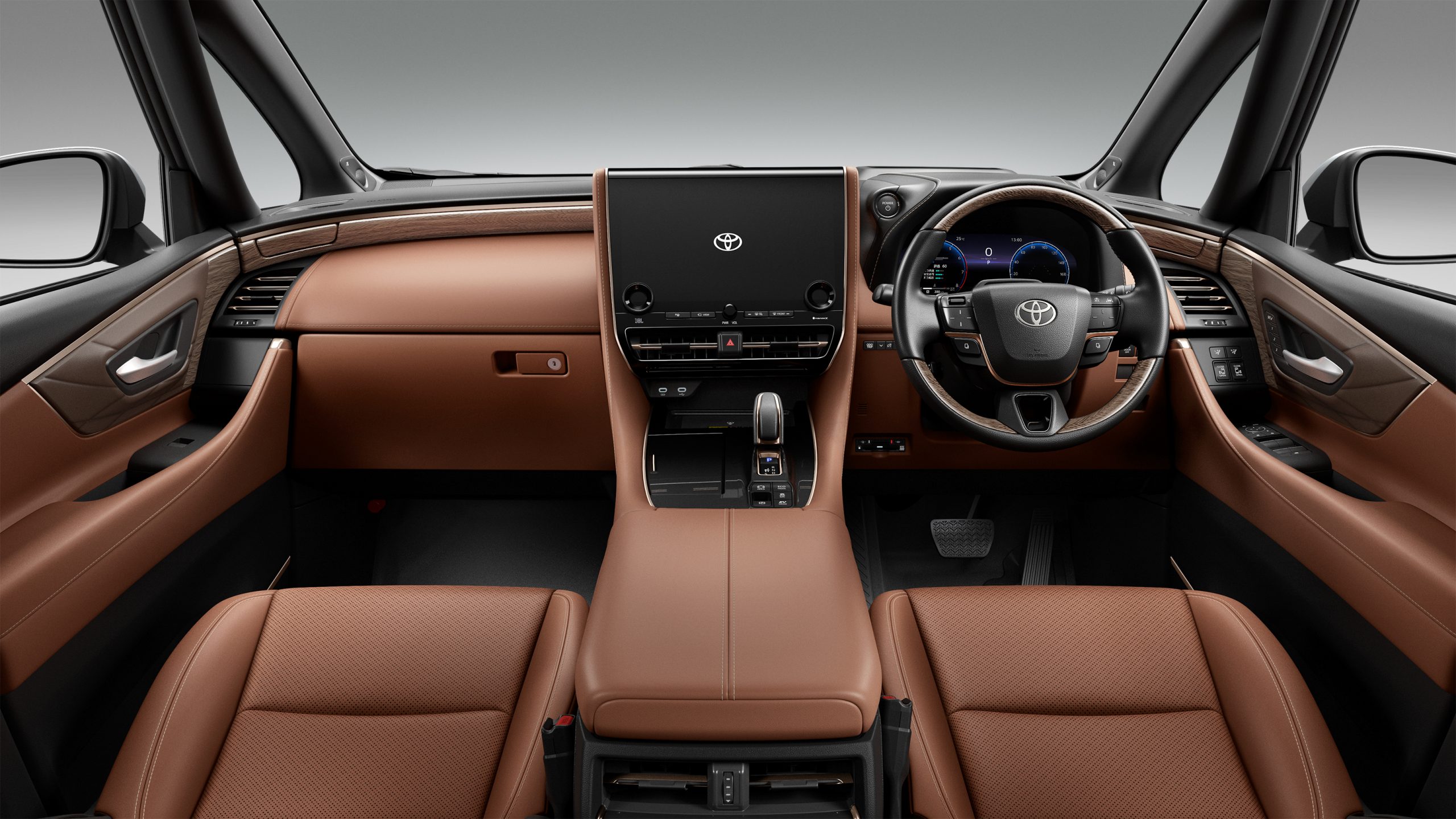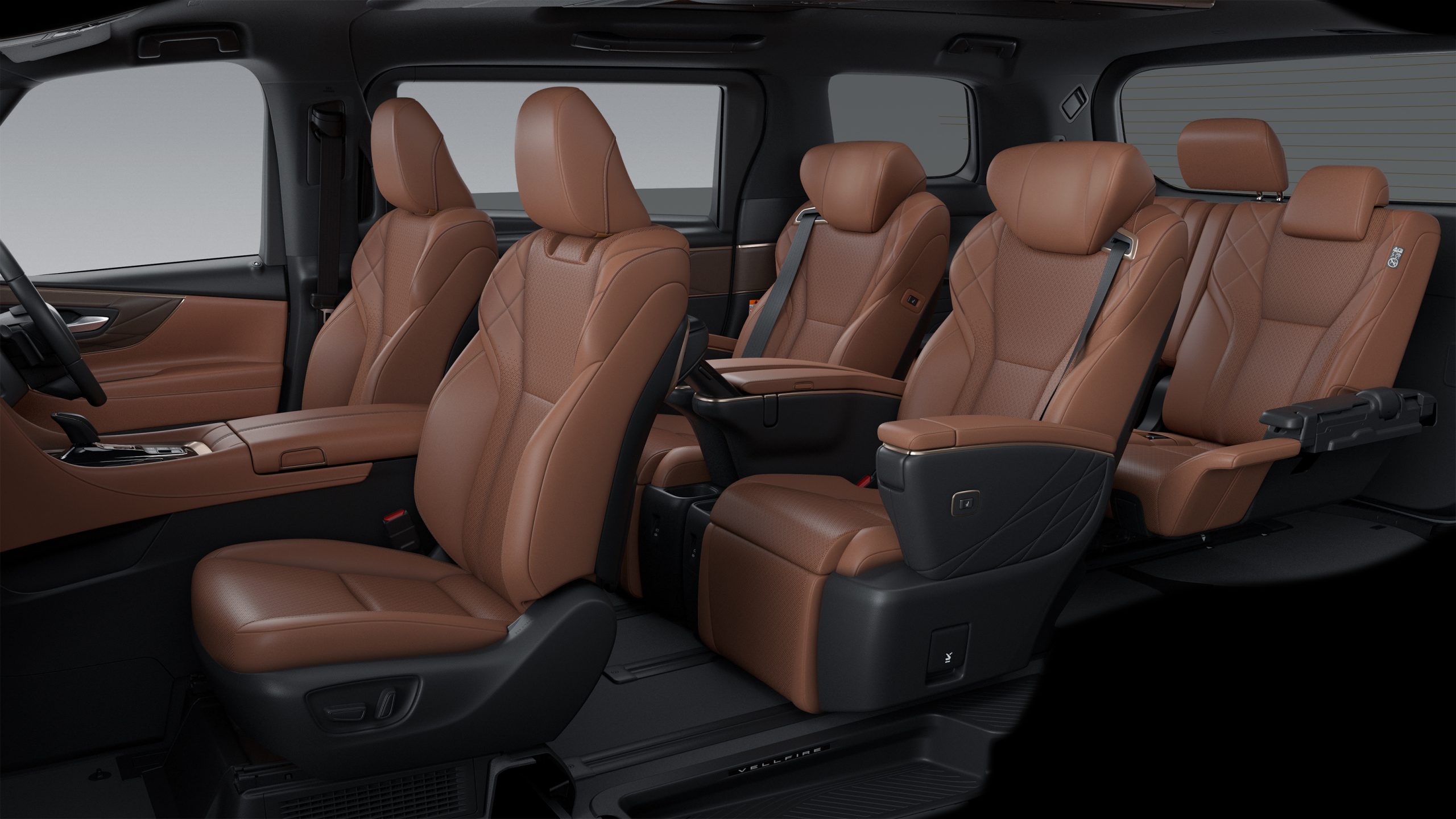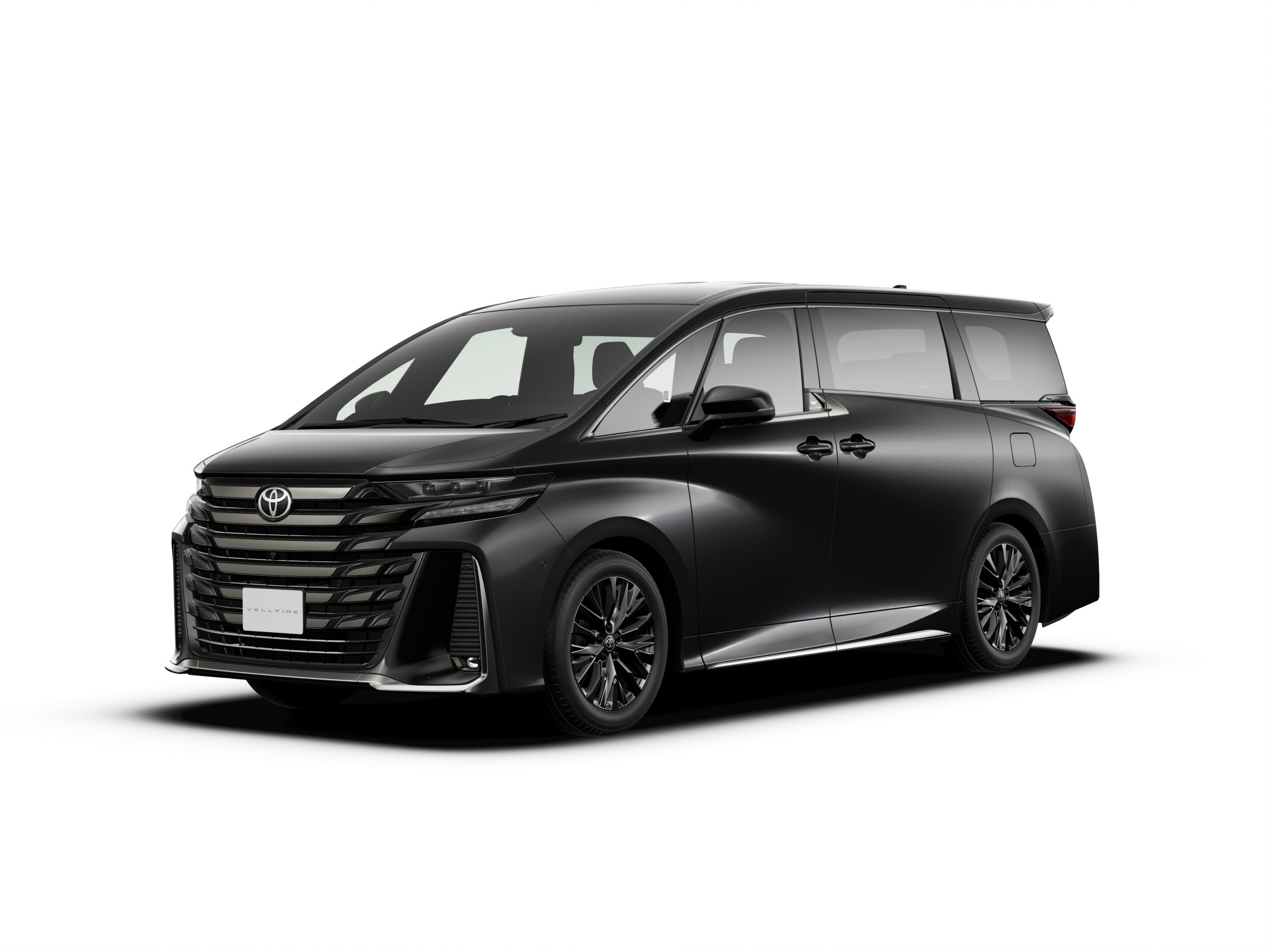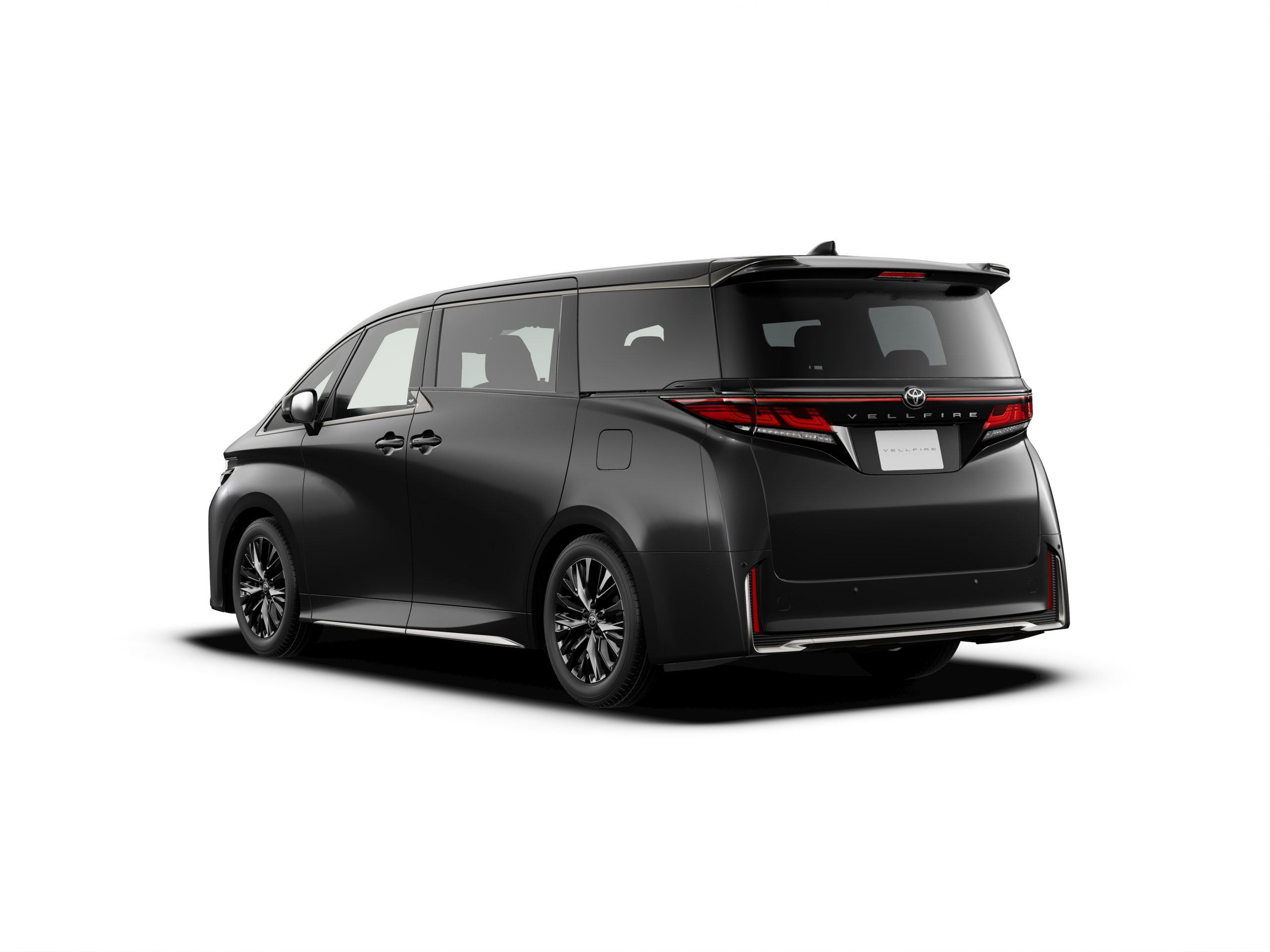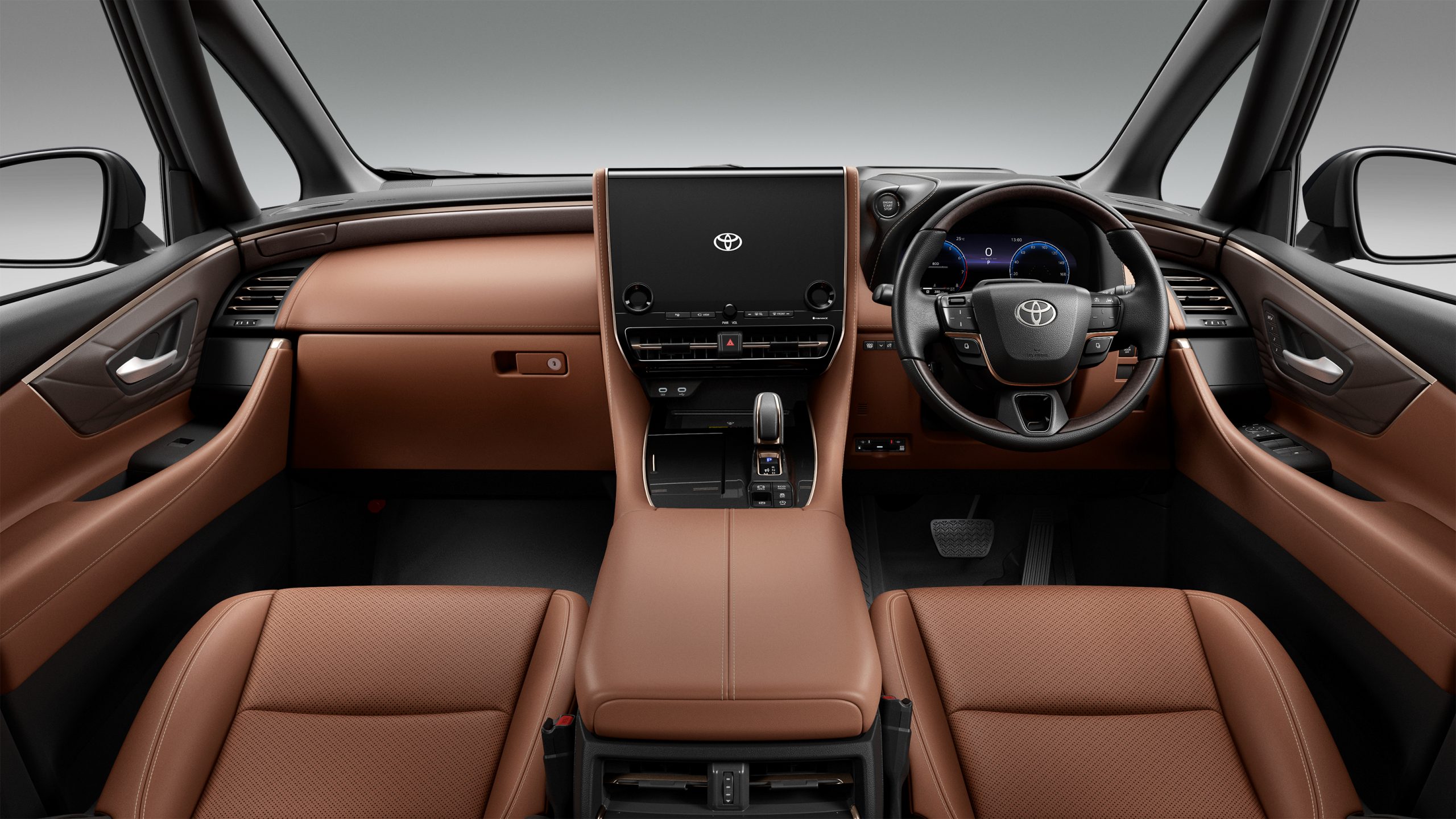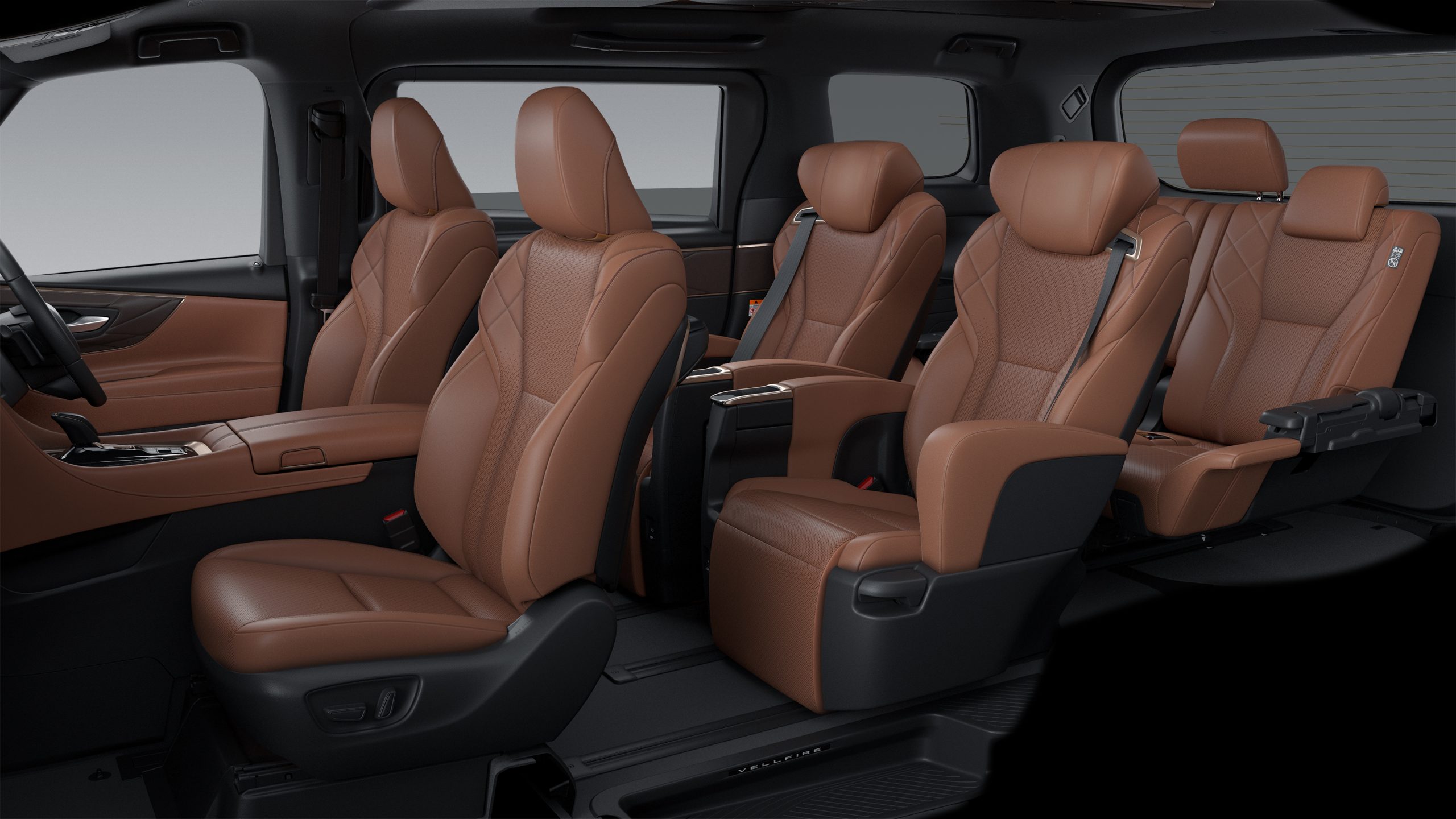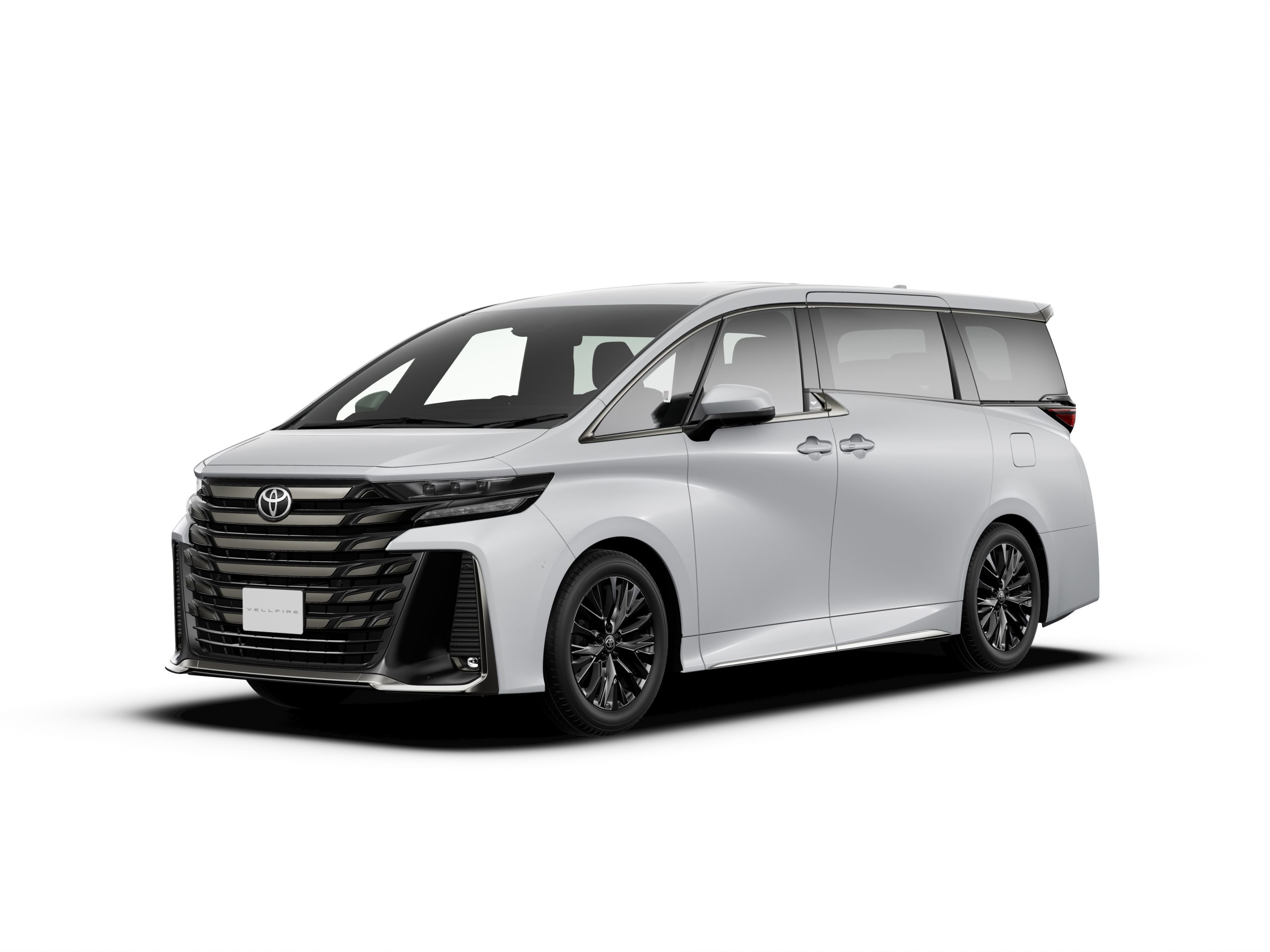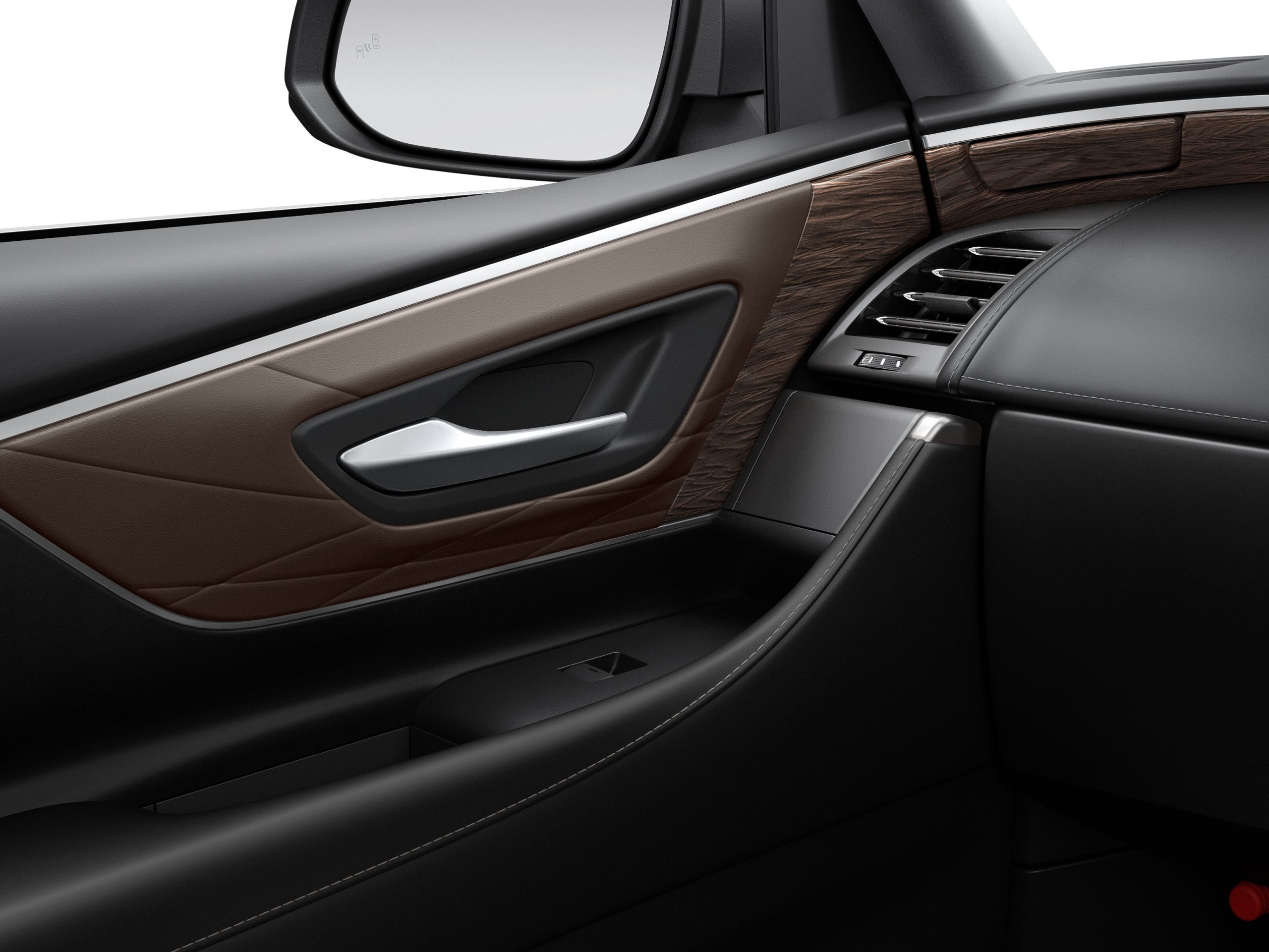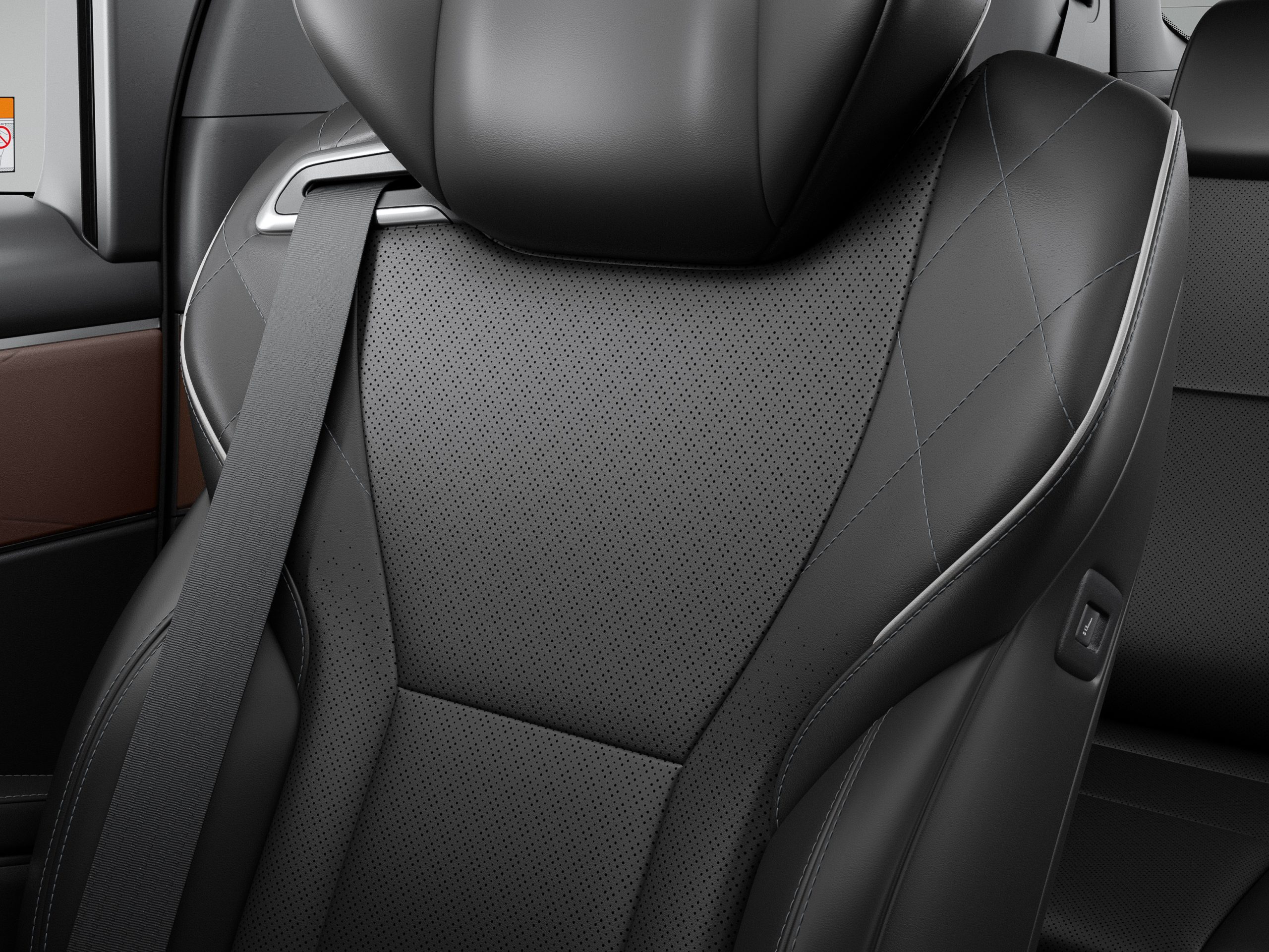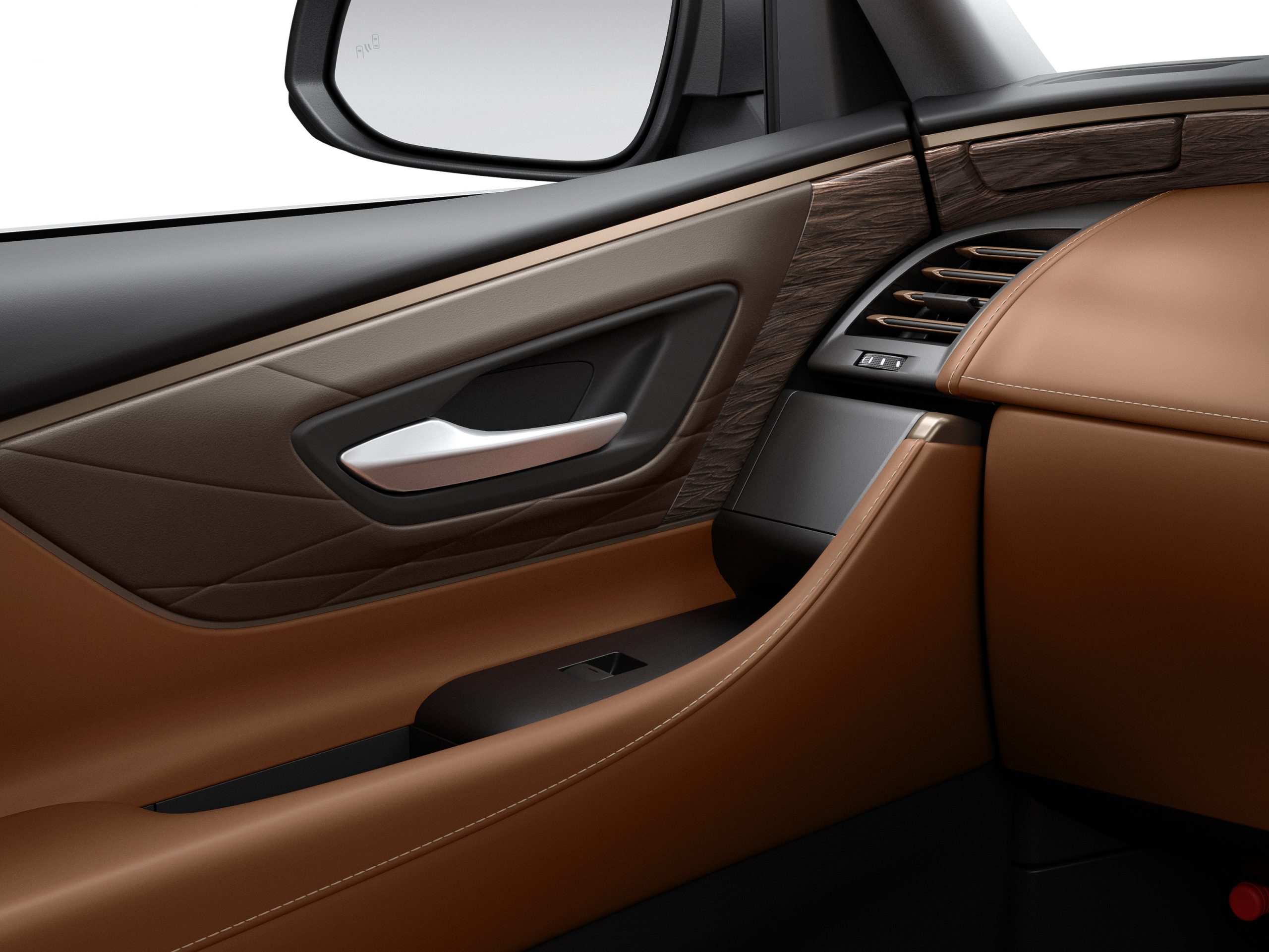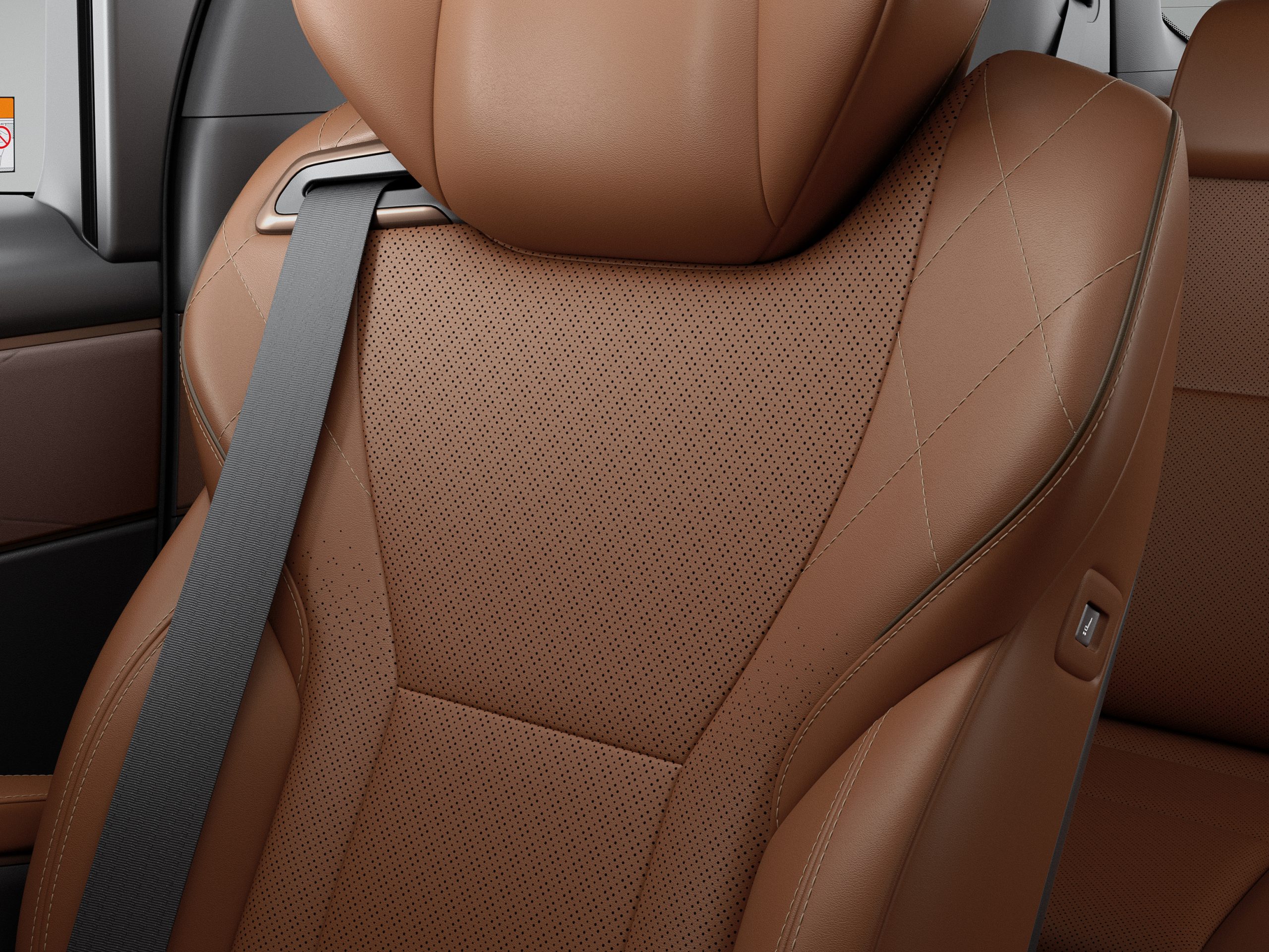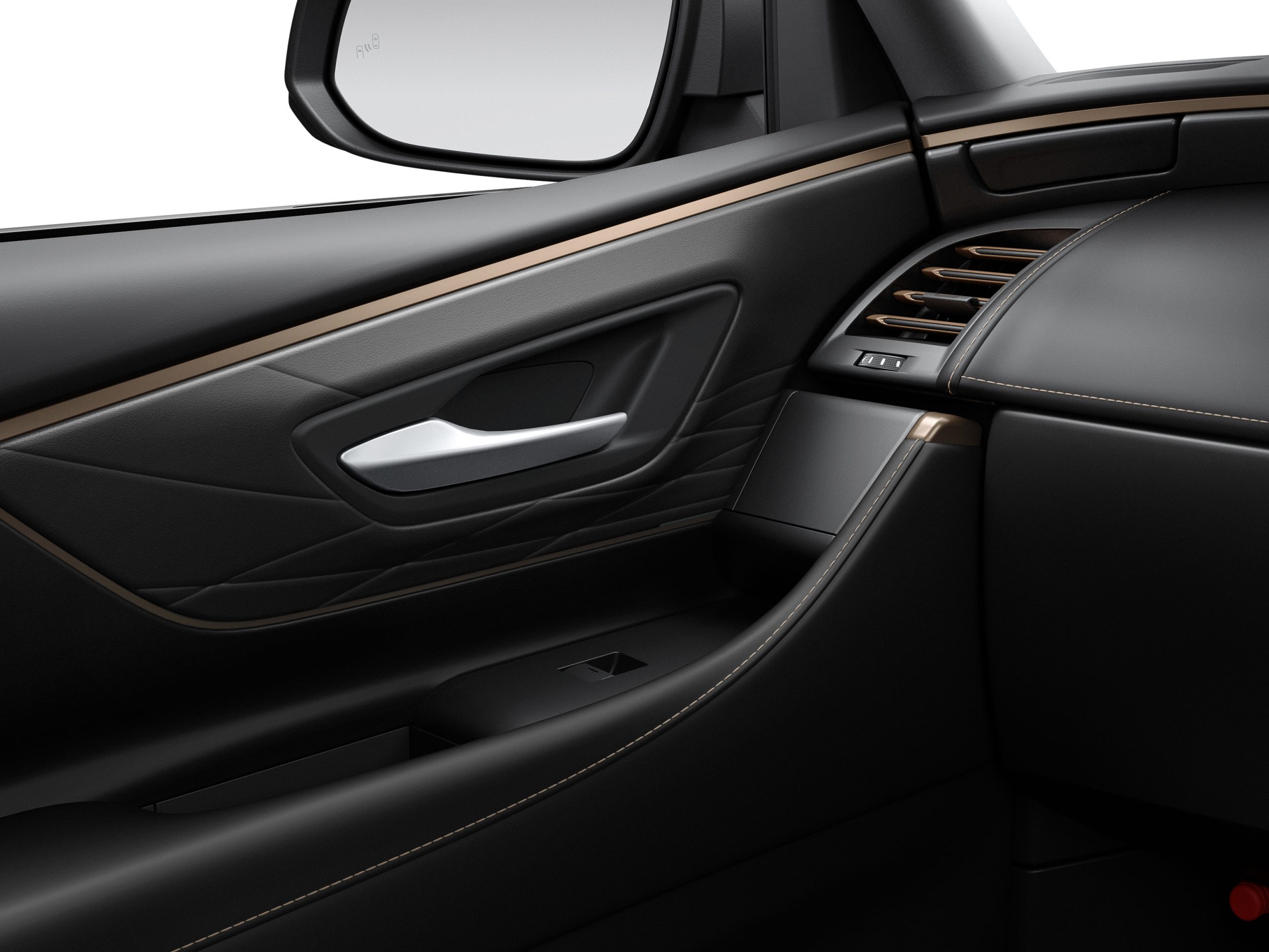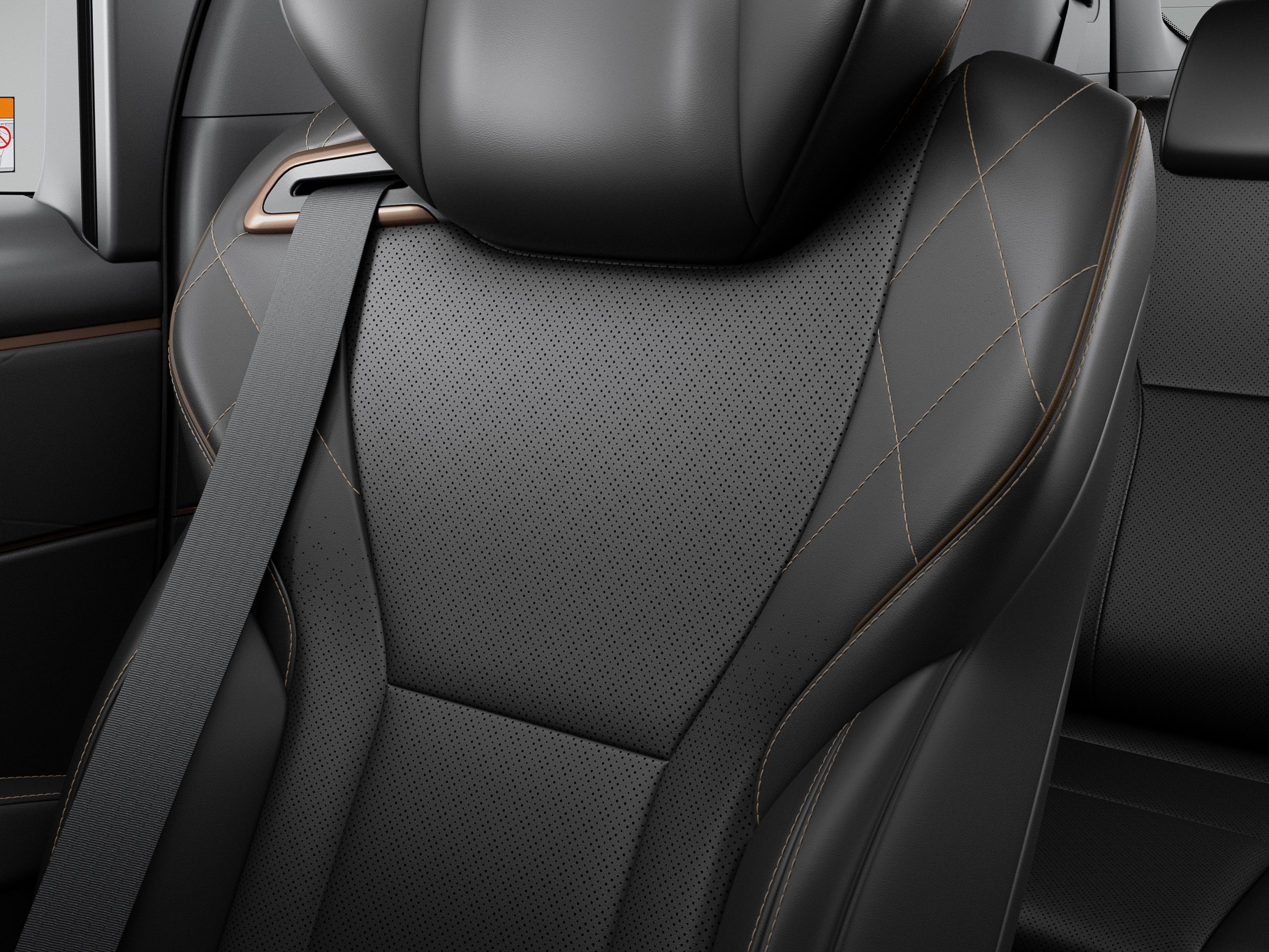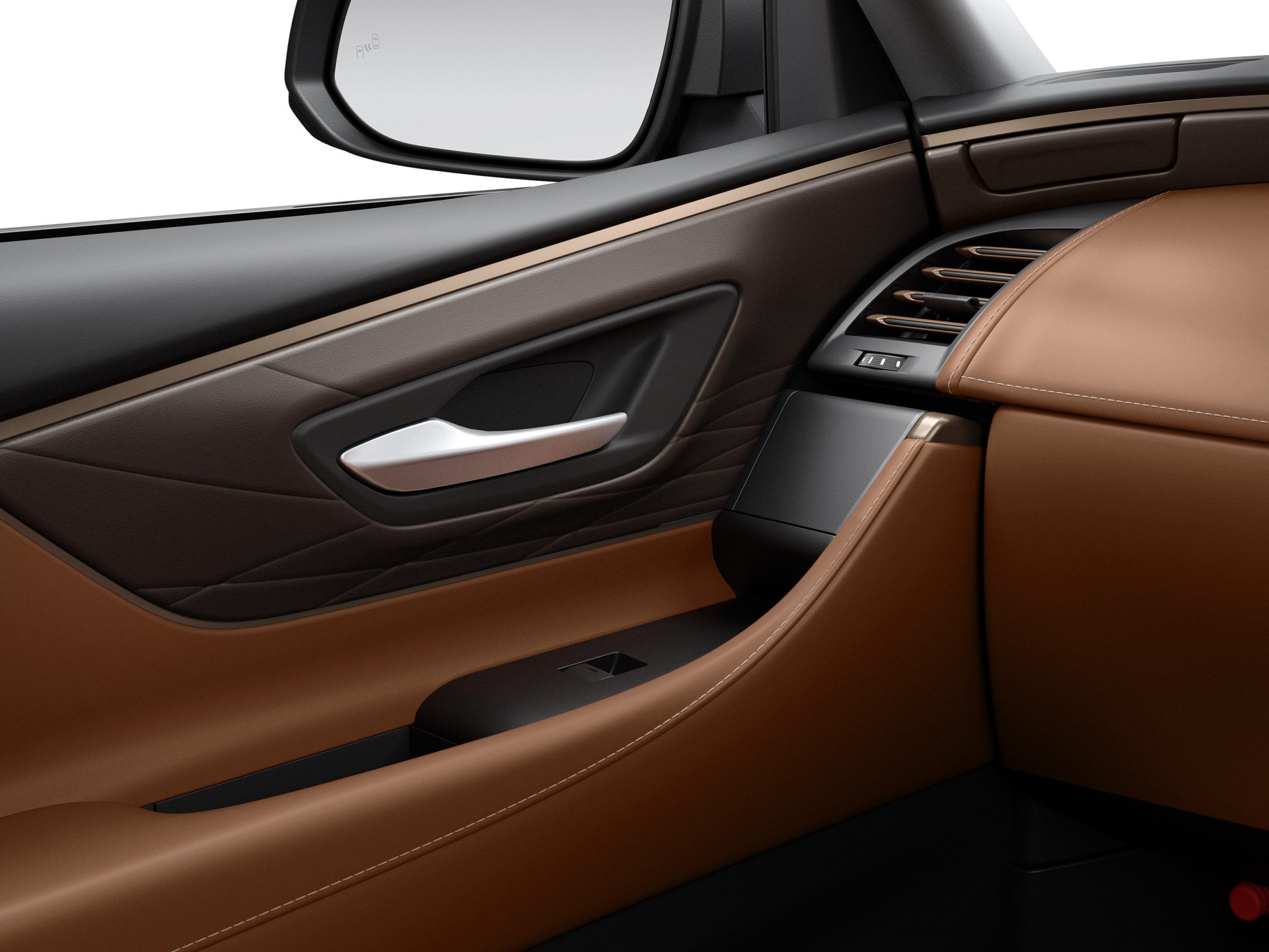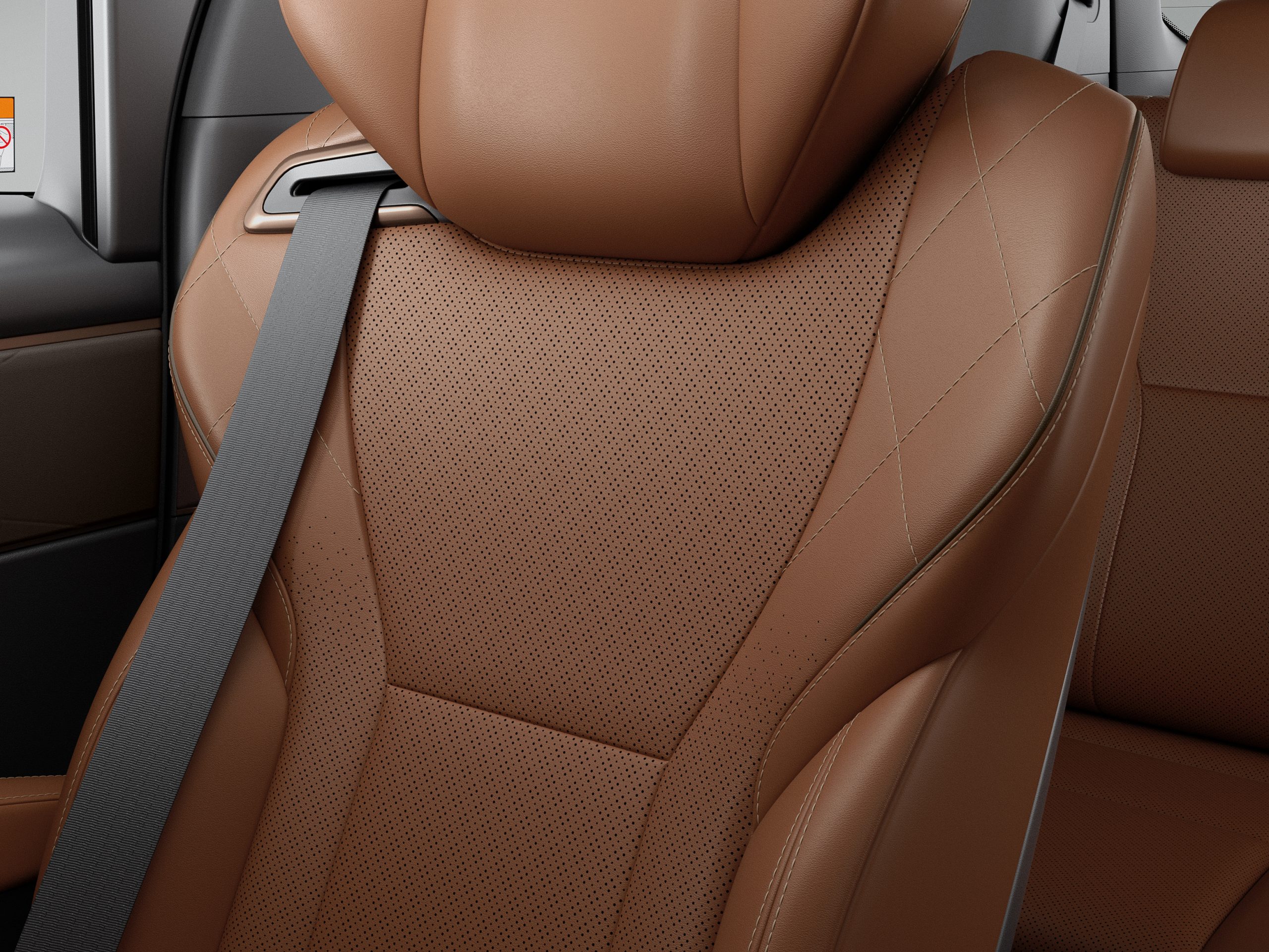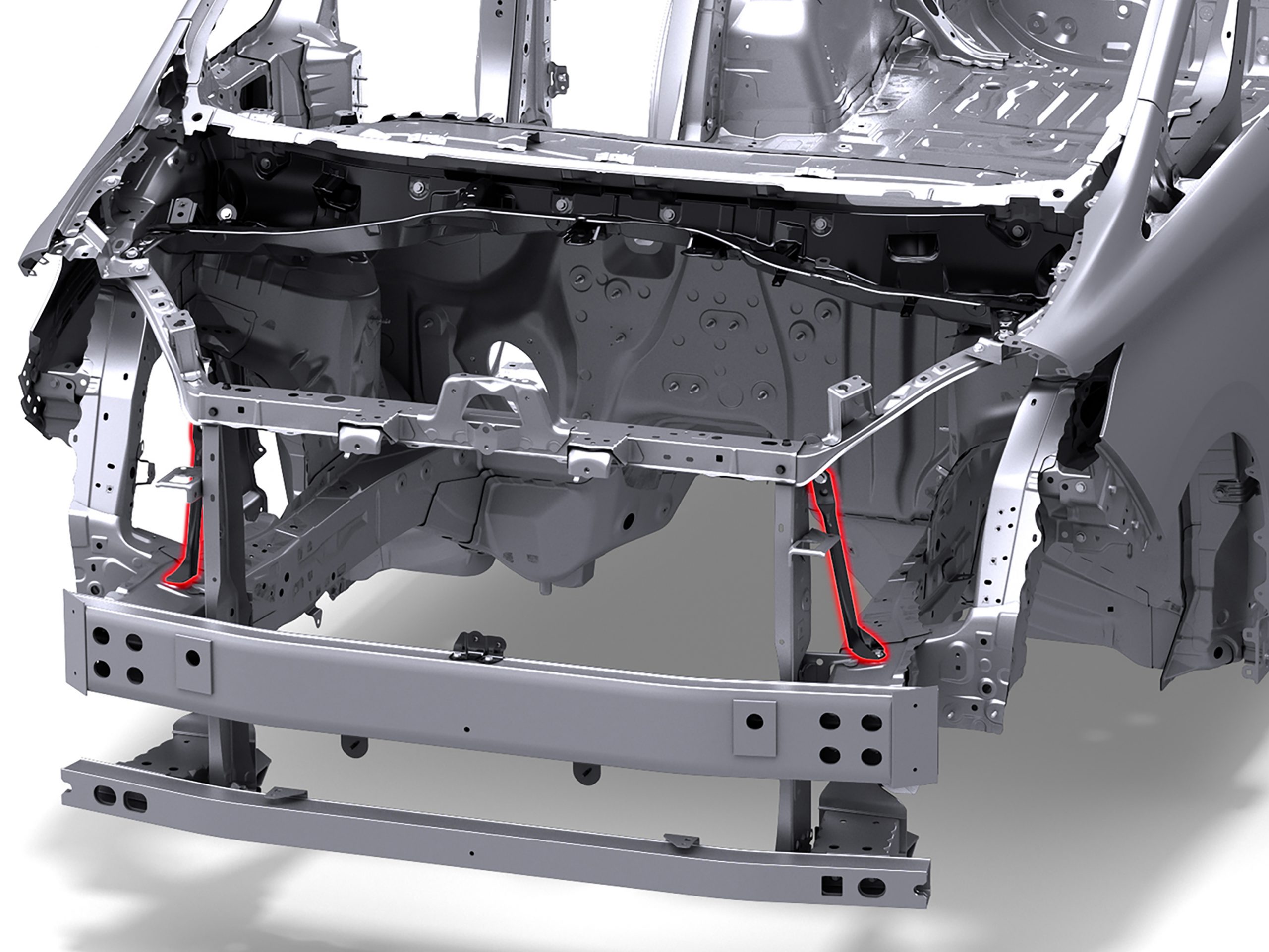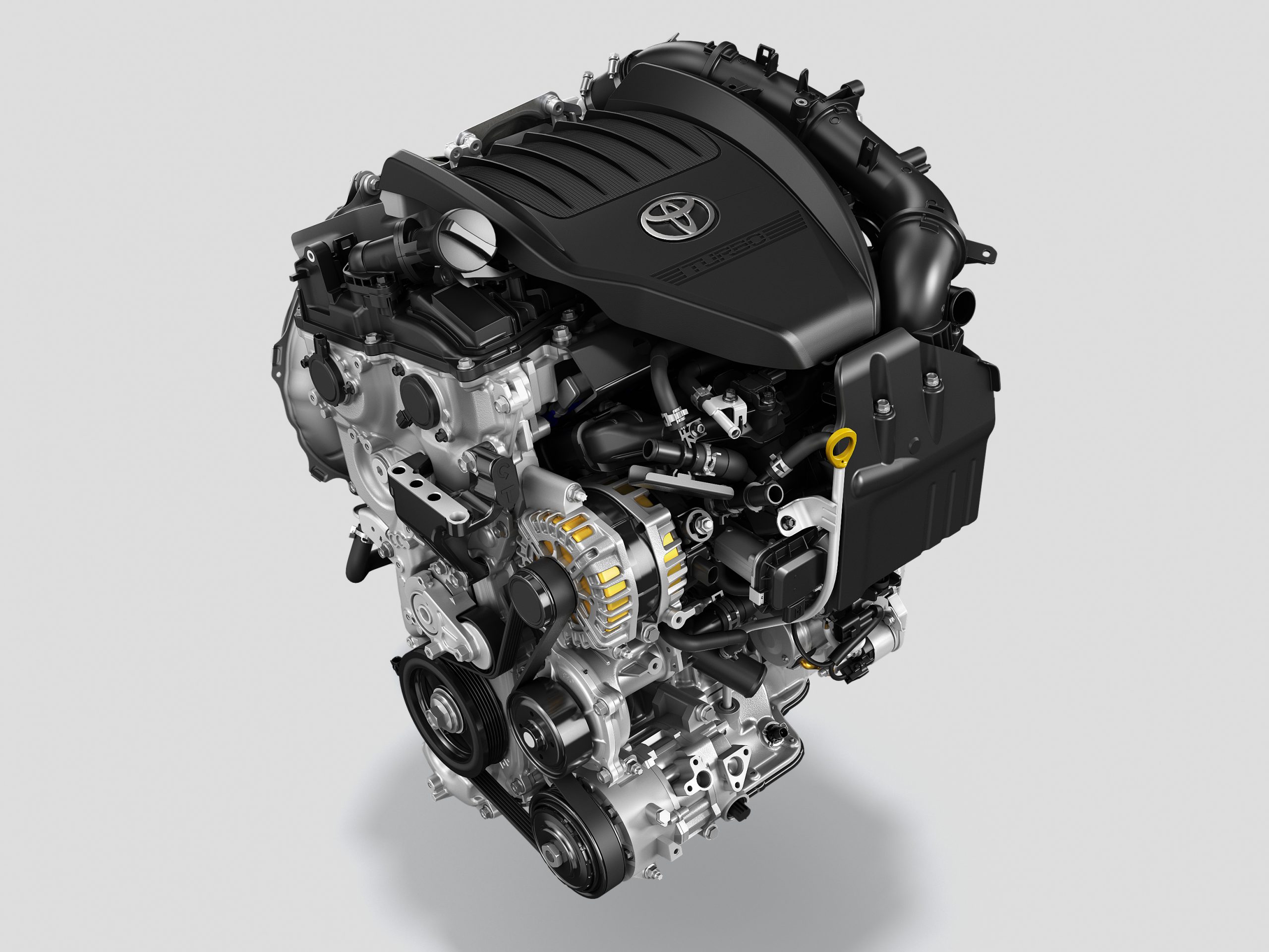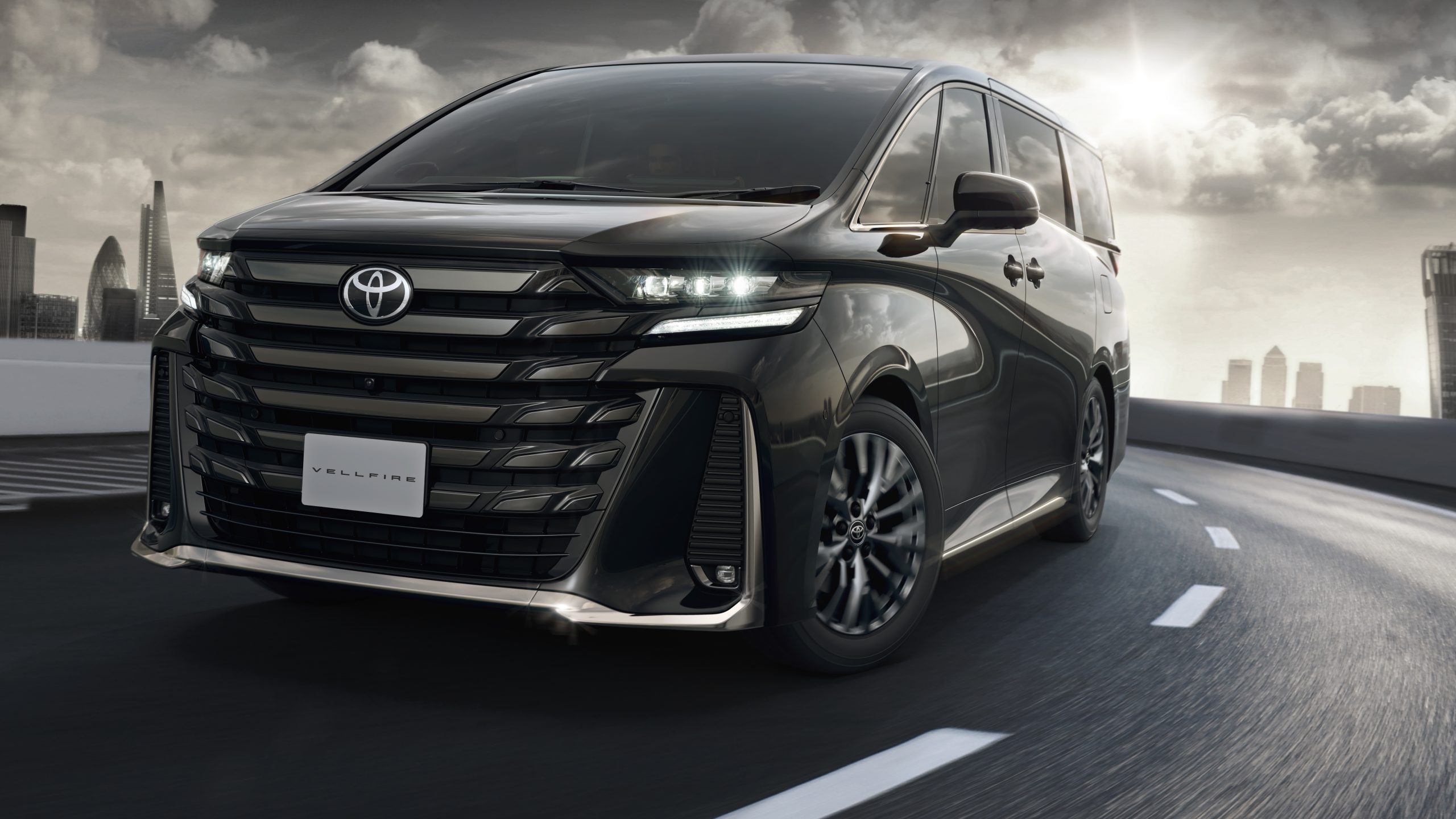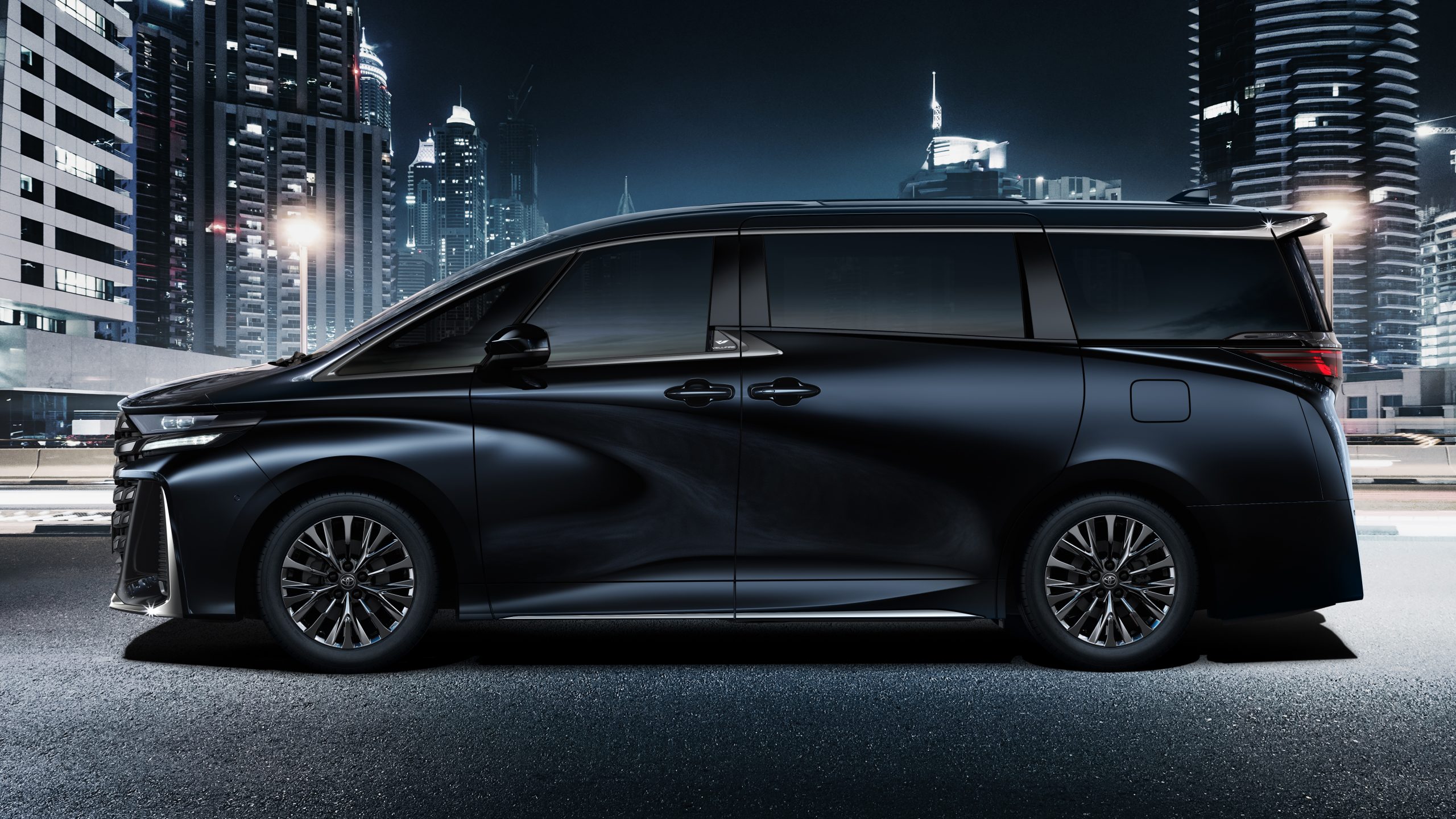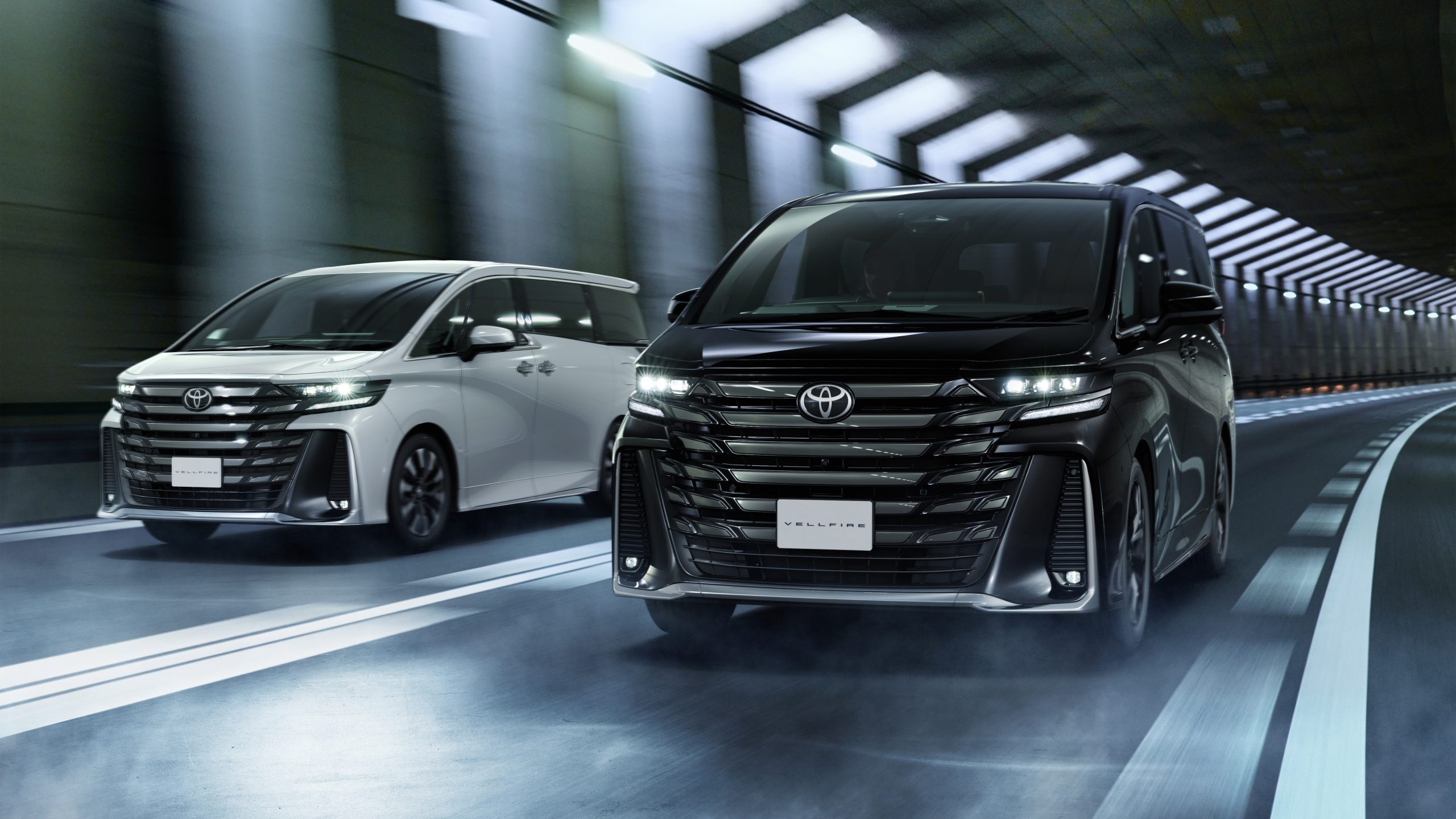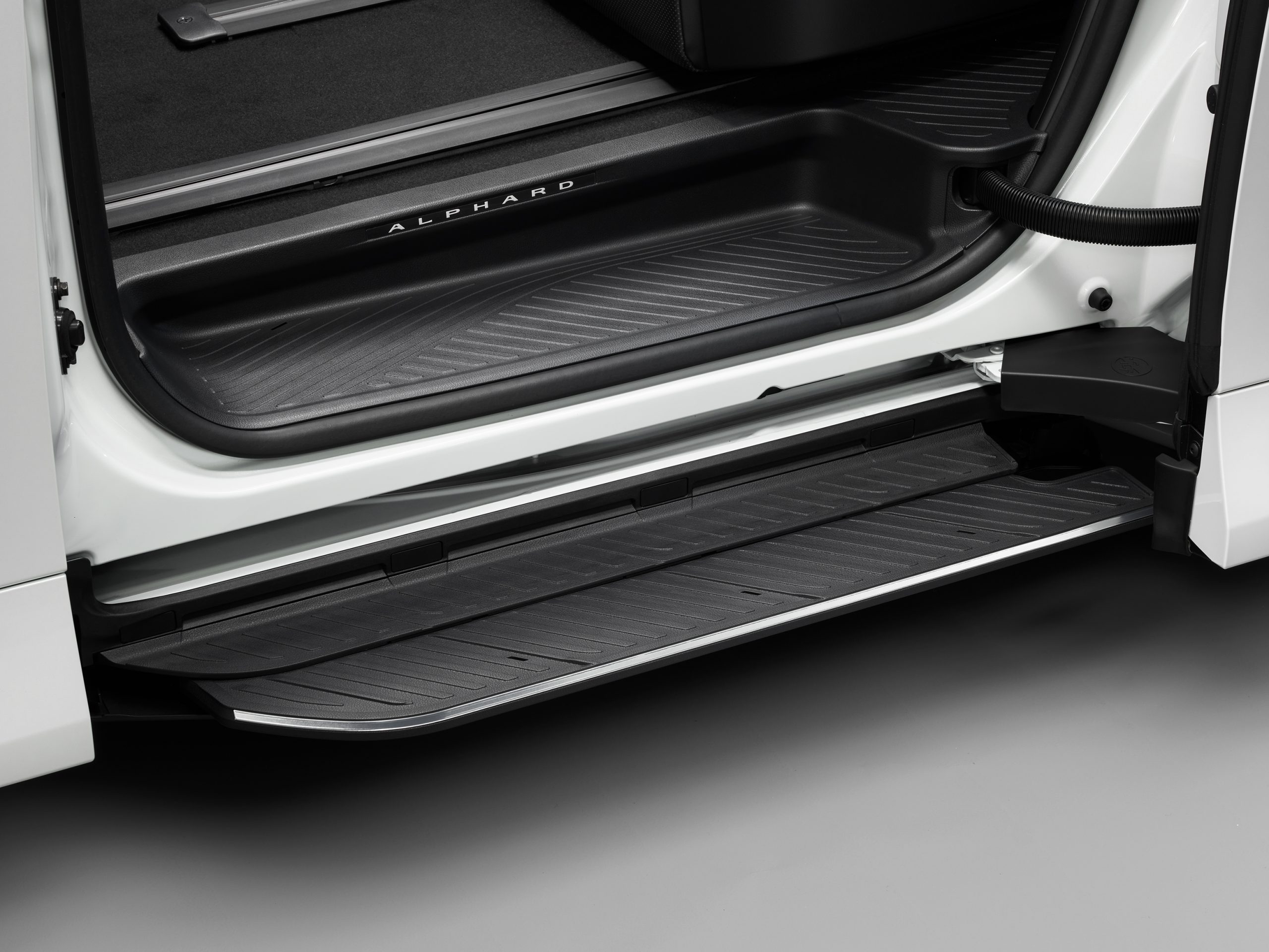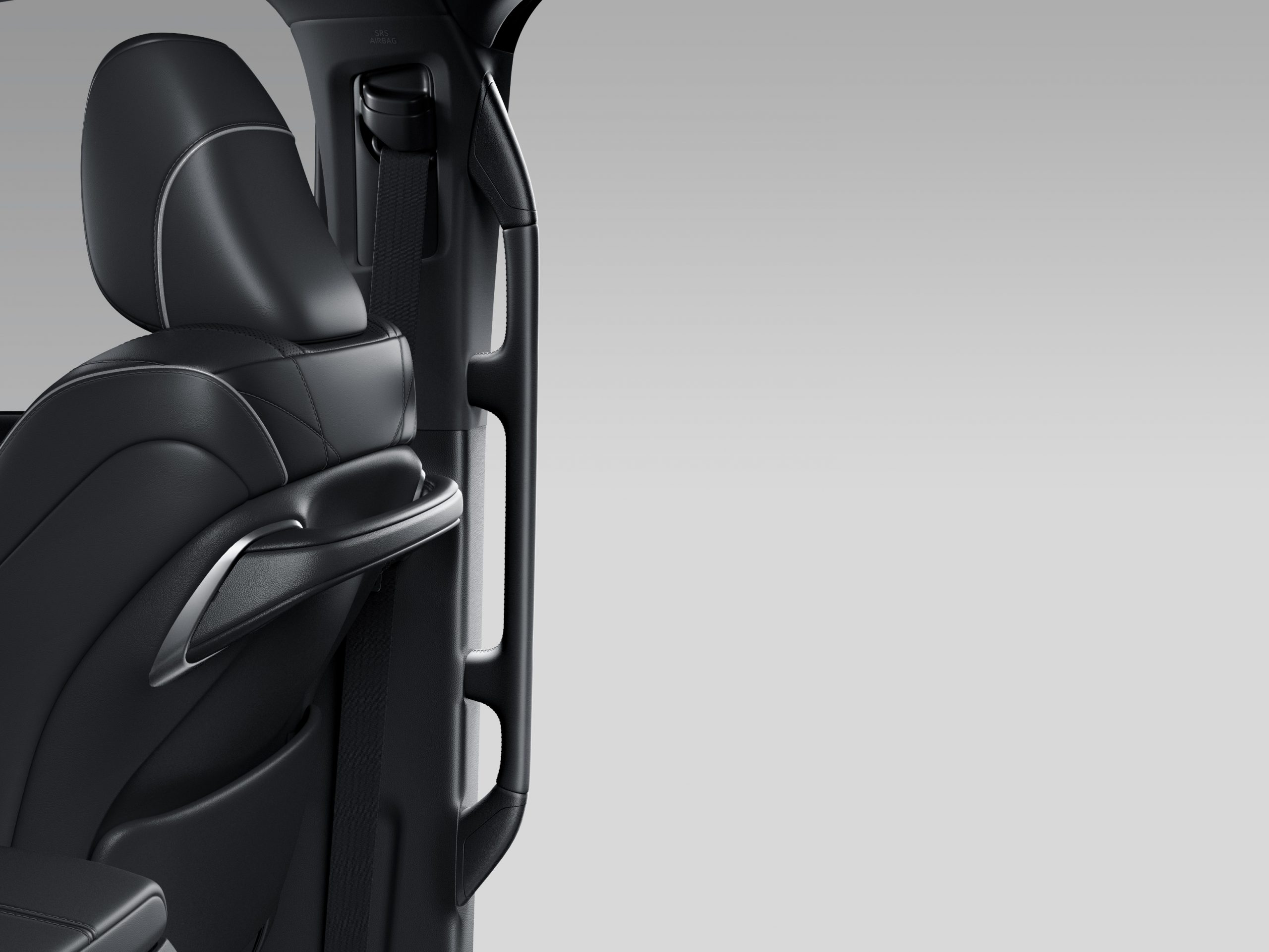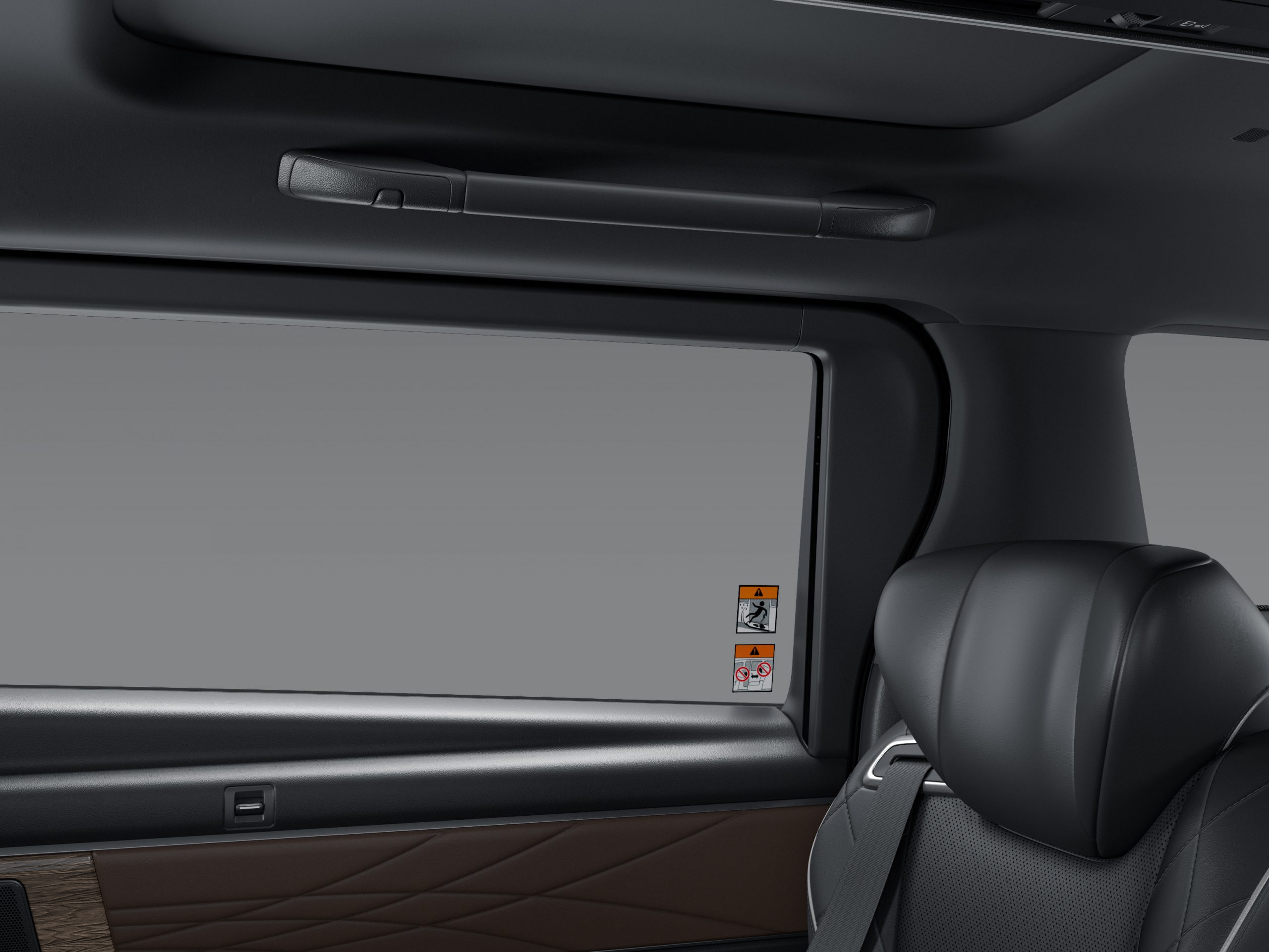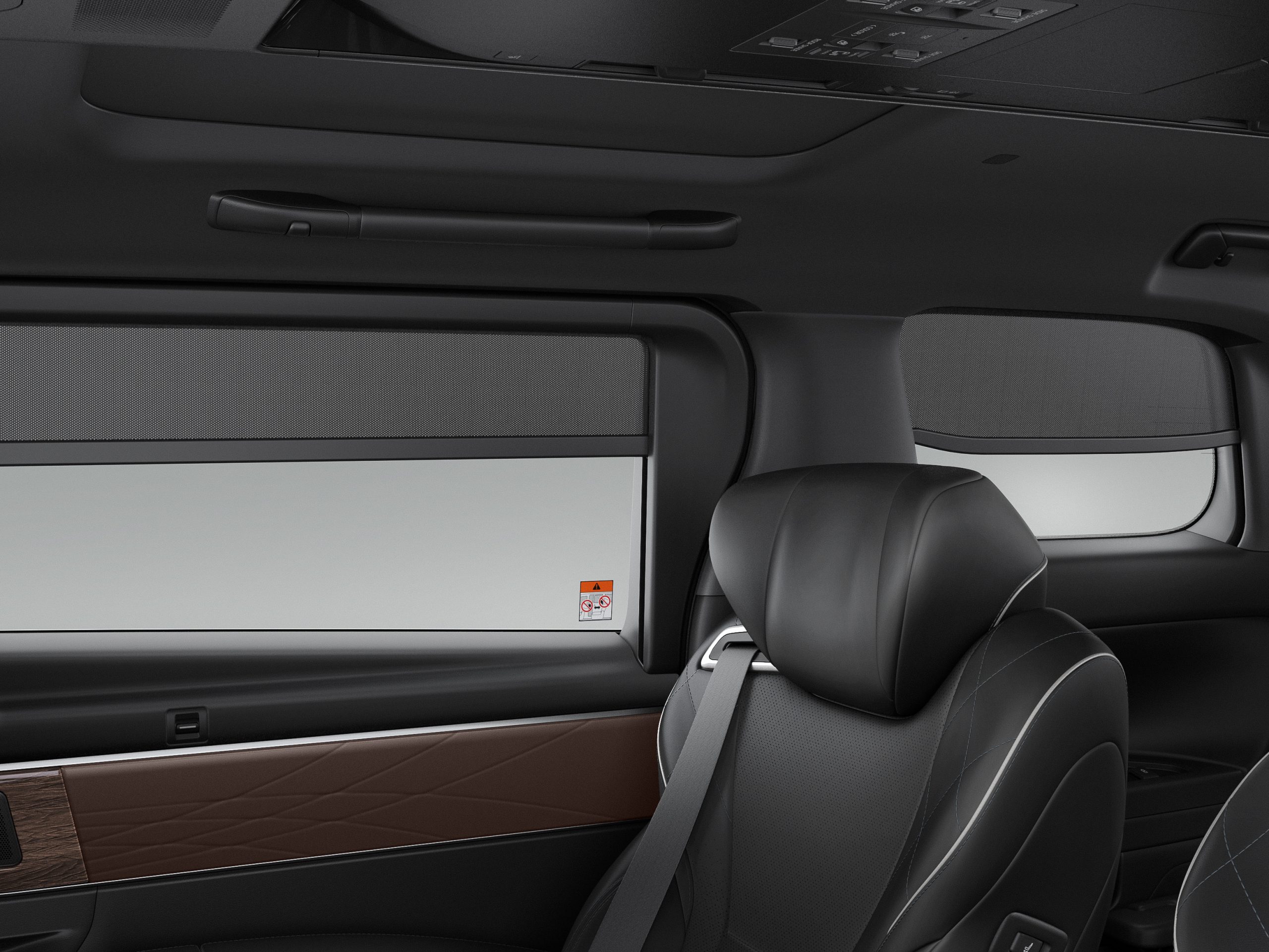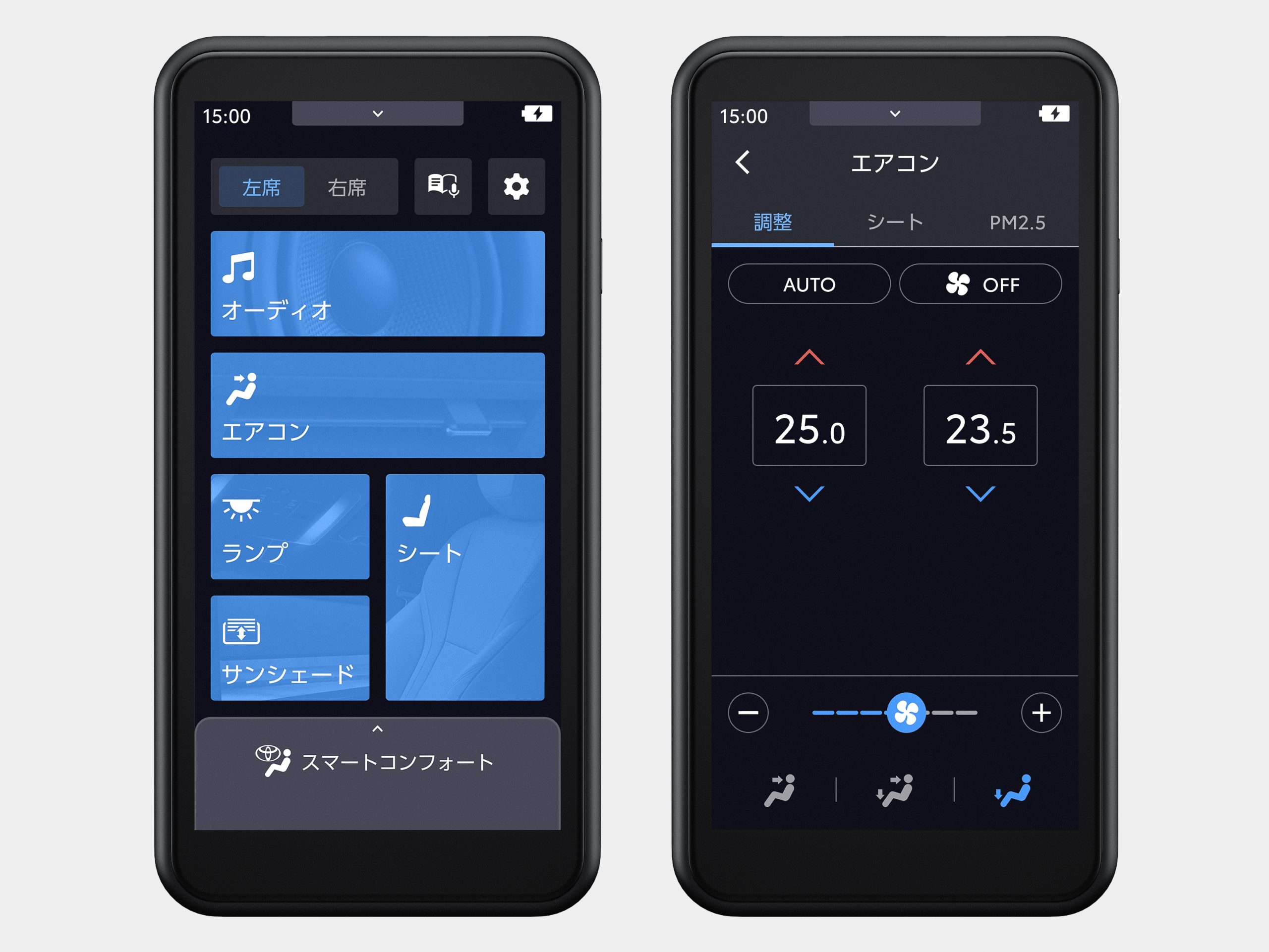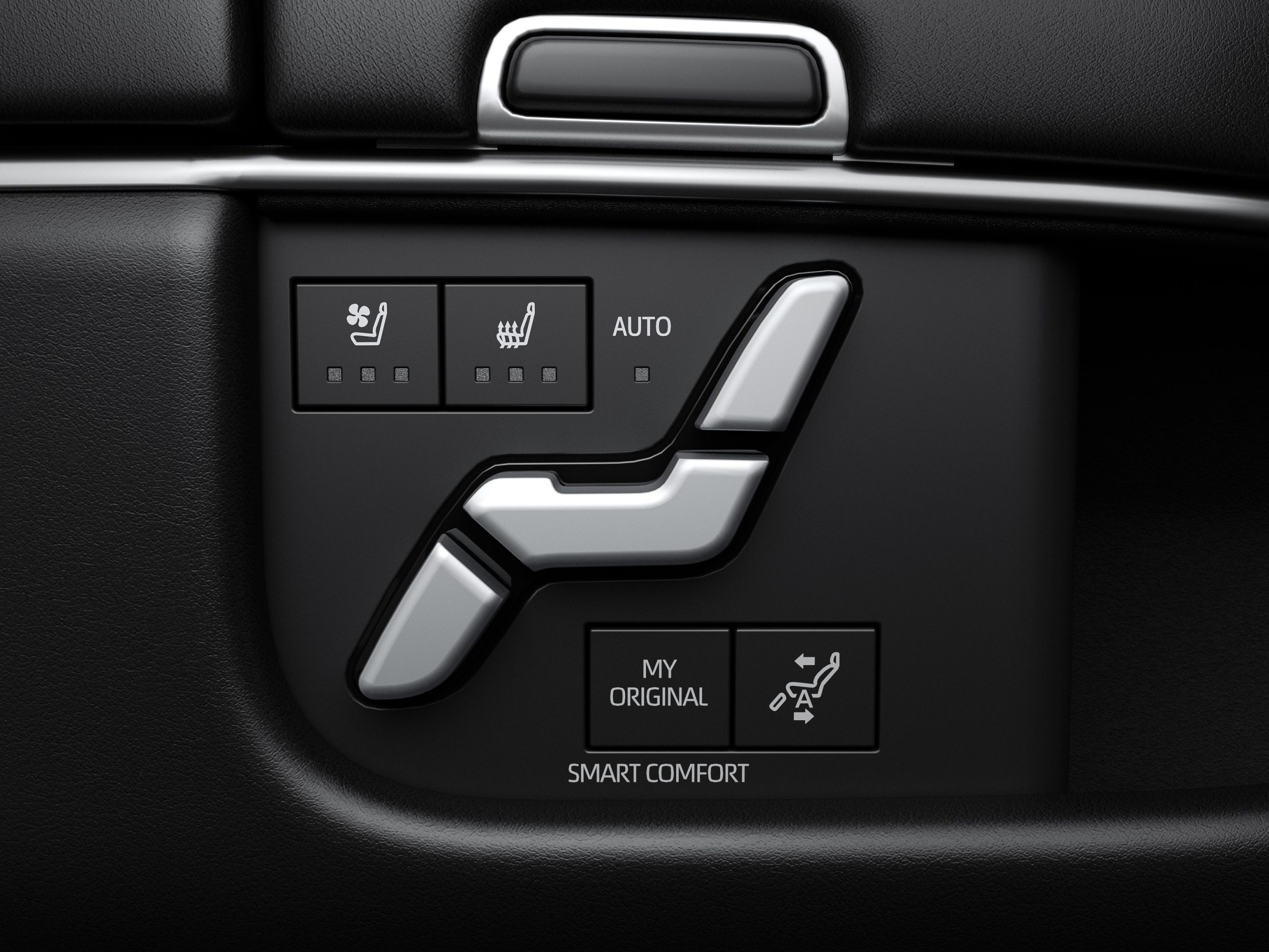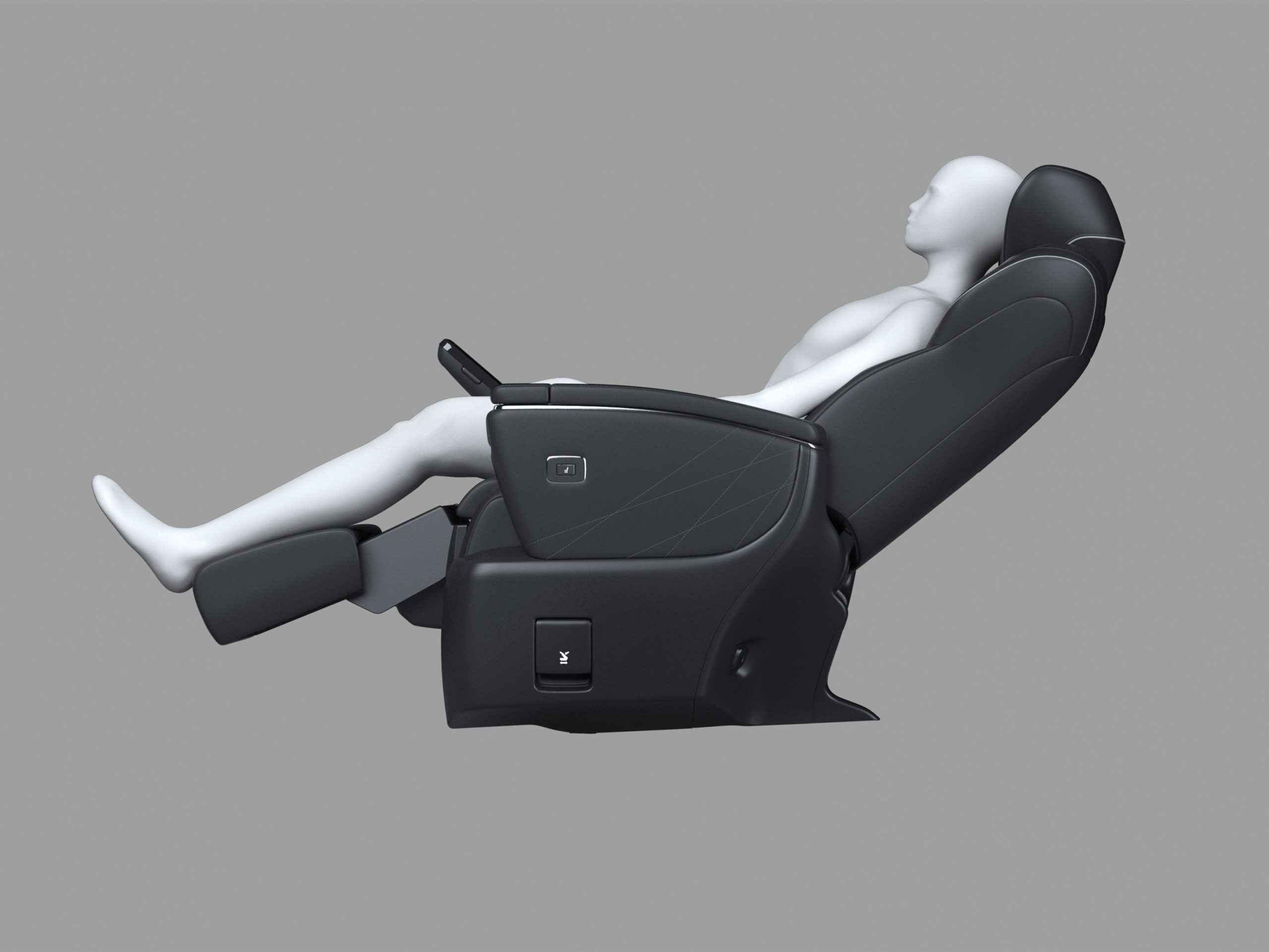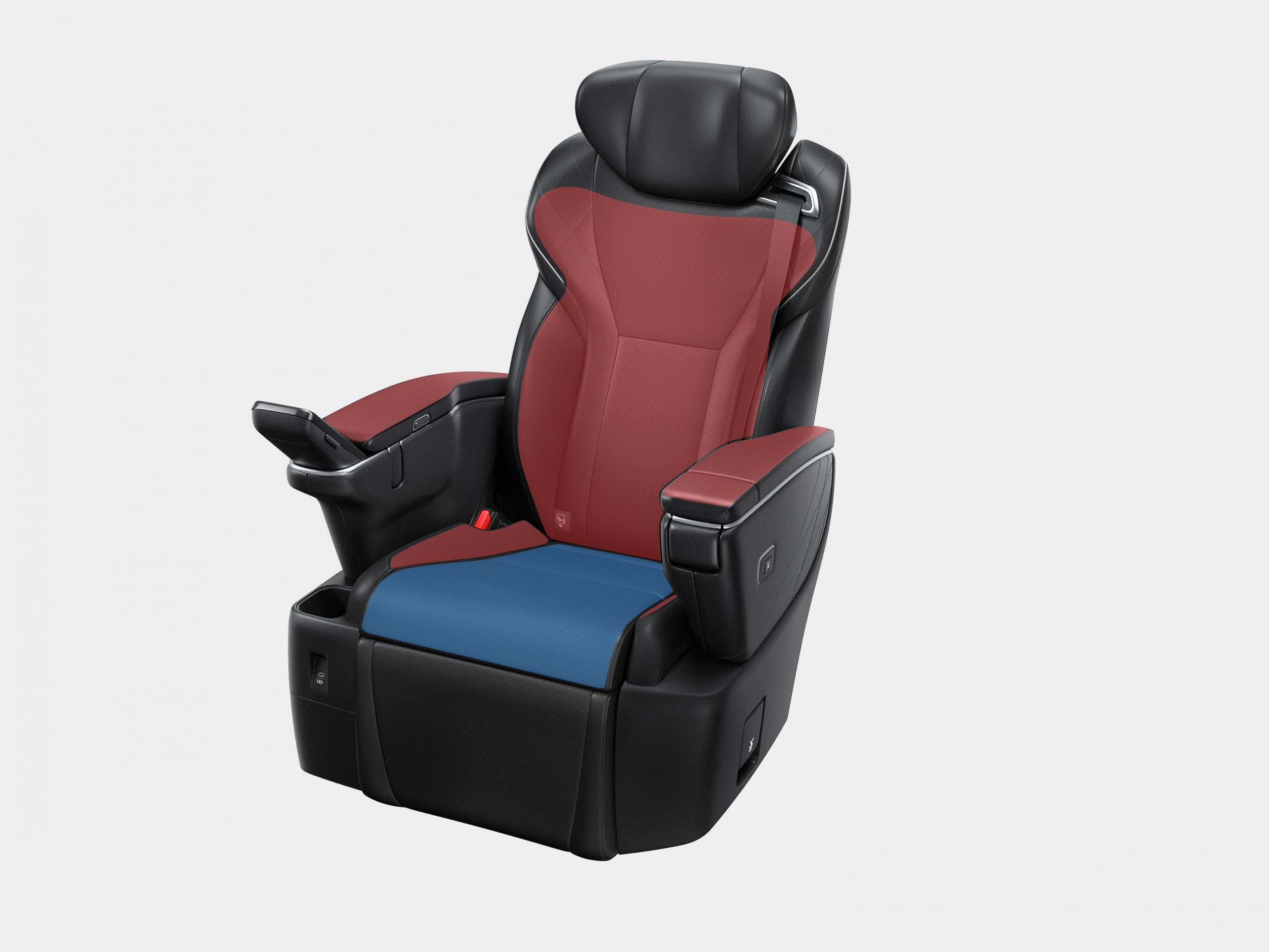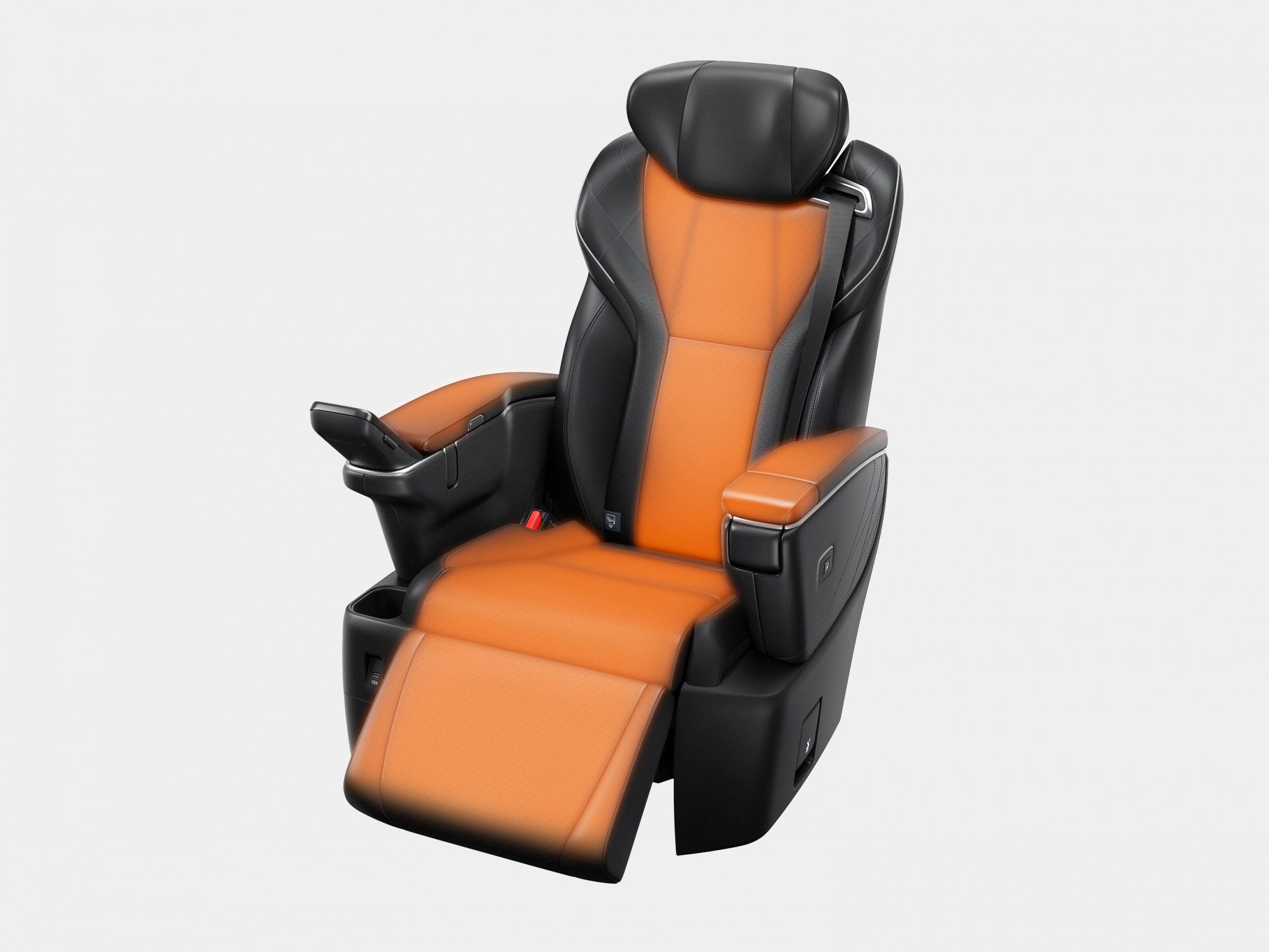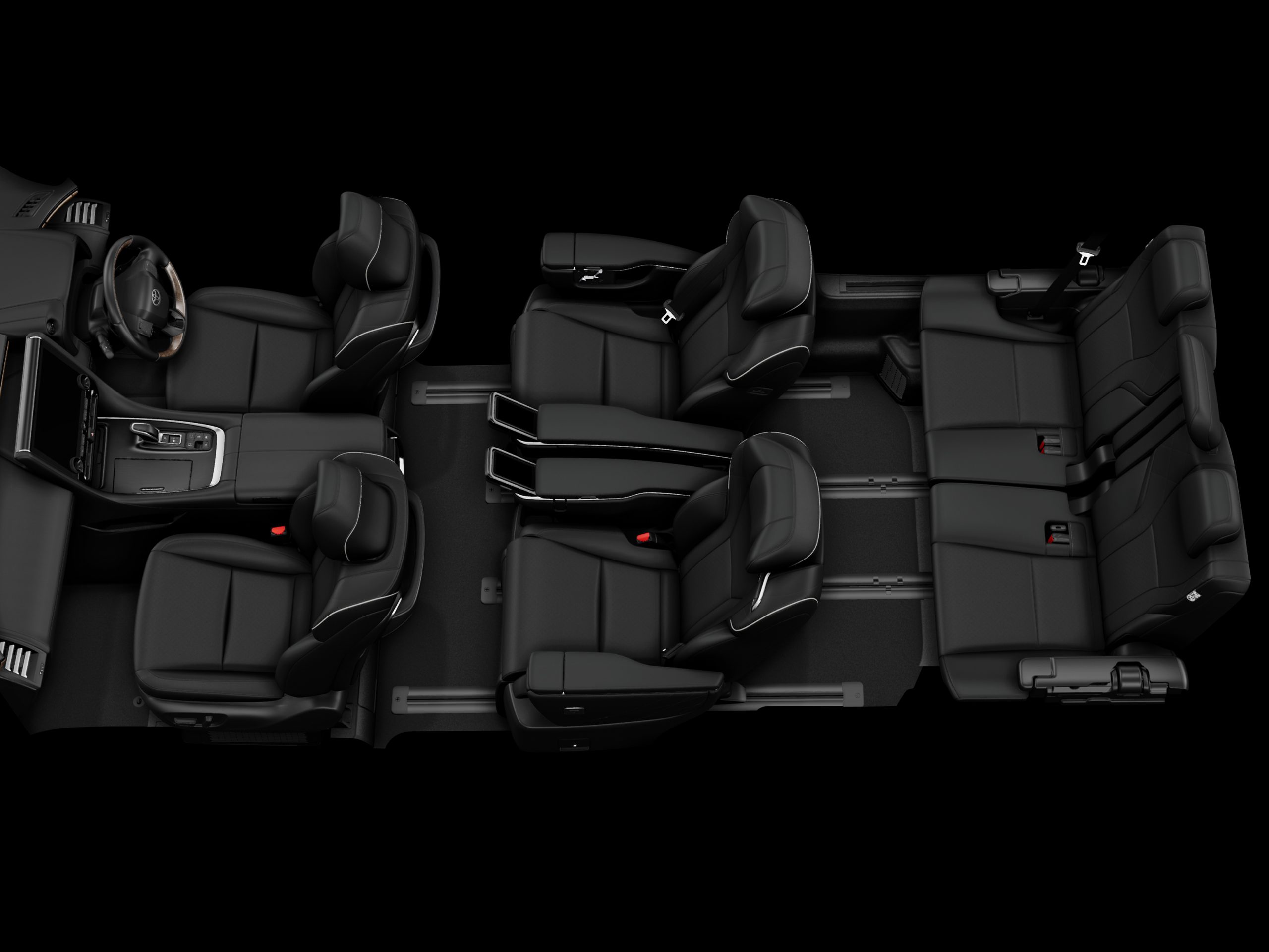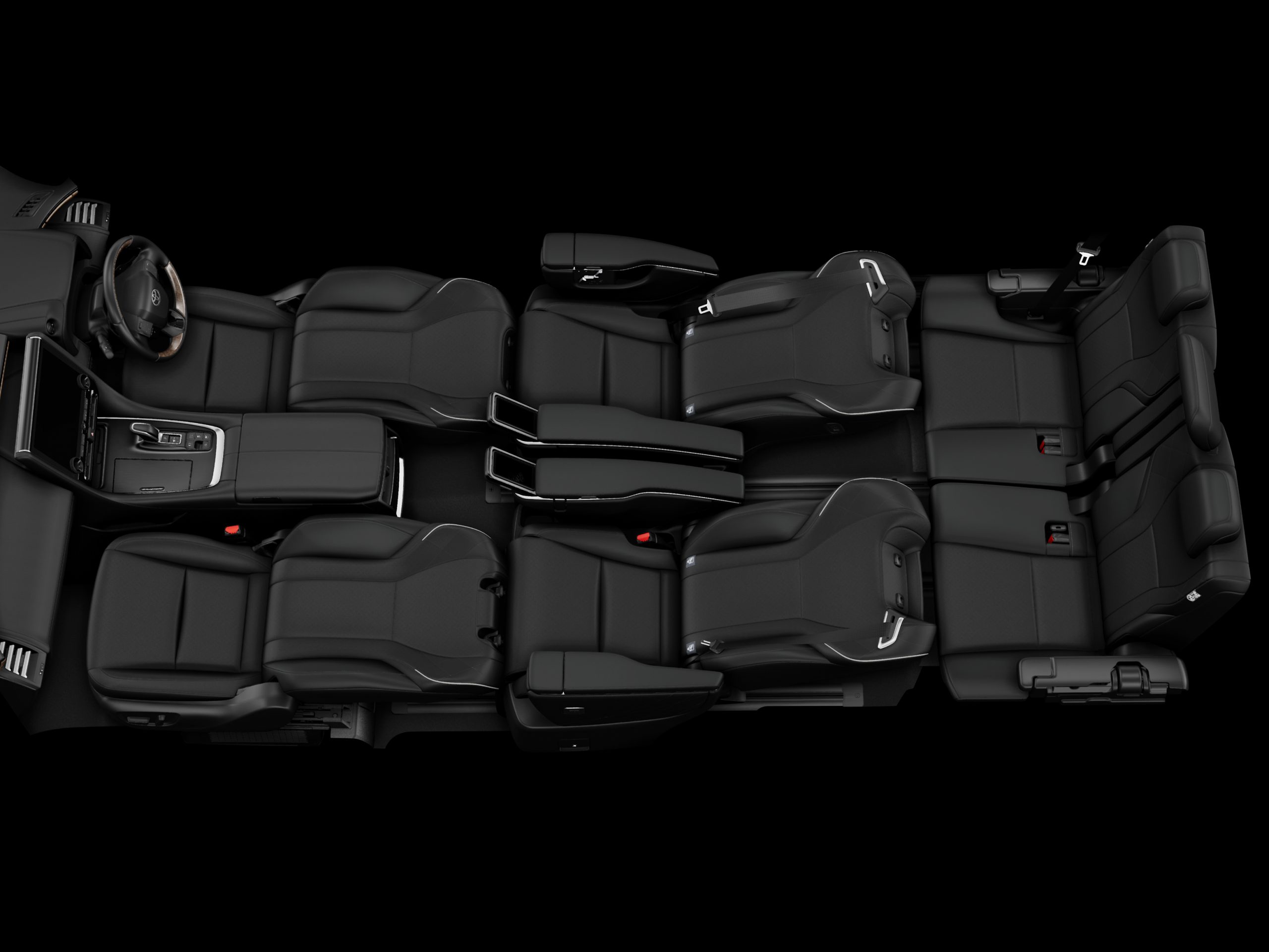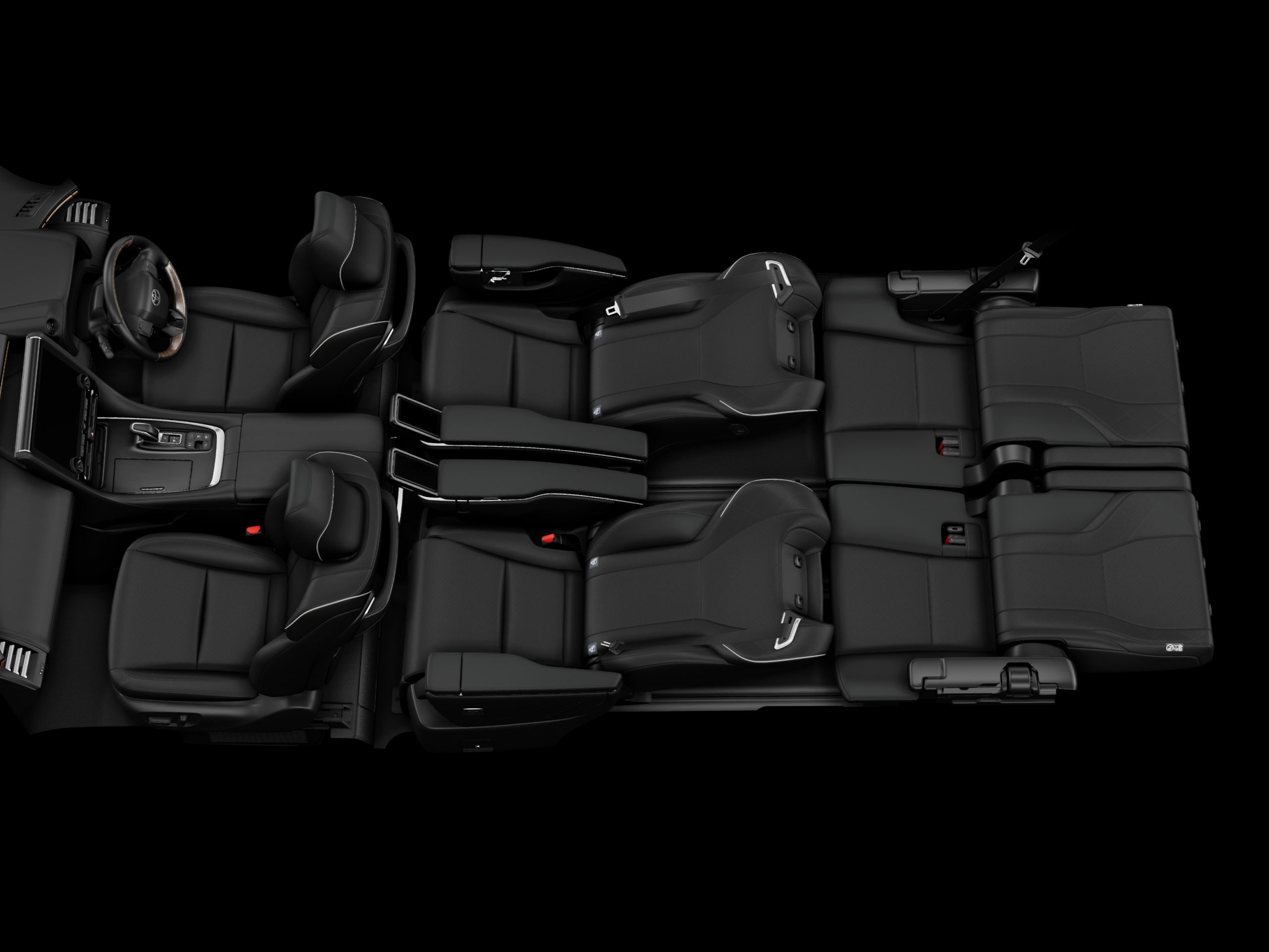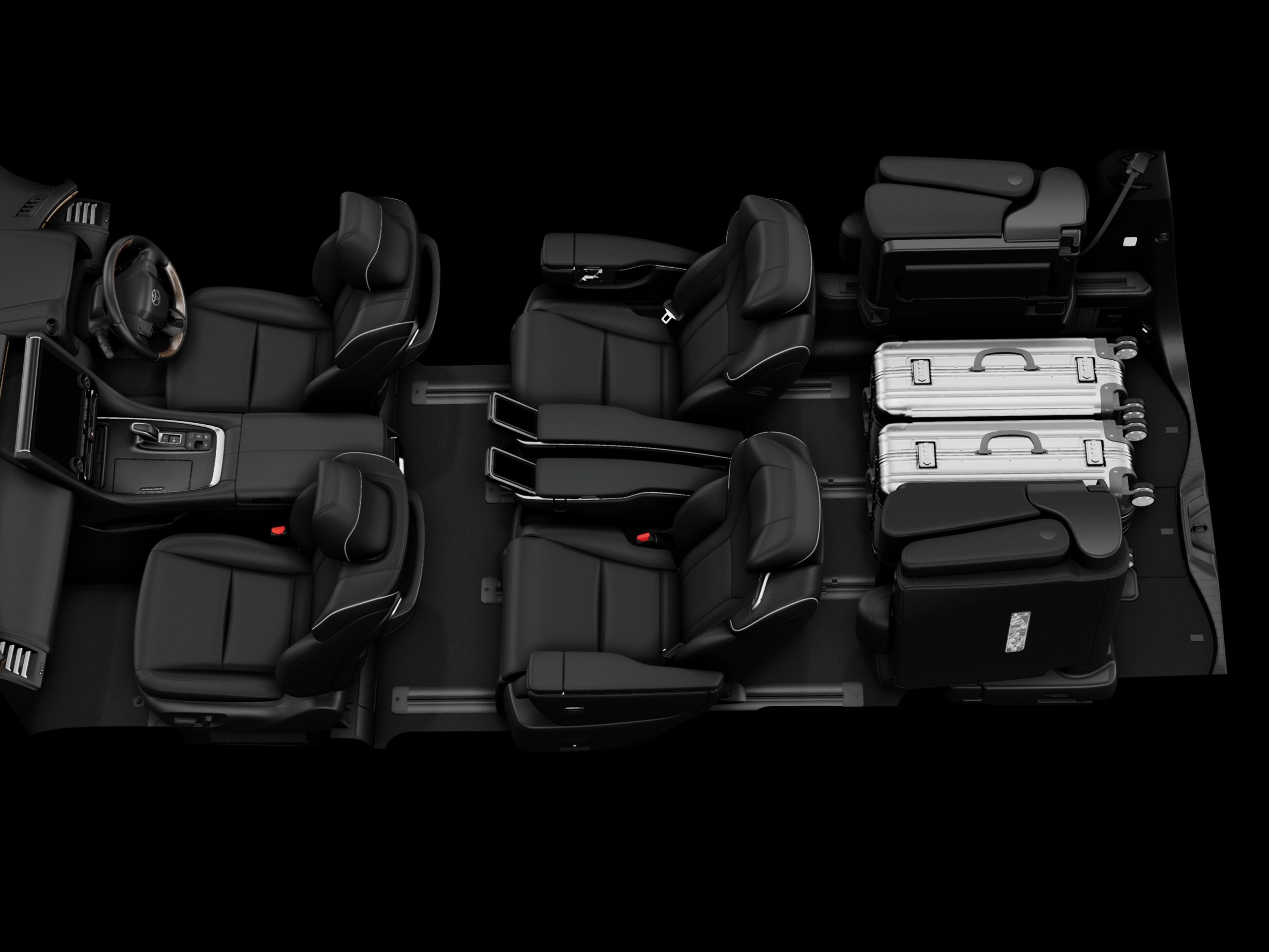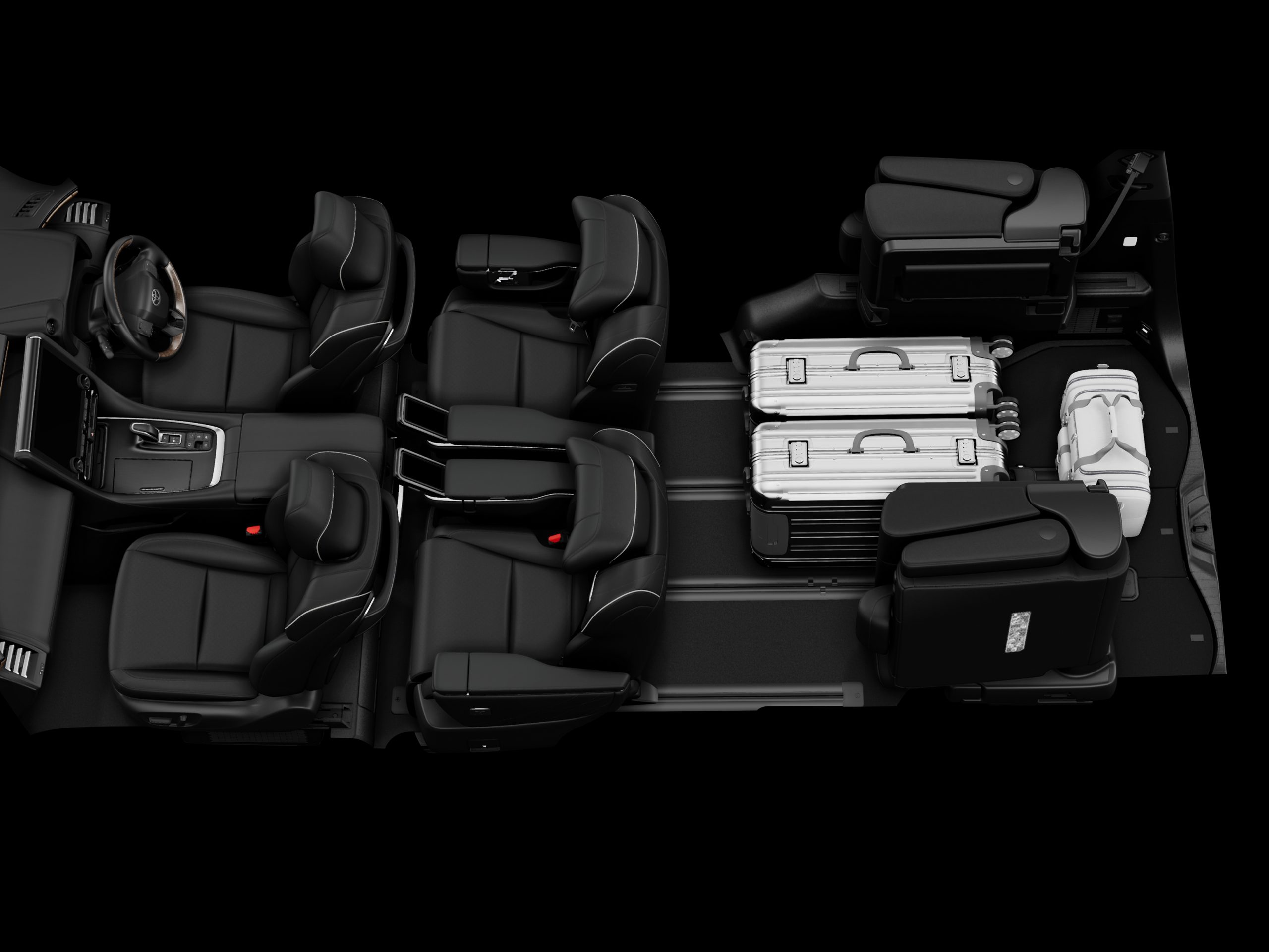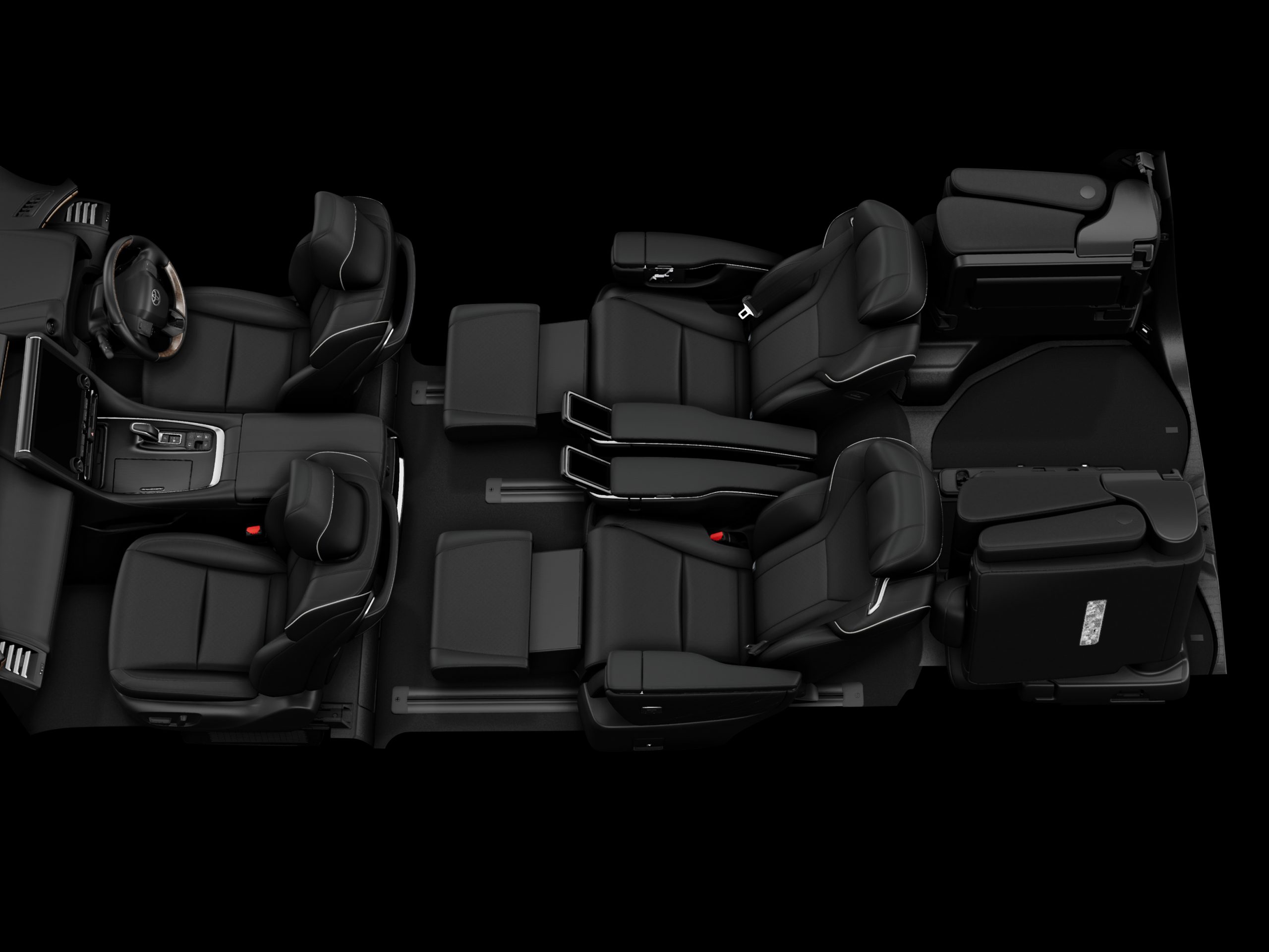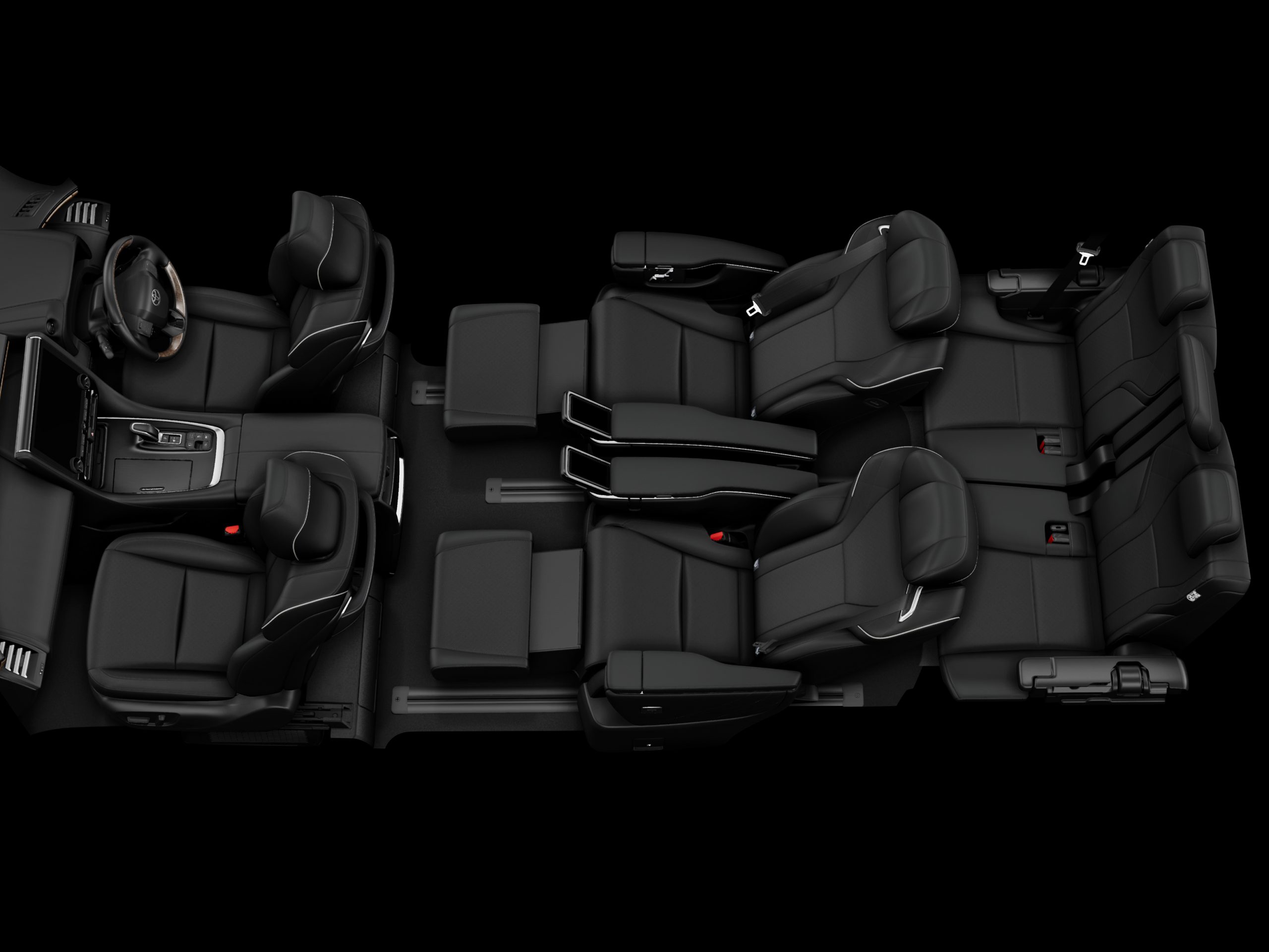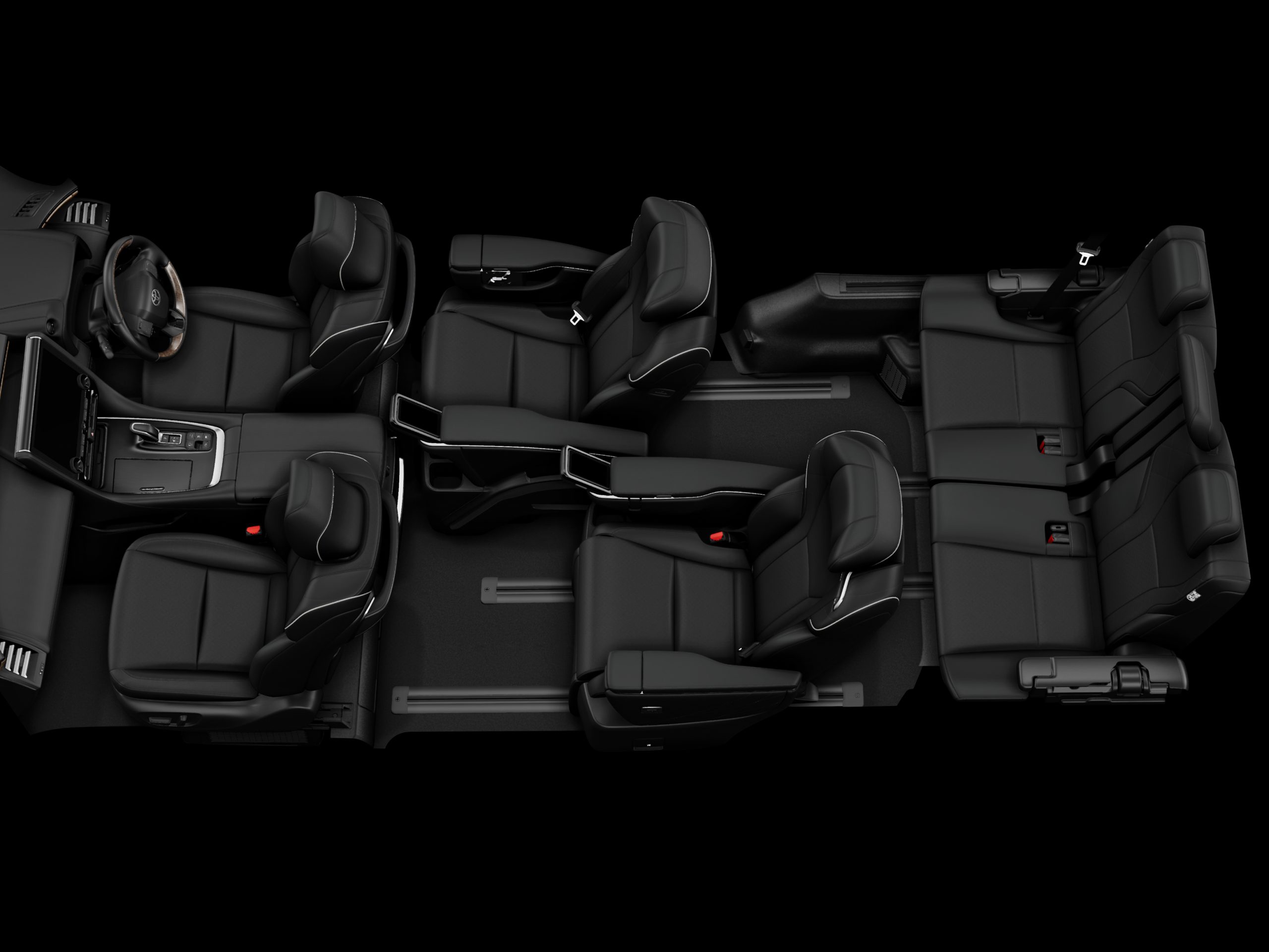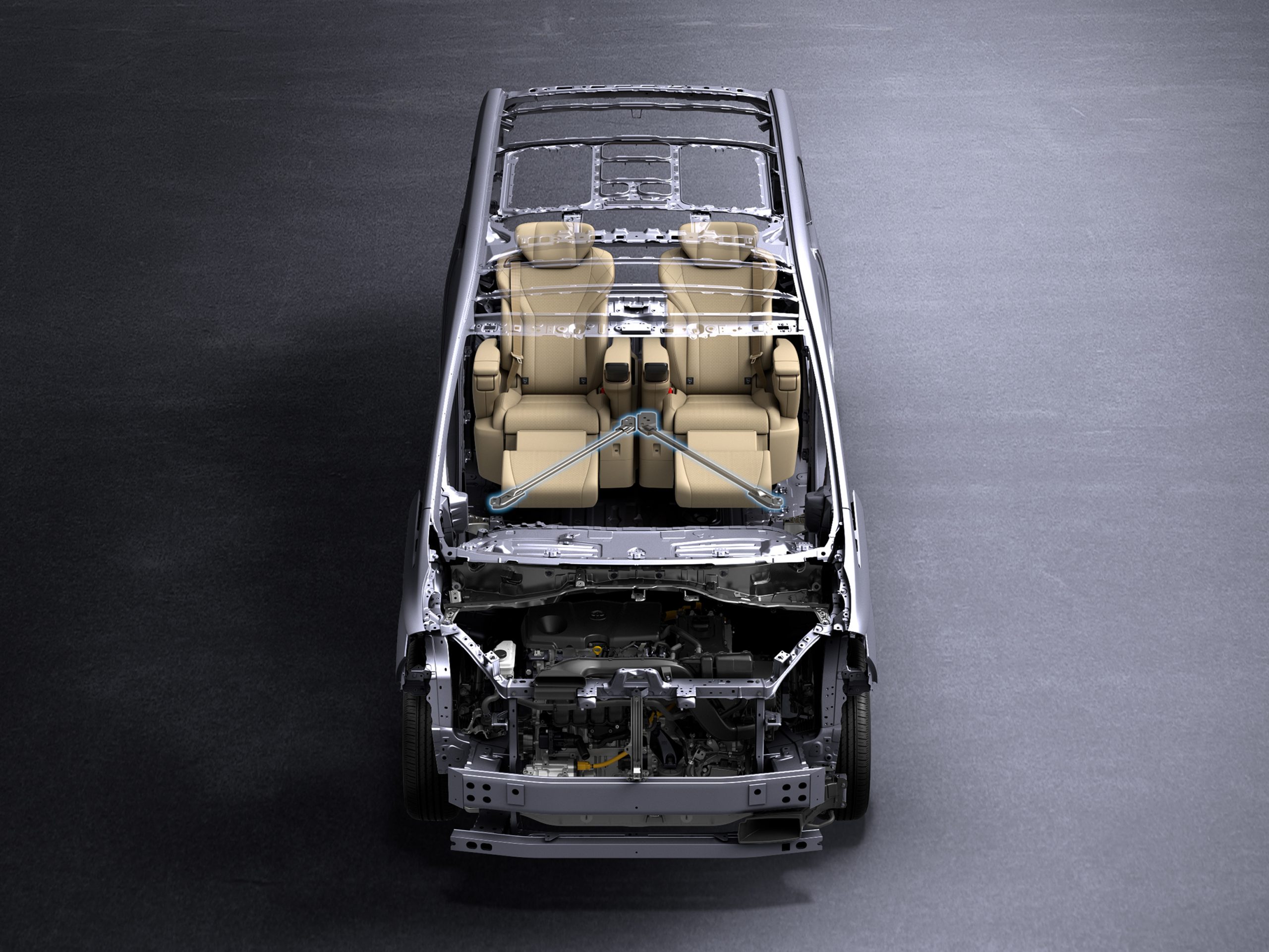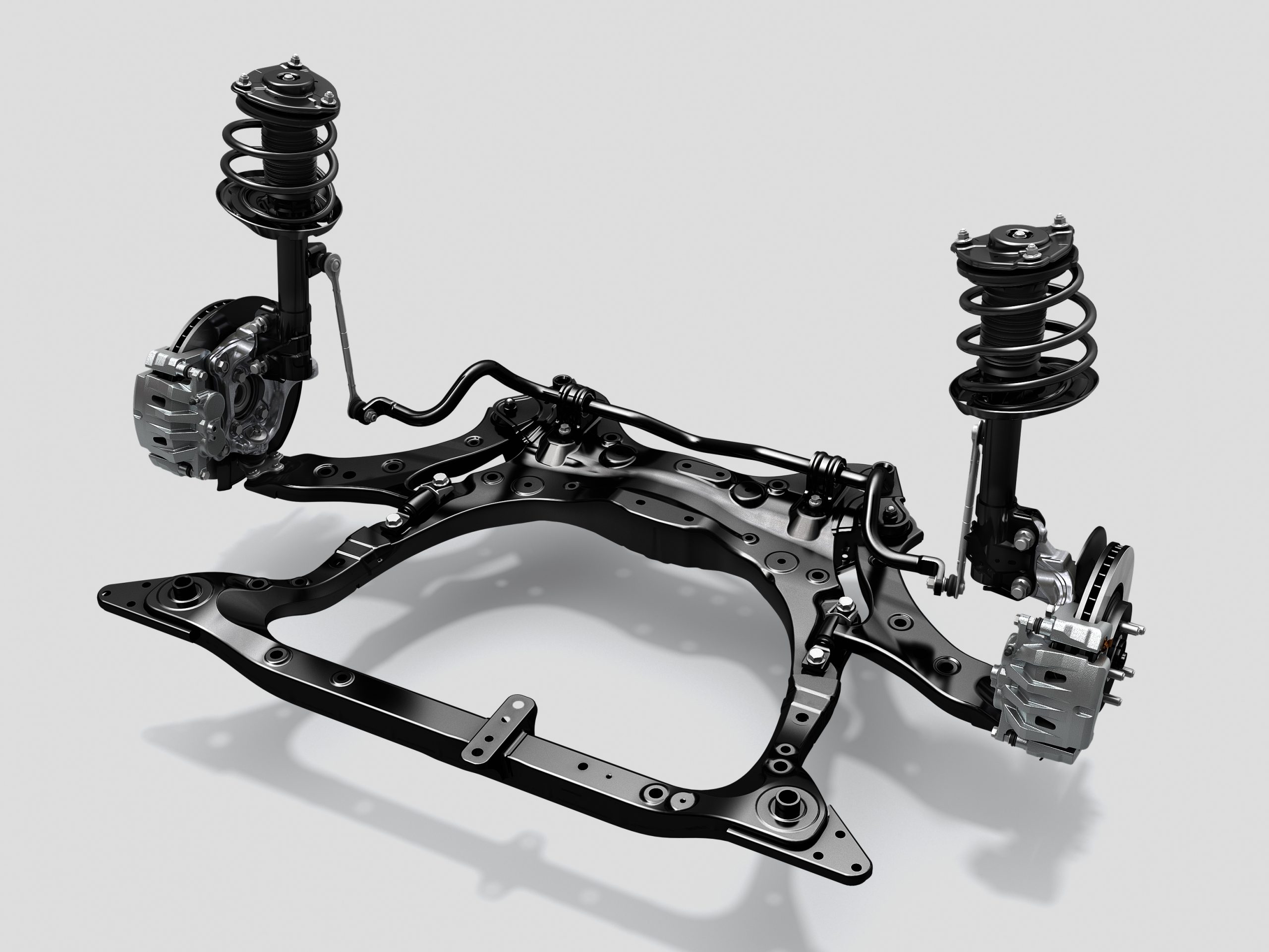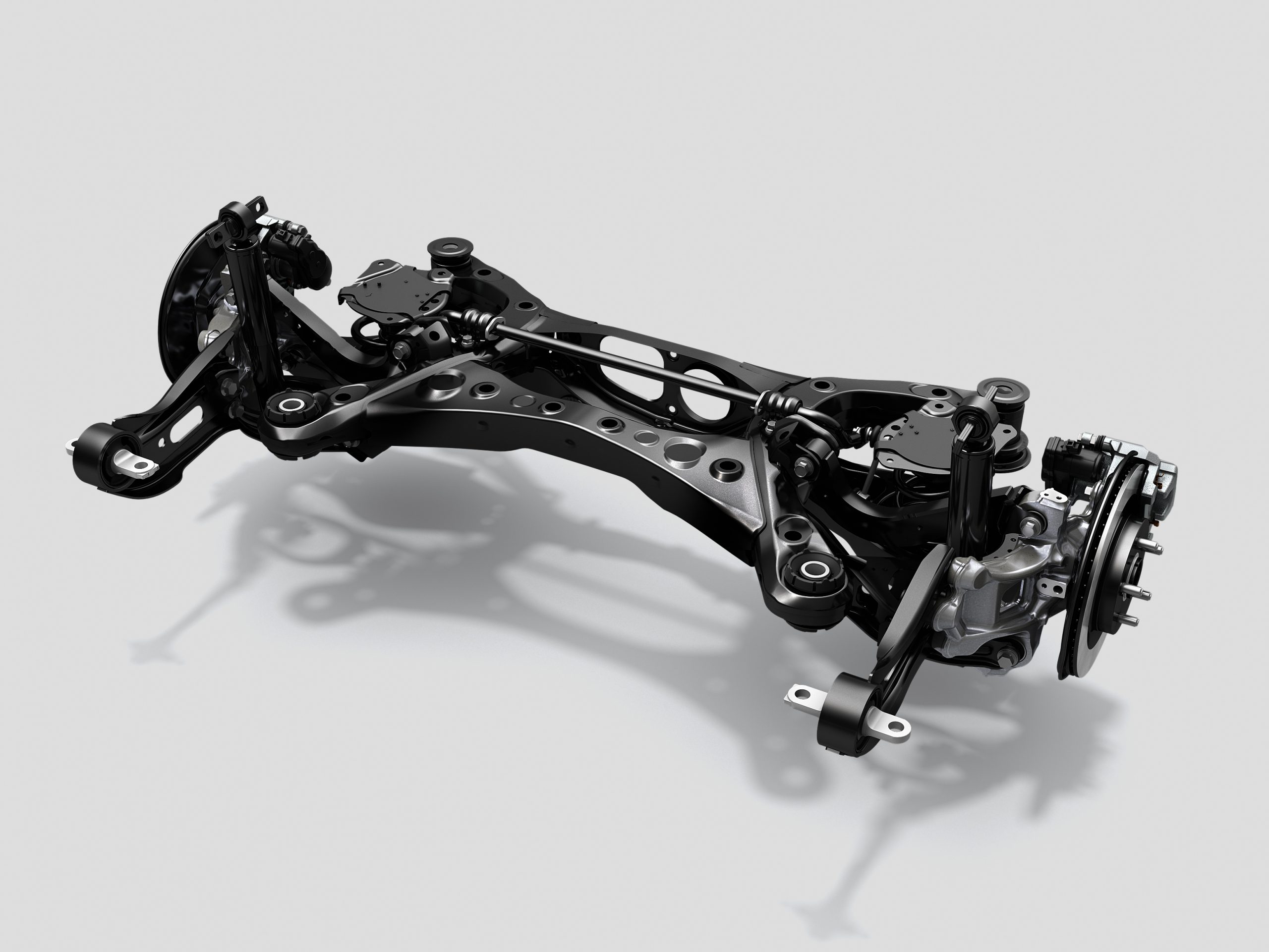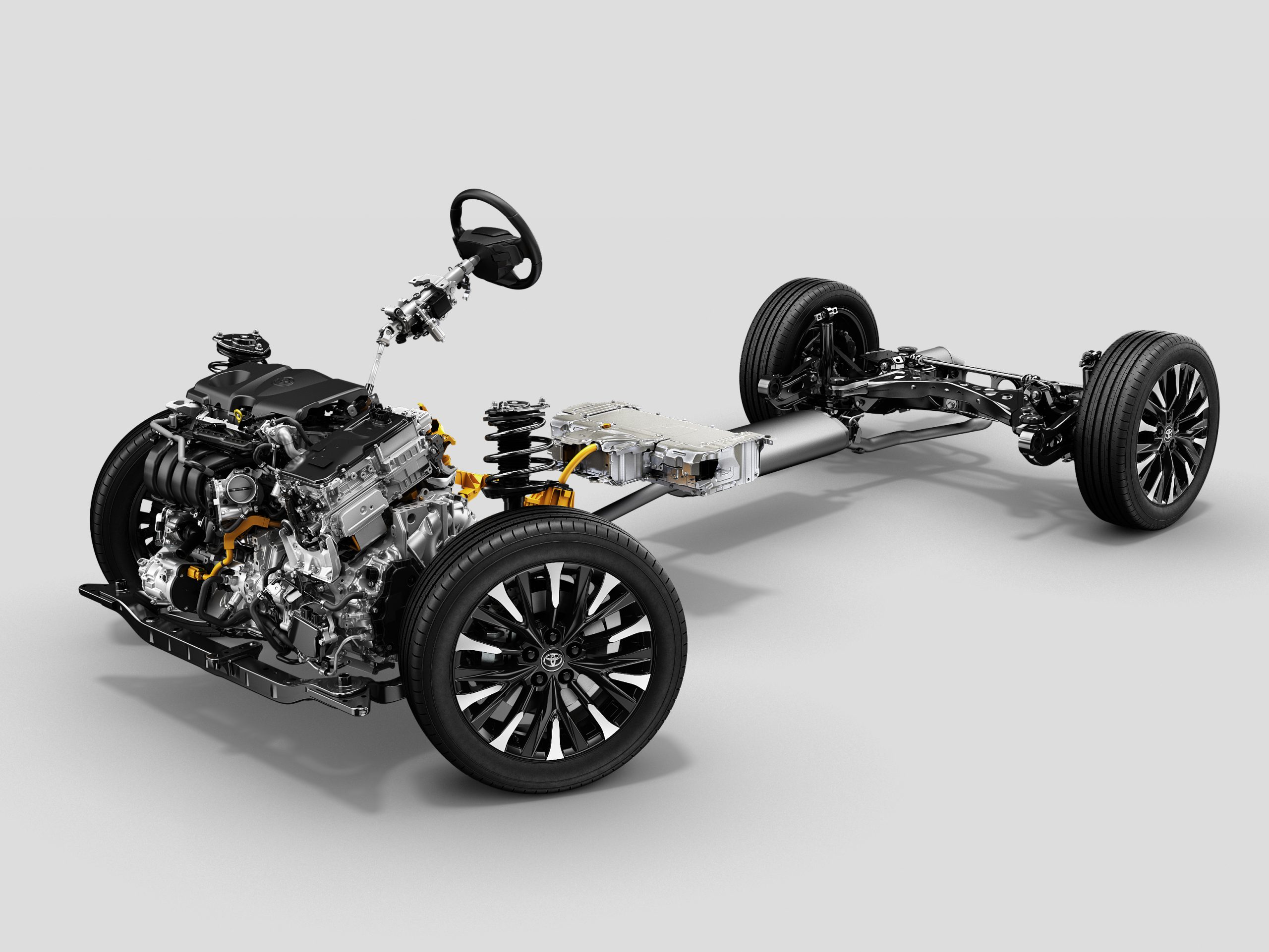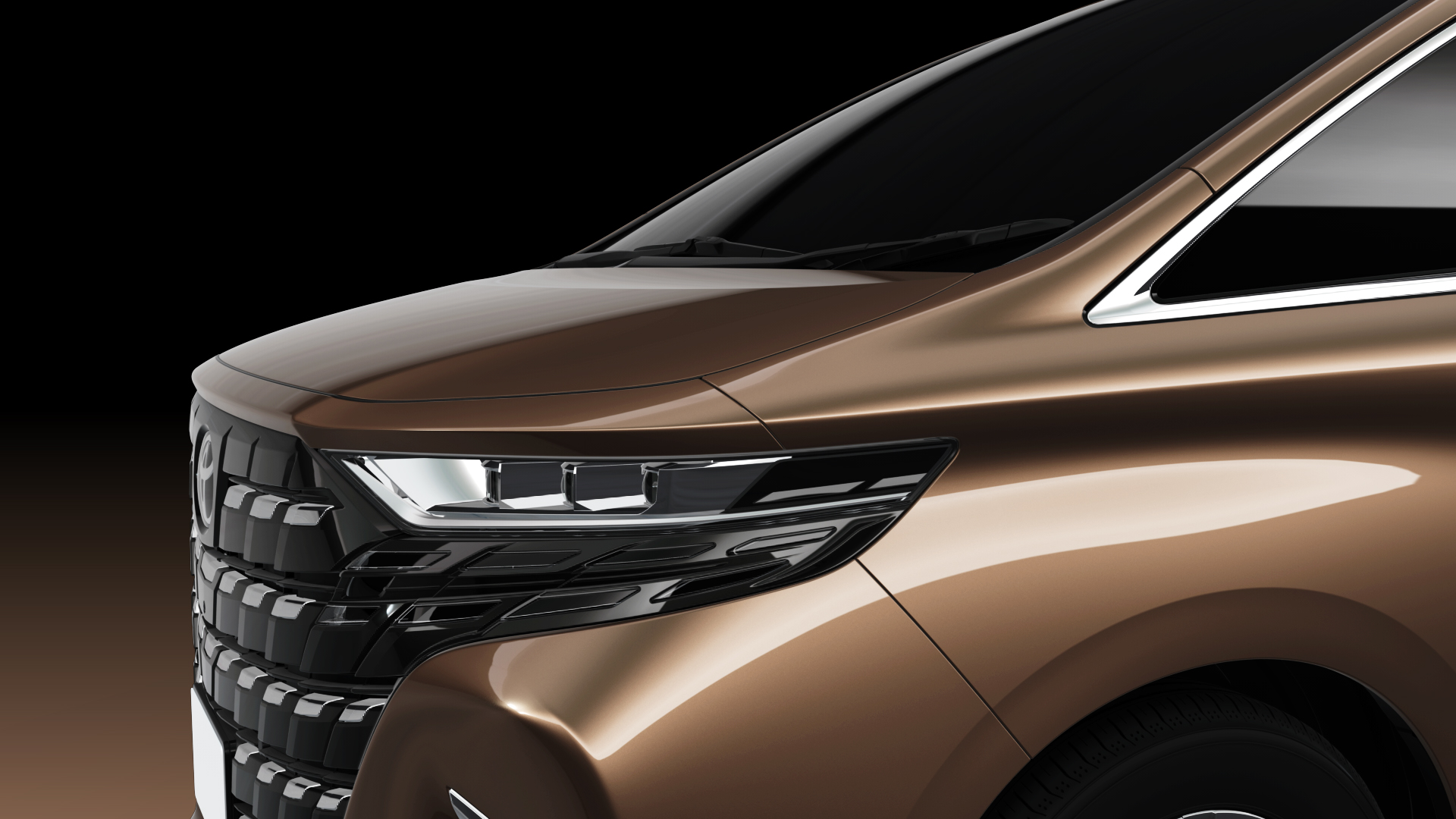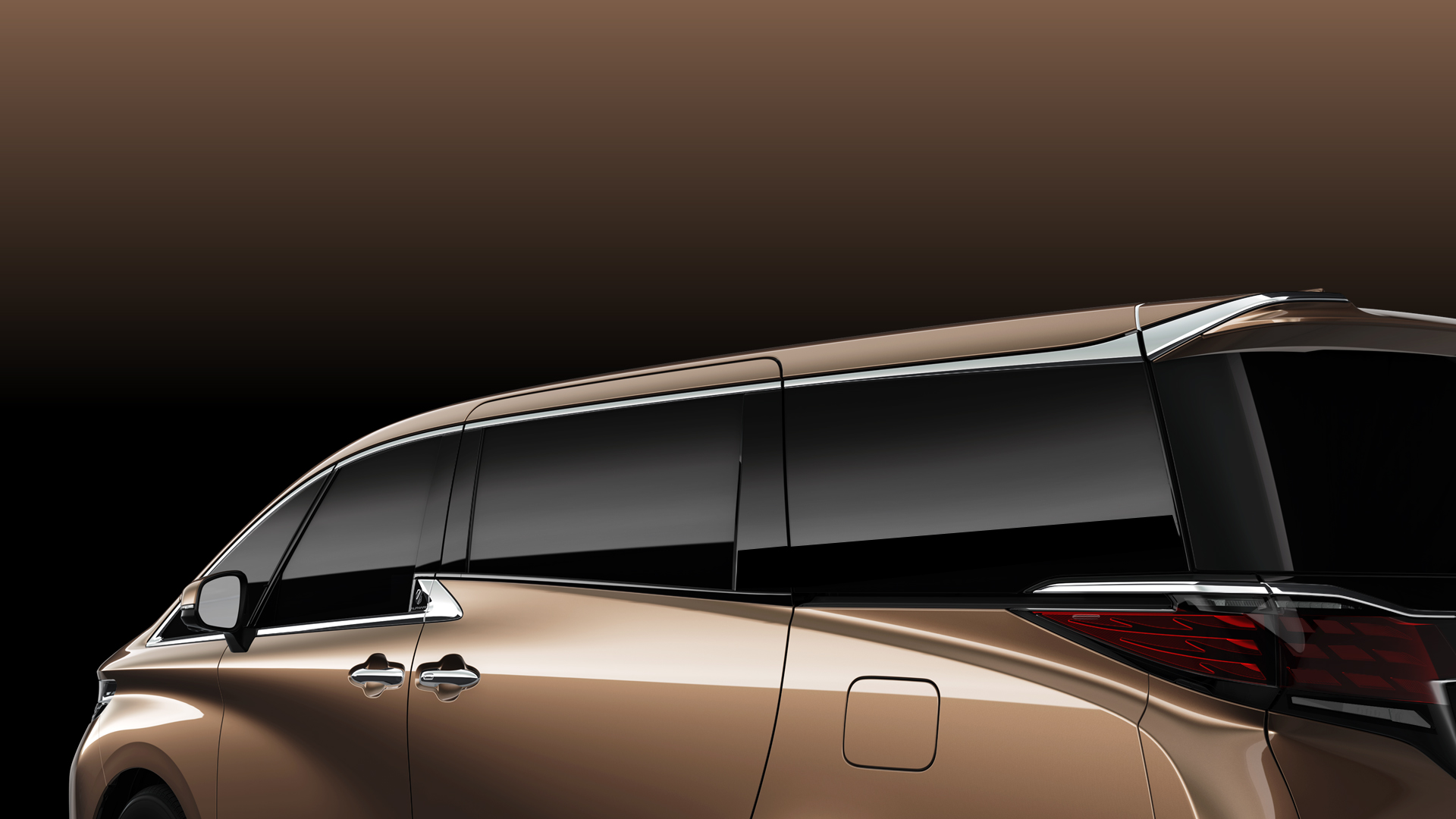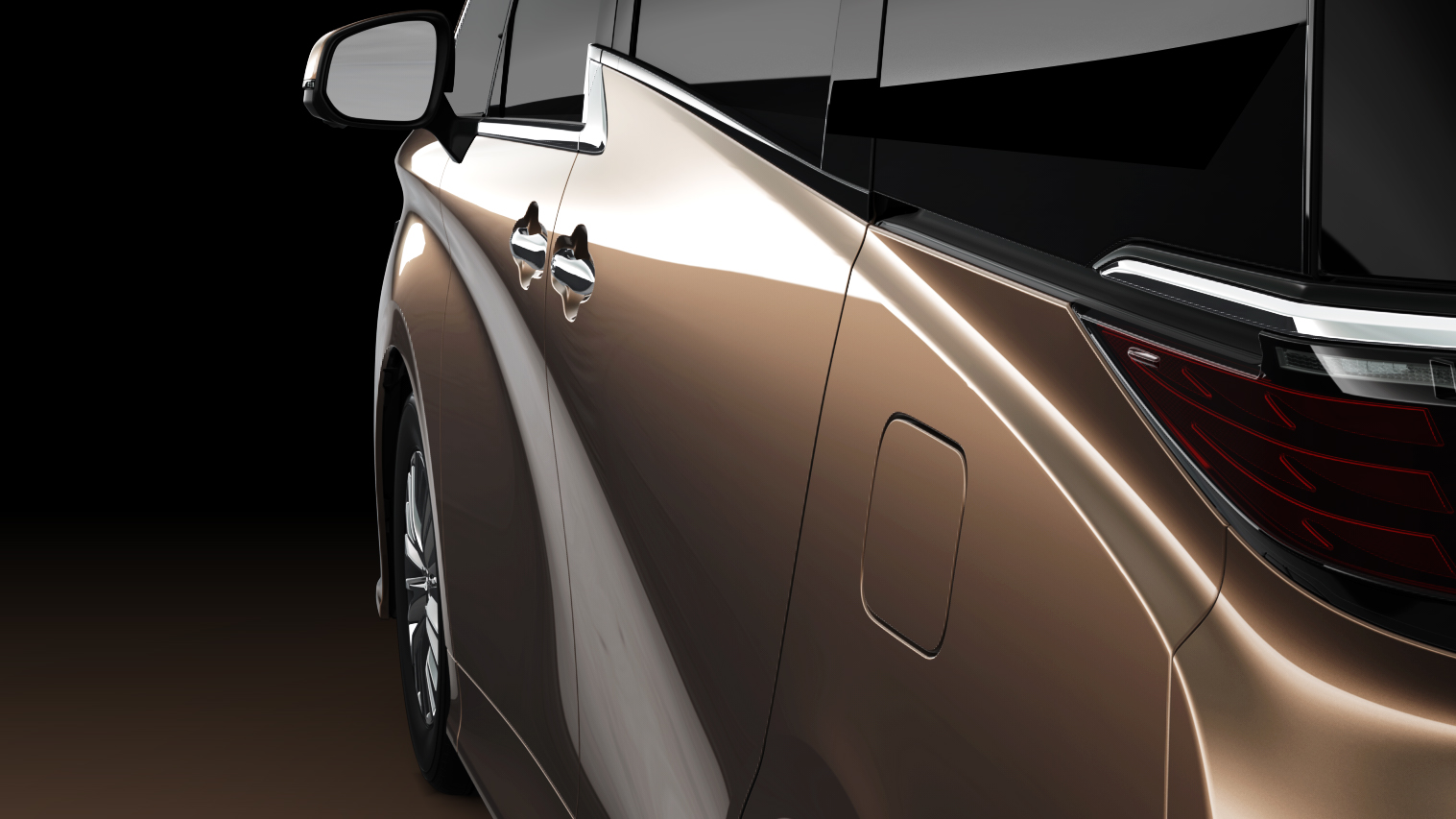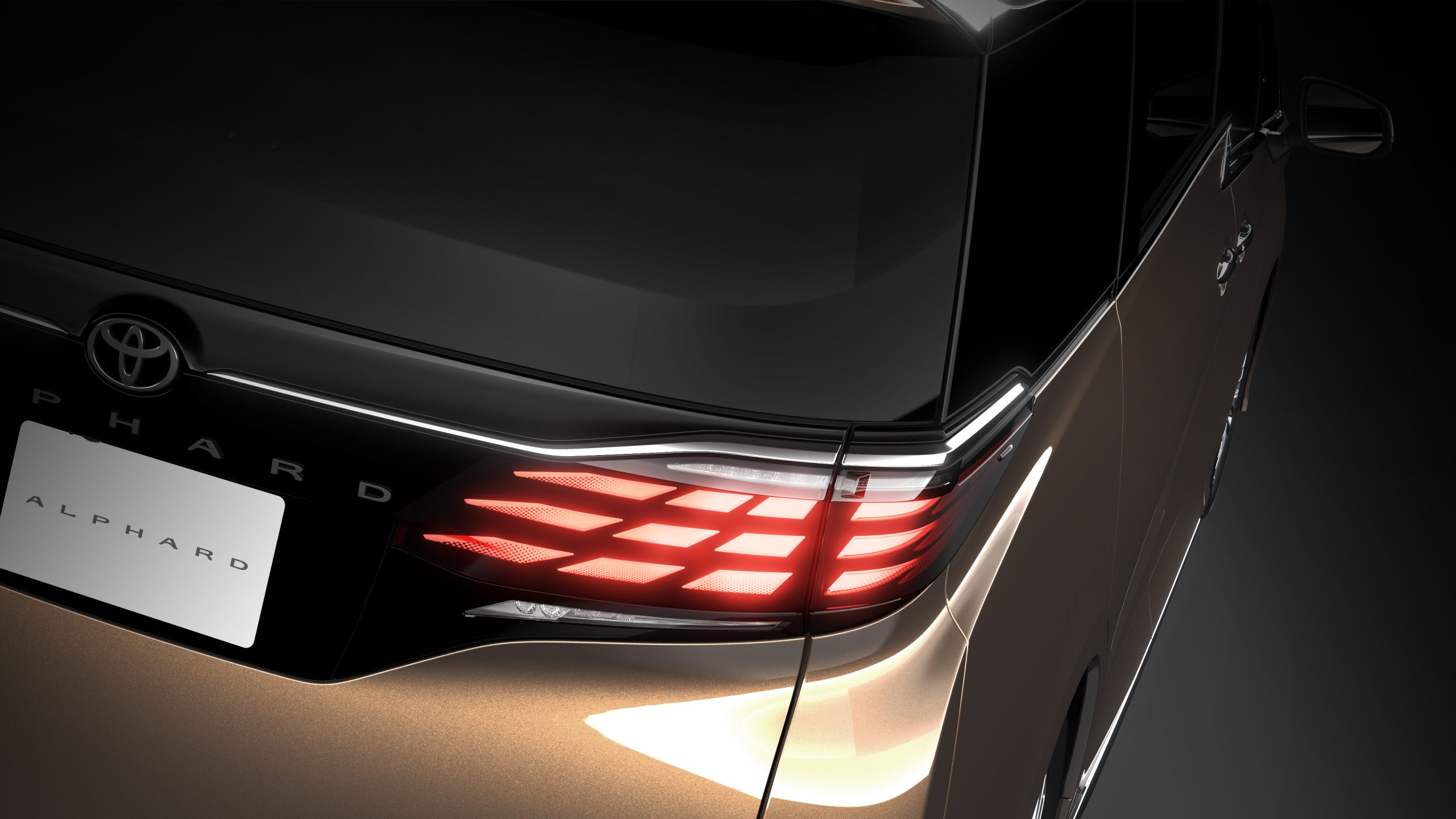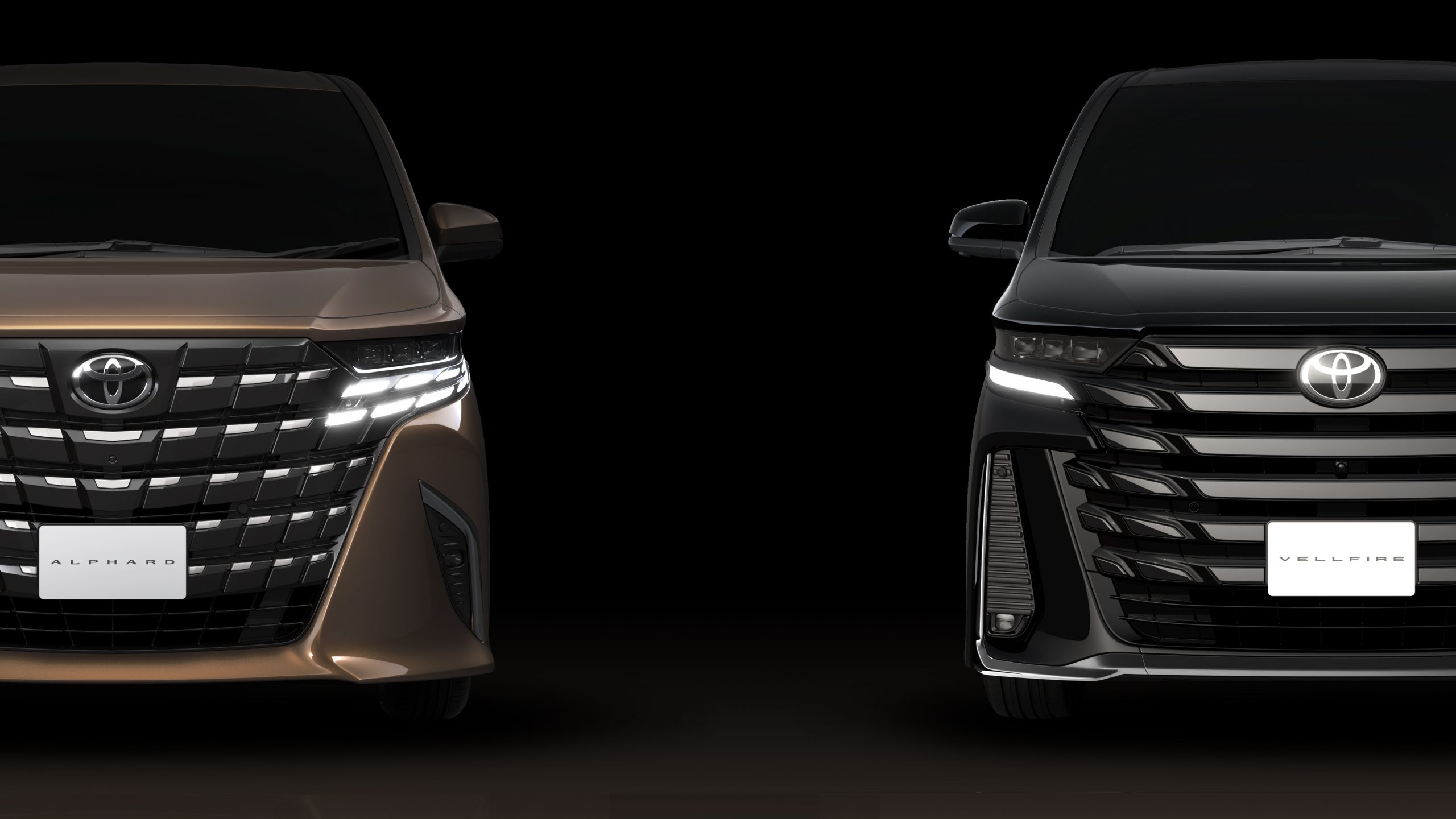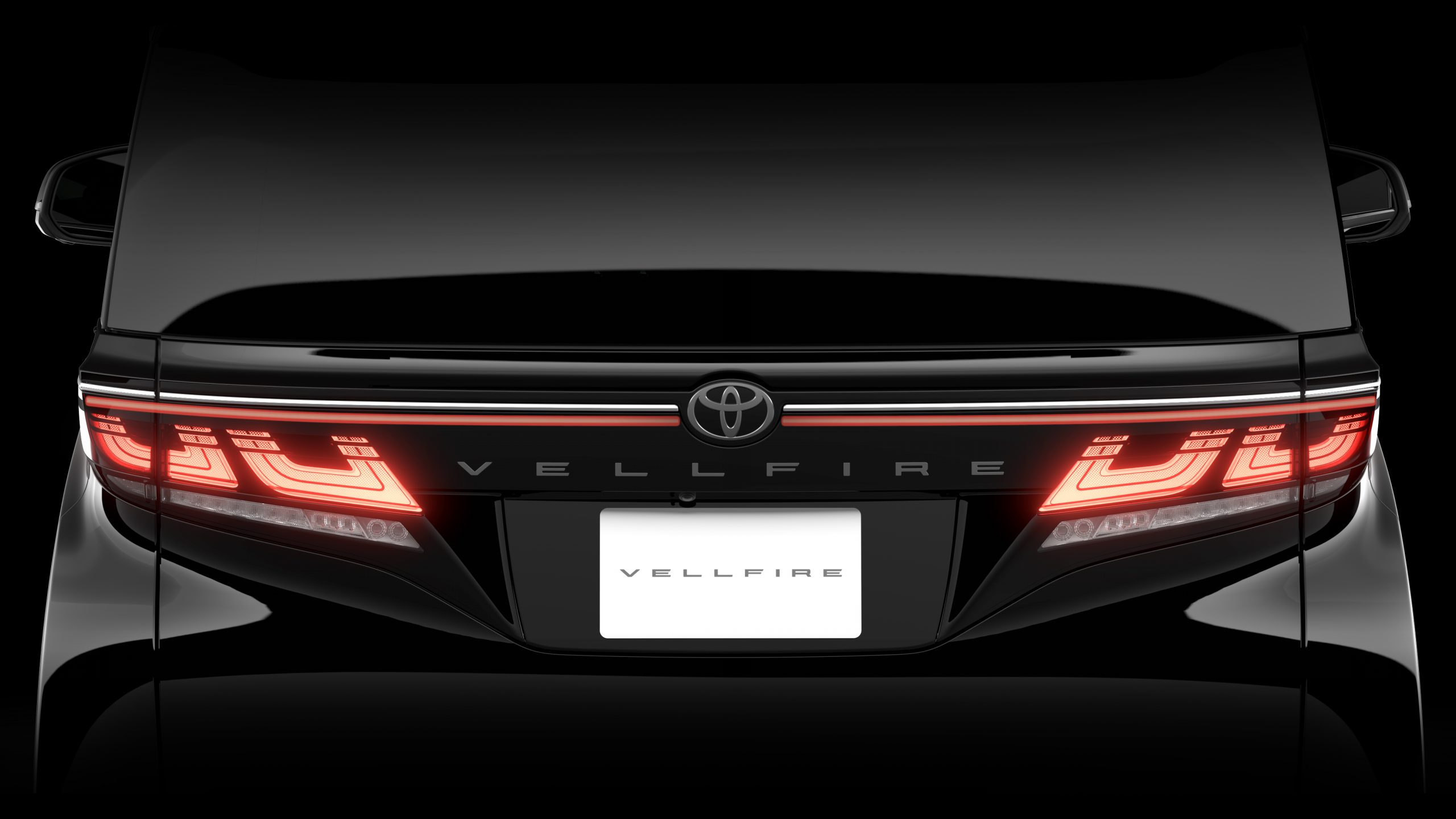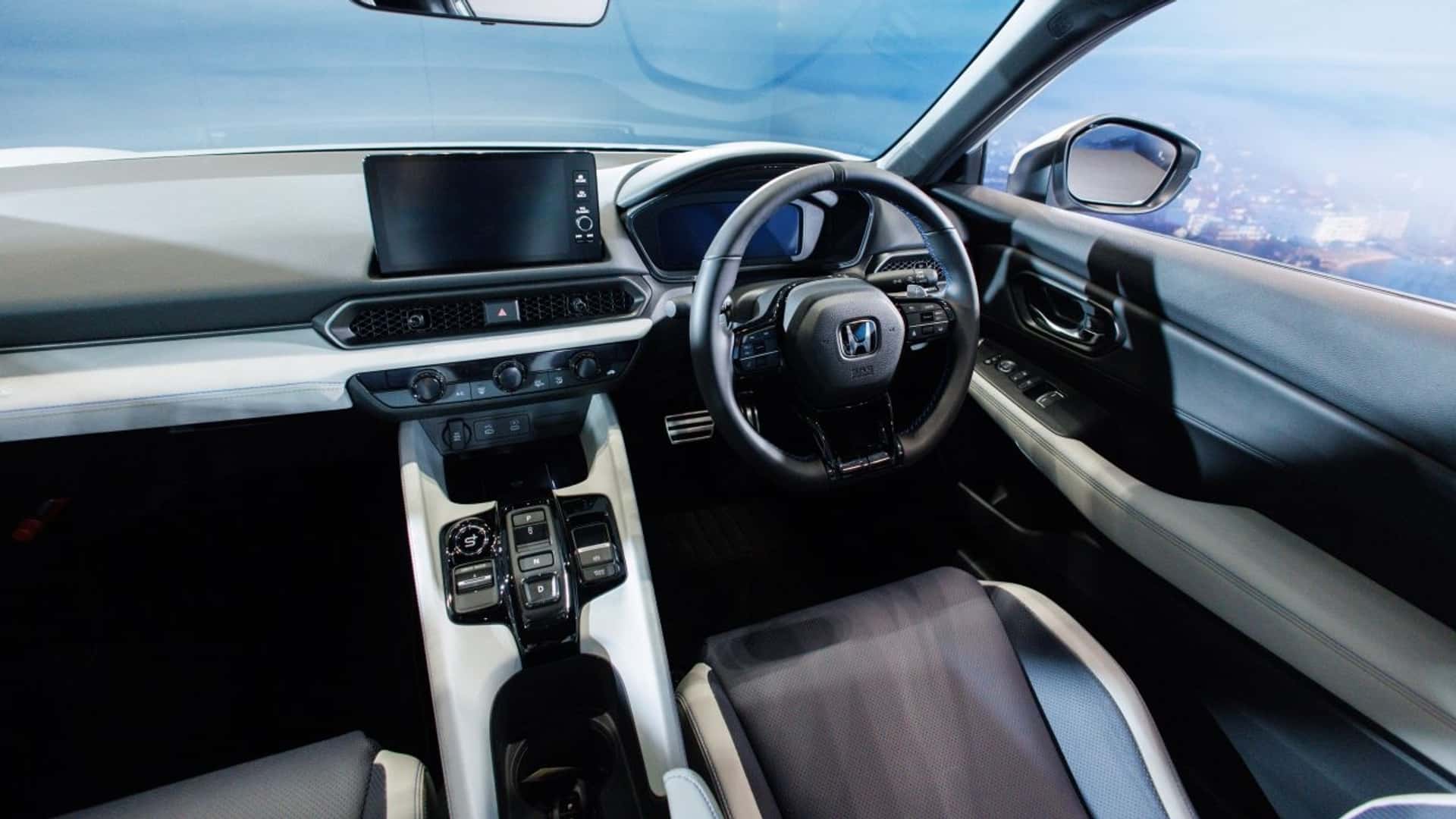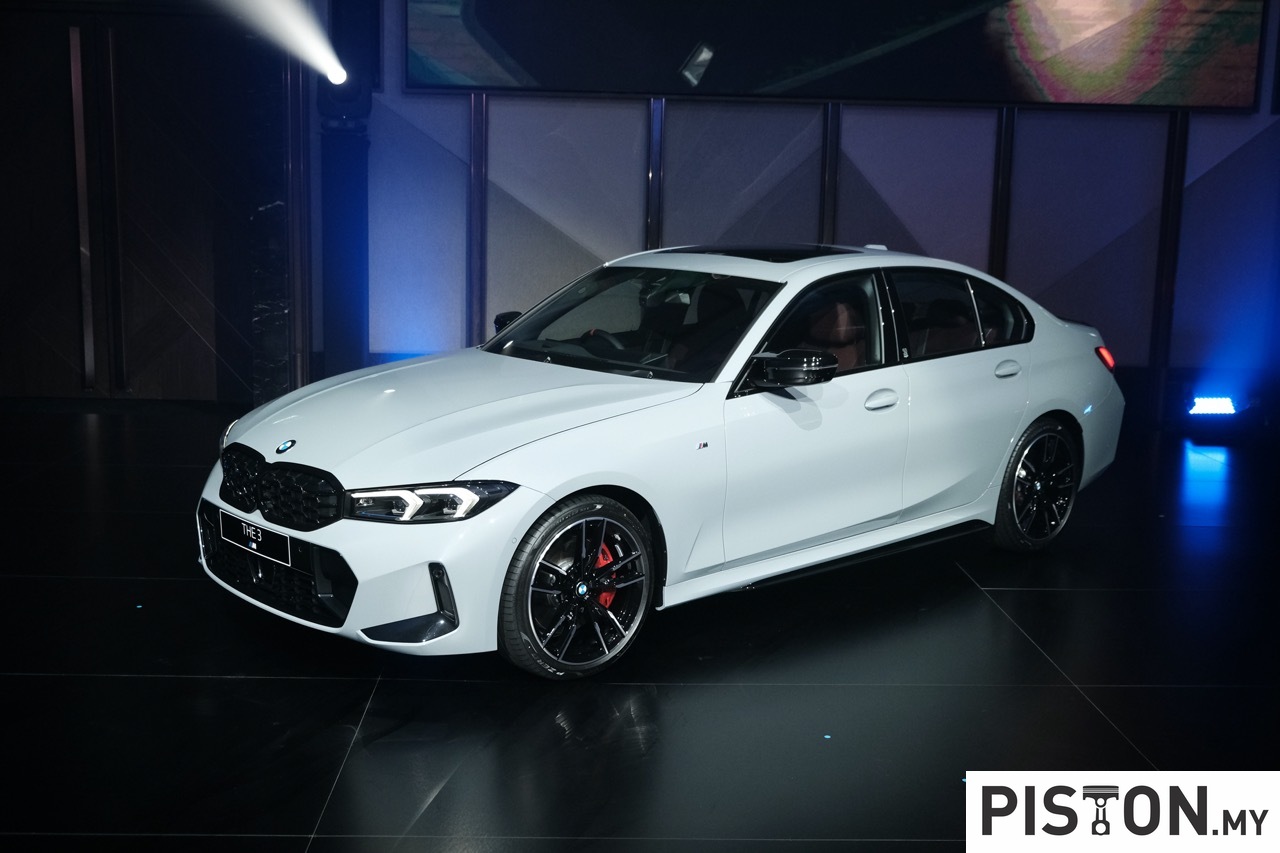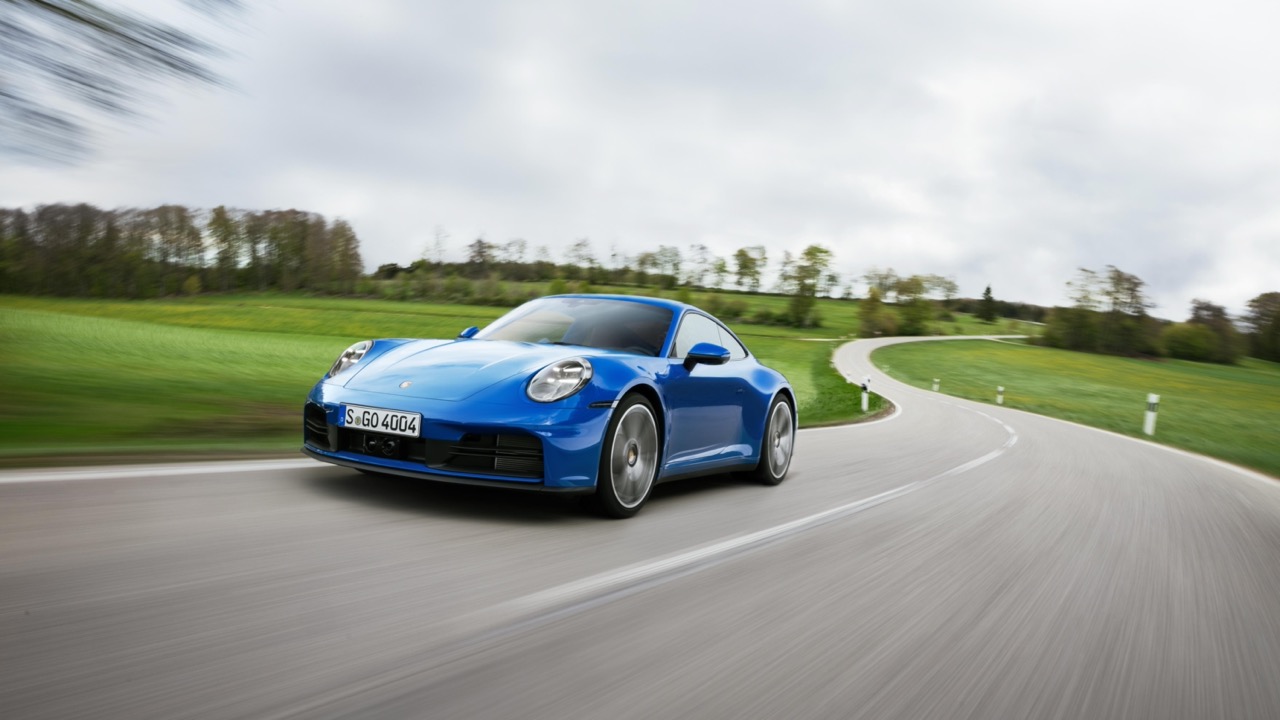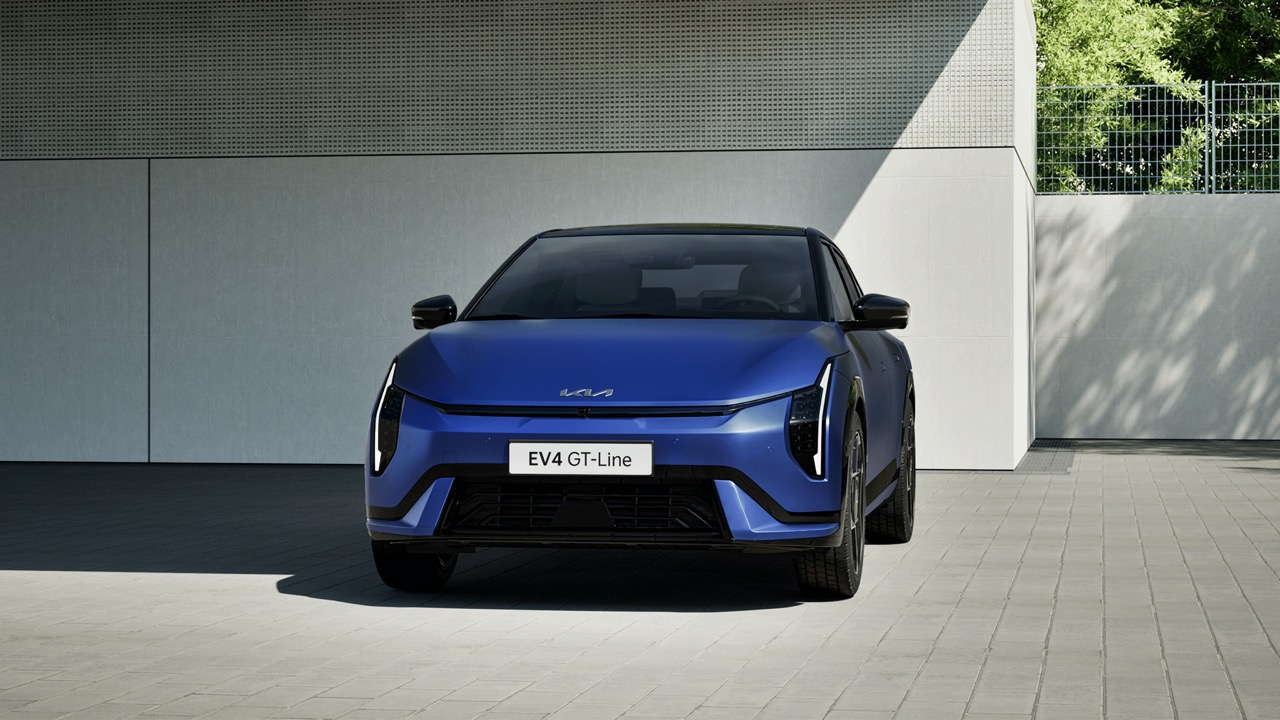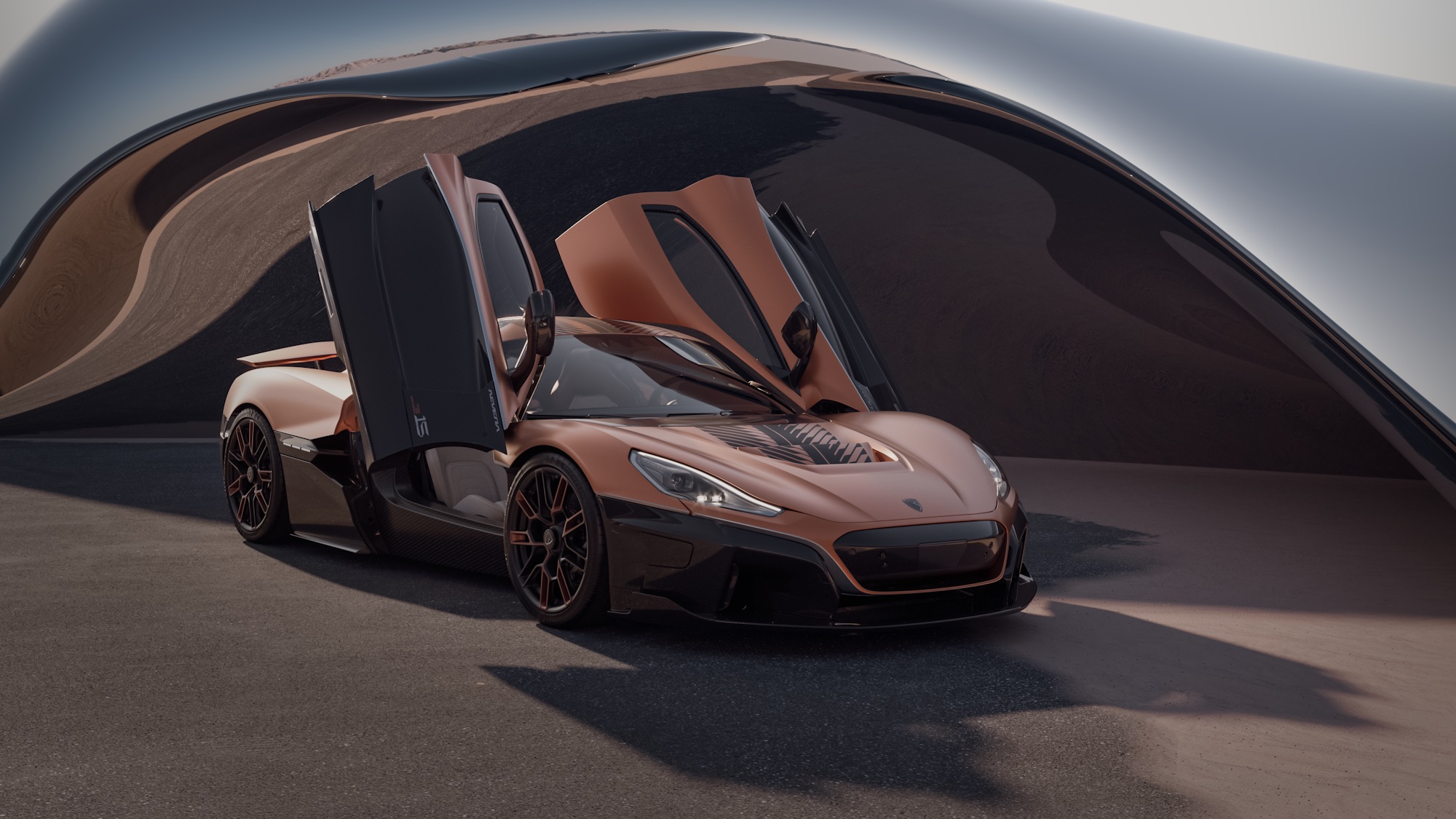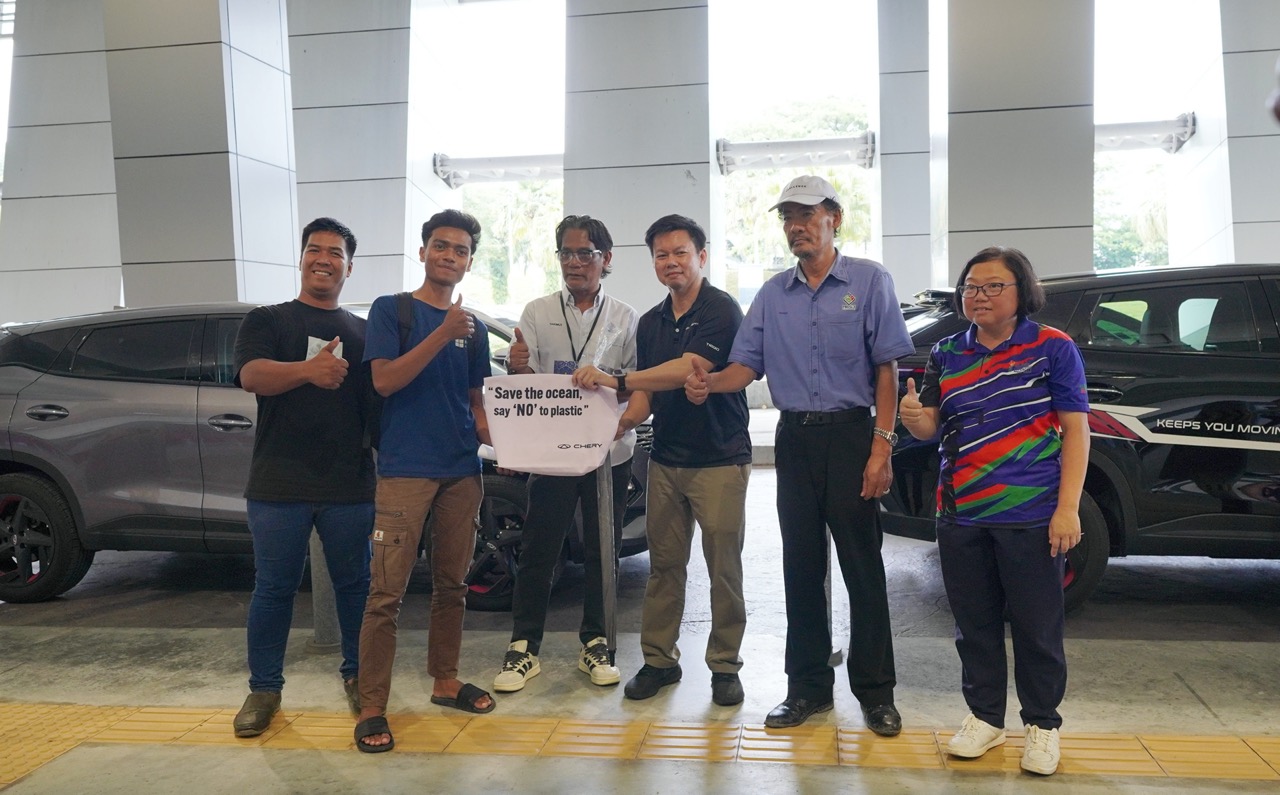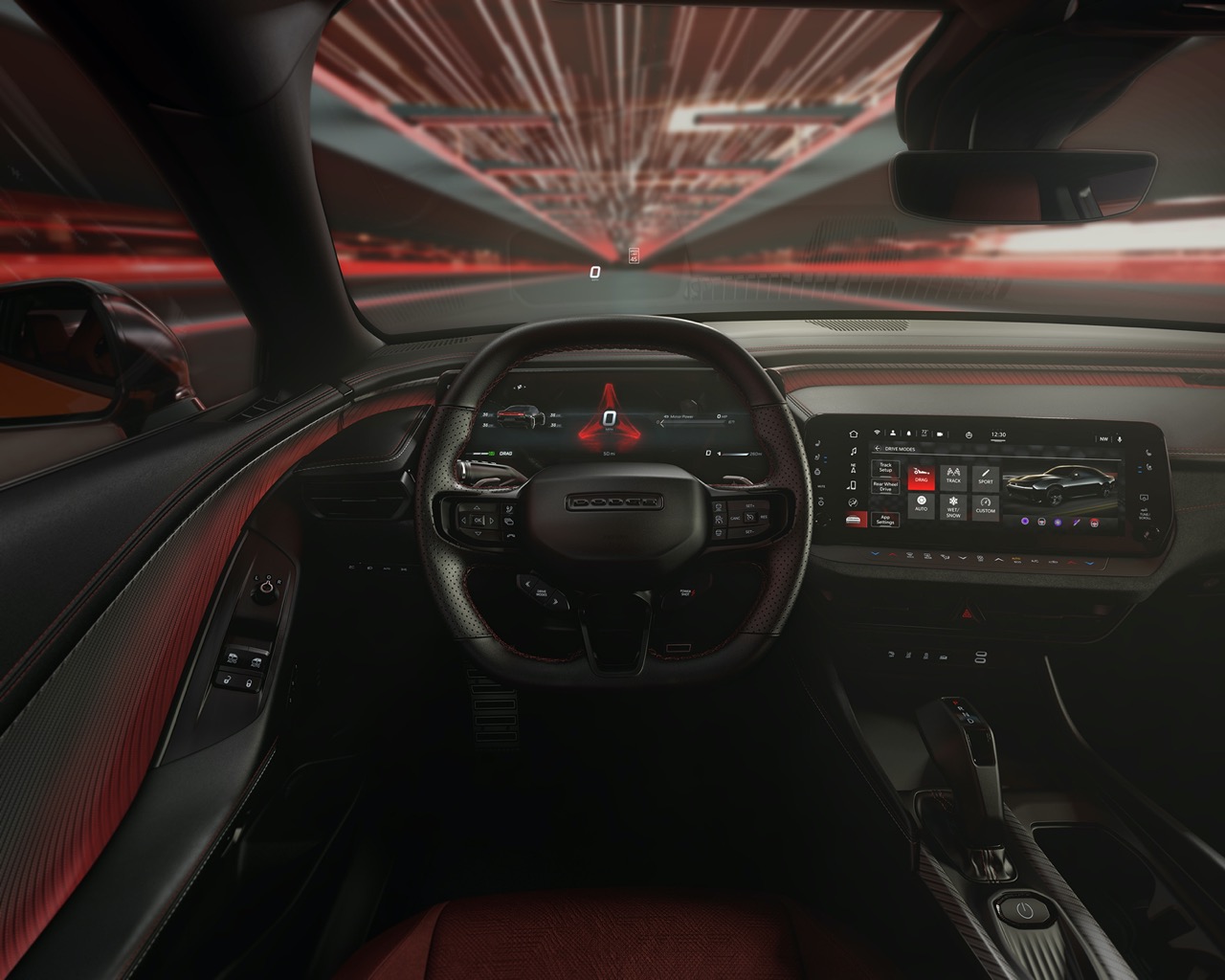After months of teasing and speculating, Toyota has officially unveiled the all-new Alphard and Vellfire.
Sales have begun in Japan with the fourth-generation model available in two variations: an HEV (hybrid electric vehicle) and an ICE (internal combustion engine). In the future, a PHEV version will also be released as a part of the business’s strategy to become carbon neutral.
Exterior
Both MPVs have the same width (1,850 mm) and wheelbase (3,000 mm) but are longer than before (4,995 mm). Depending on the model and version, the height of the MPVs barely changes, ranging between 1,935 mm and 1,945 mm.
According to Toyota, these measurements are required to ensure that the MPVs adhere to the 5,000 mm length and 1,850 mm width limits of Japan’s standard automatic parking systems. Nevertheless, the development team was able to add 5 mm and 10 mm, respectively, to the distance between the front and second rows of seats and the second and third rows.
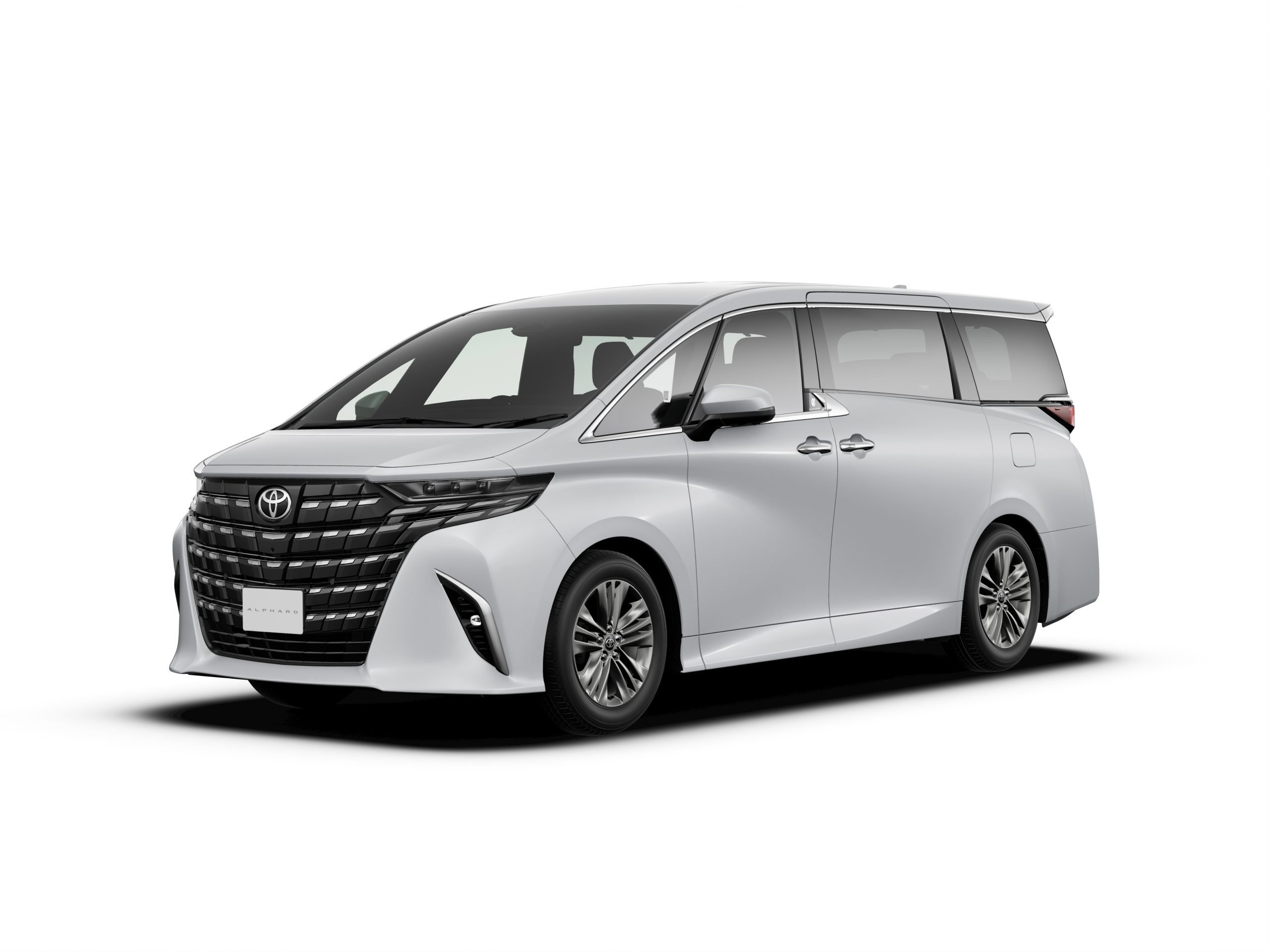
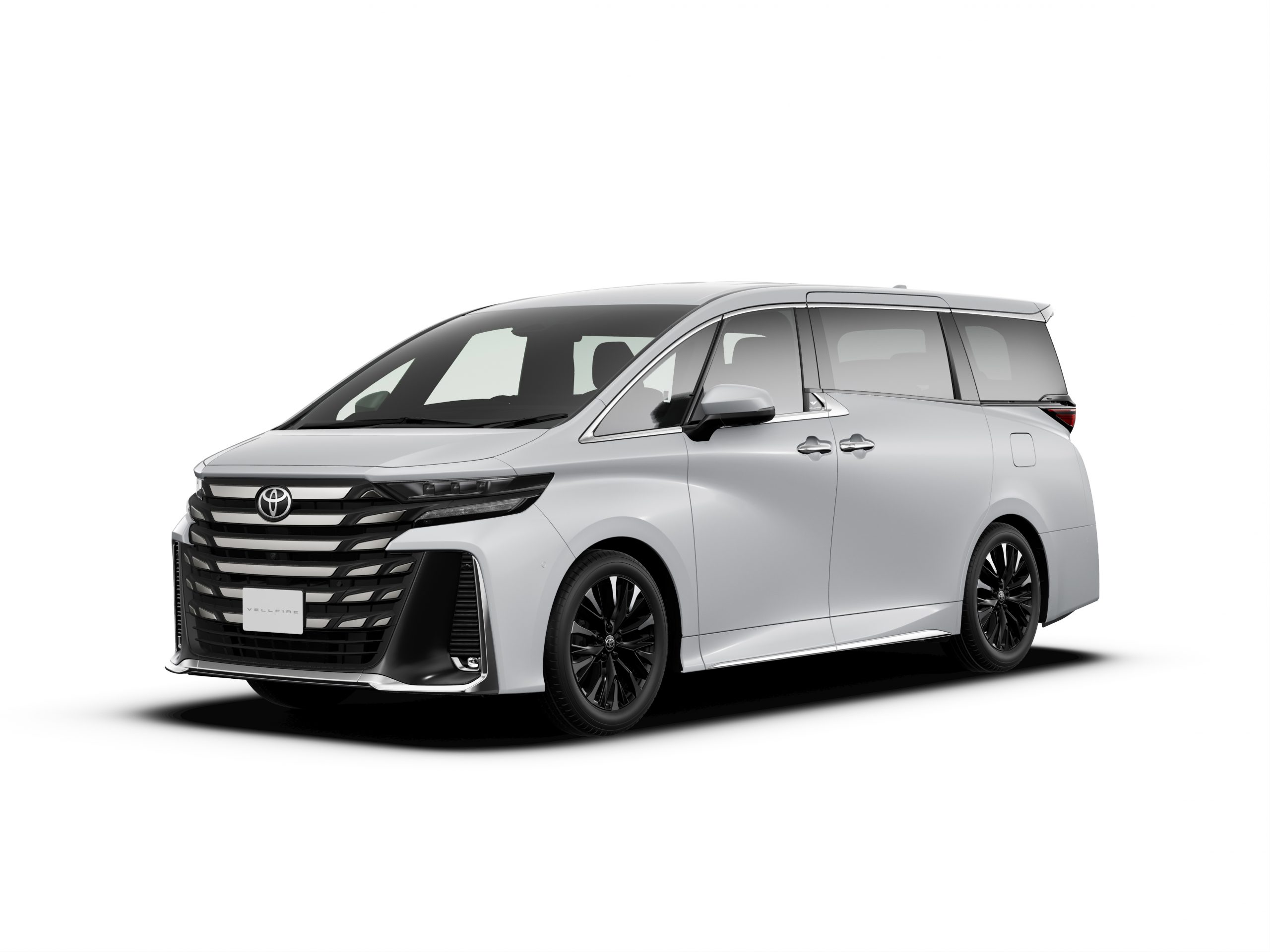
Toyota’s development team chose the “the joy of comfortable mobility” approach to improve both the Alphard and Vellfire in an effort to create a space that all passengers can enjoy and appreciate.
The MPVs are now equipped with a TNGA-specific MacPherson strut front suspension and a revised double wishbone rear suspension. Shock absorbers that mechanically alter damping force based on the frequency of vibrations sent from the road surface give the dual benefits of greater manoeuvrability and stability as well as the absorption of undesired small vibrations transmitted from the road surface.
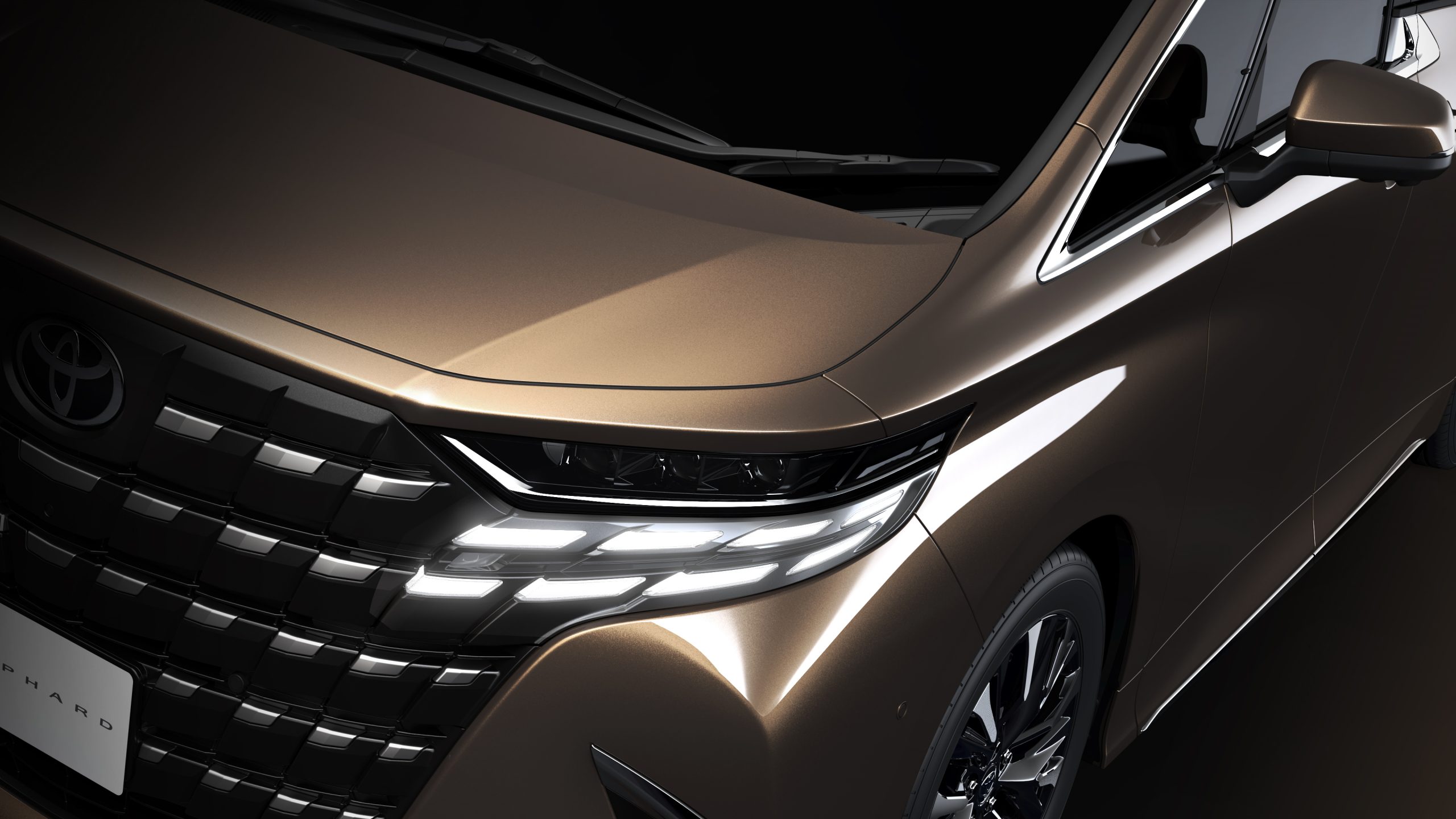
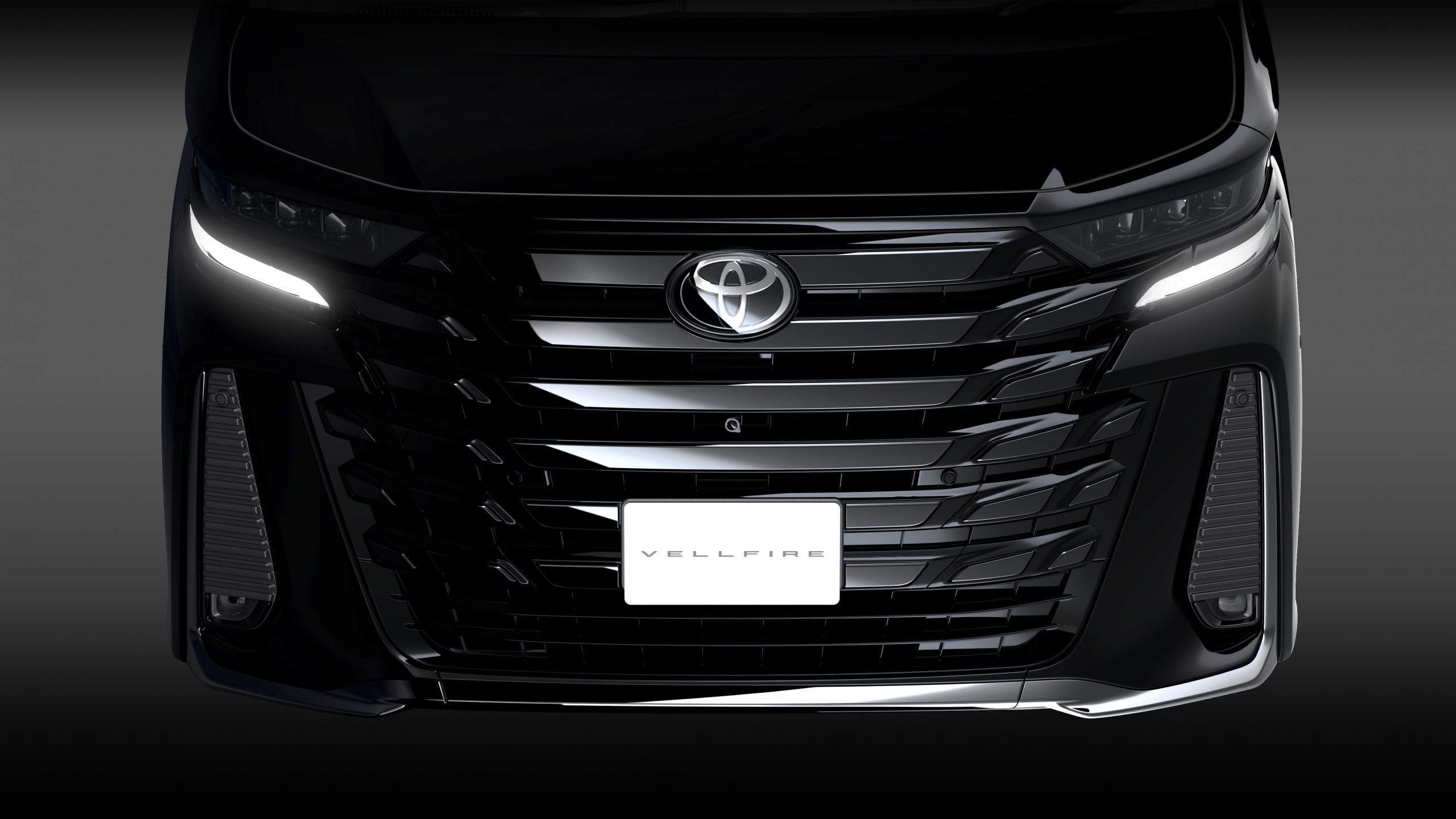
The Alphard and Vellfire continue to be boxy MPVs in terms of design. According to Toyota, the models’ designs were based on the idea of “Forceful x Impact Luxury,” and they “sought to establish a sense of solidity, akin to a fighting bull in full charge.”
The completely new Toyota Alphard and Vellfire platforms have undergone extensive redesigns in all areas, including performance, fuel efficiency, driving dynamics, design, and more.
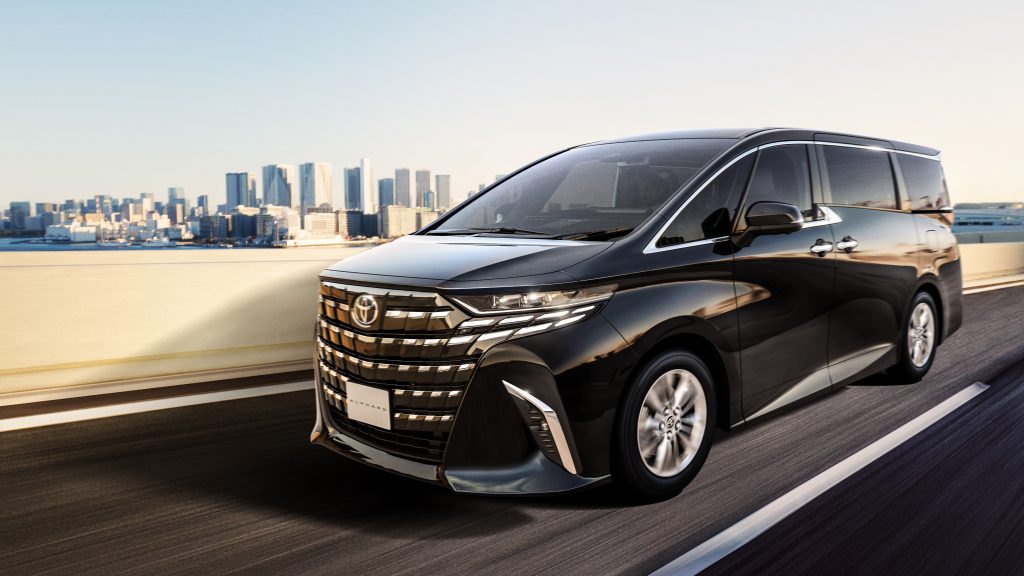
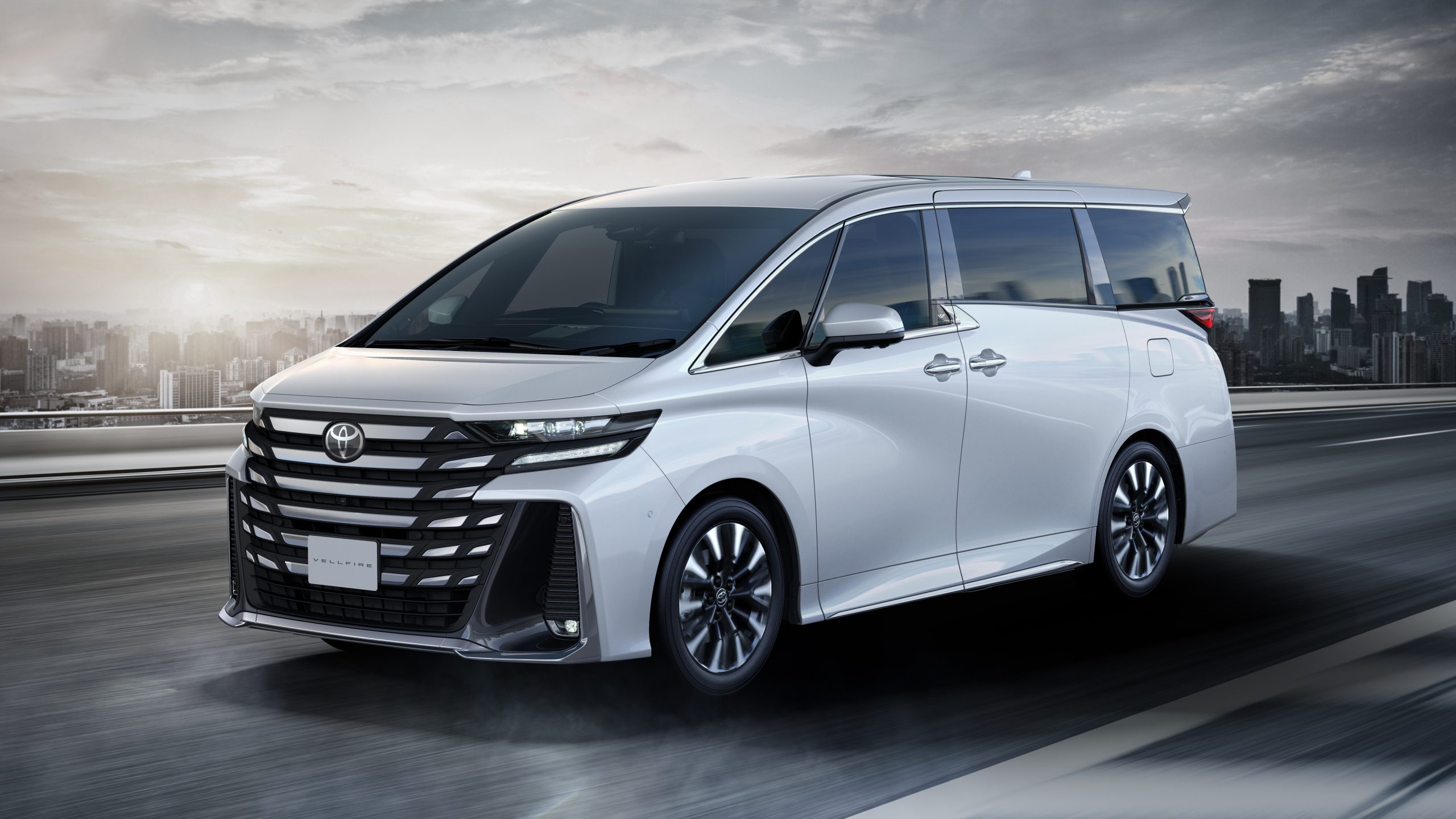
It has long been acknowledged that the Alphard has a distinctive appearance from the Vellfire, with the former being distinguished by a sizable grille with “plated” inserts and chrome highlights. Along with a distinctive LED daytime running light signature made up of dashed lines that seamlessly blend into the grille, the Alphard’s headlamps also appear slightly thinner.
Conversely, the Alphard has a sportier design highlighted by broad faux corner intakes and thick horizontal bars on its grille. Since they are only light bars, the DRLs below the headlamps are more typical.
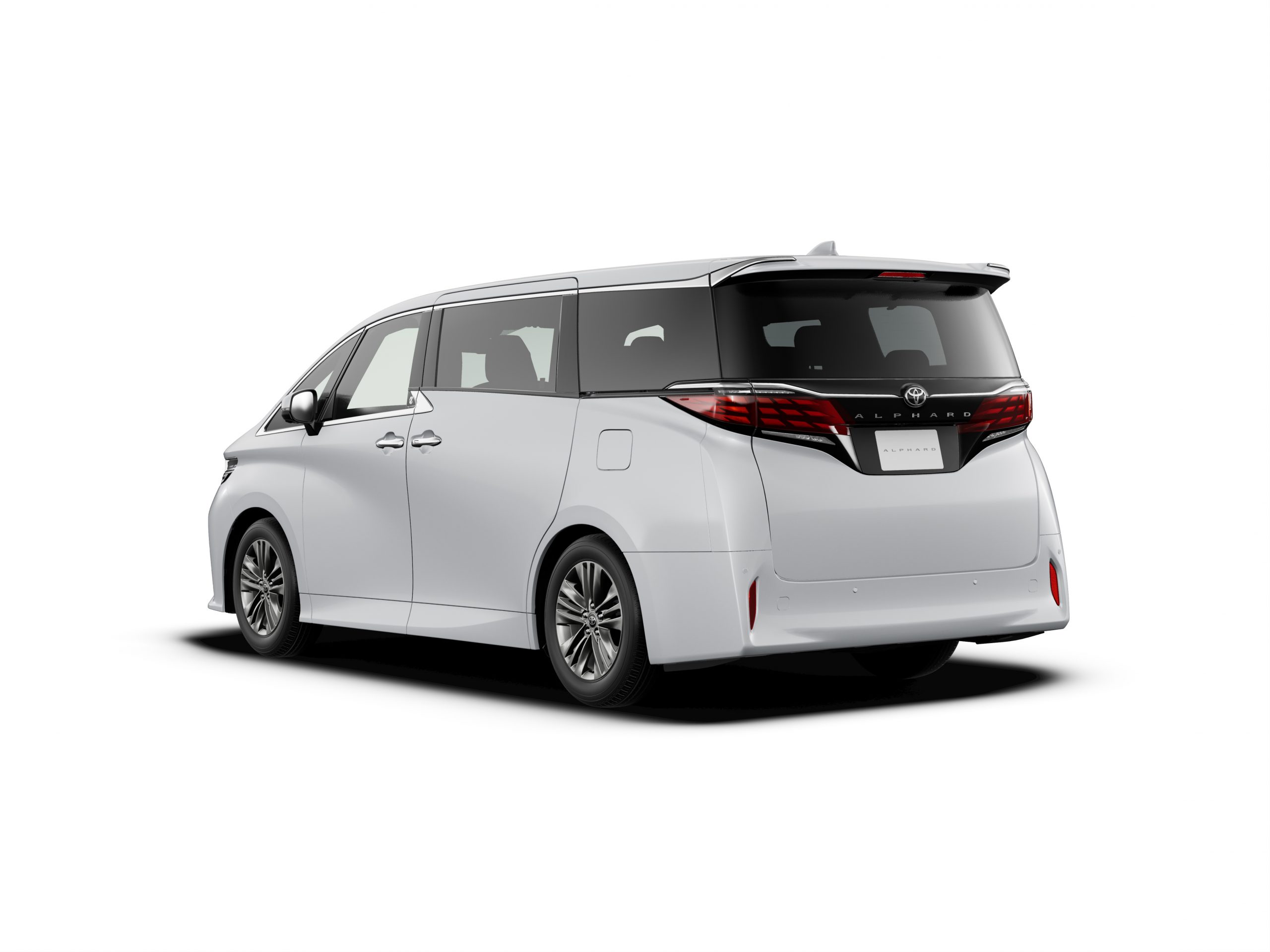
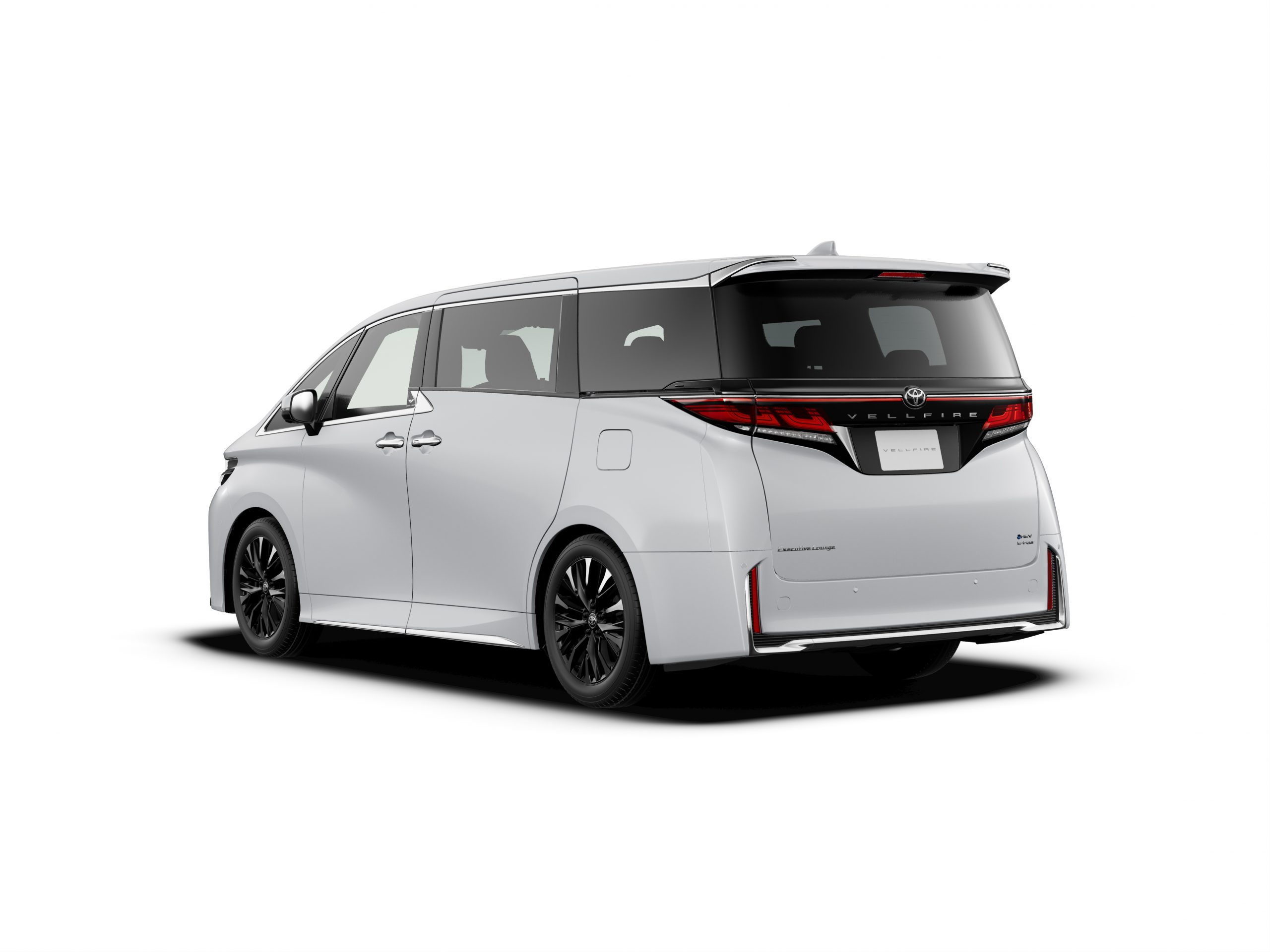
The Alphard’s taillight clusters are connected by a downturned chrome strip at the back and have the same dashed lines as the headlamps.
When it comes to decreasing wind noise, the design of the MPVs presents issues, but Toyota claims it has implemented many methods to help. These include improving the forms of the exposed engine hood, door mirrors, and A-pillars. Low-noise tyres and the installation of sound-absorbing materials in the cowls further help to reduce road noise.
Interior
For the latest generation, the shared interior of the Alphard and Vellfire has been enhanced. The dashboard is neater and has fewer buttons than before, with many functions, including climate control, now integrated into a touchscreen that sits right above the central air vents. Other modifications include a more modern gear lever in the centre console, as well as buttons for the electronic parking brake (with auto brake hold), drive modes, and traction control, while the driver gets a digital instrument cluster and a new steering wheel design.
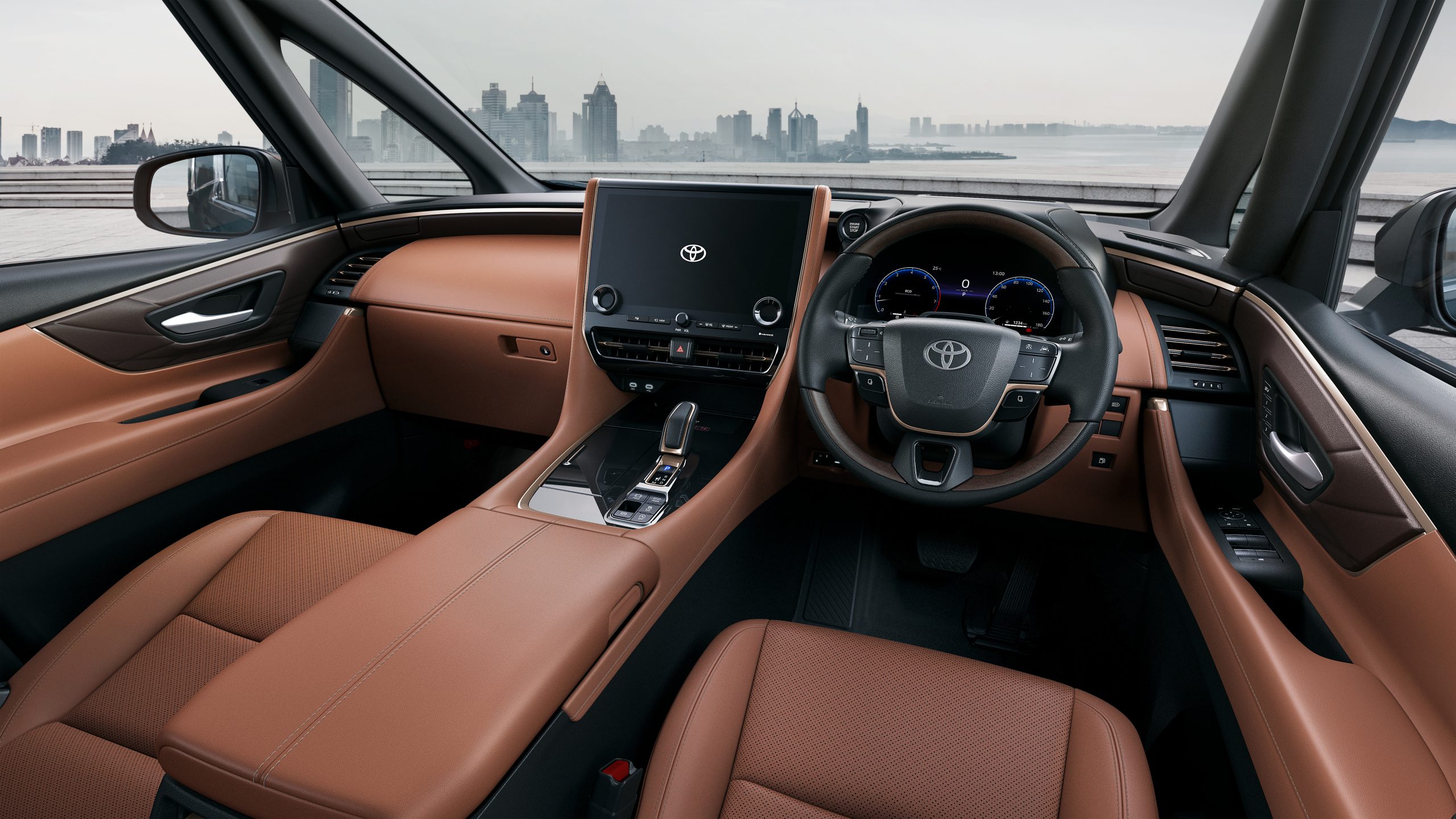
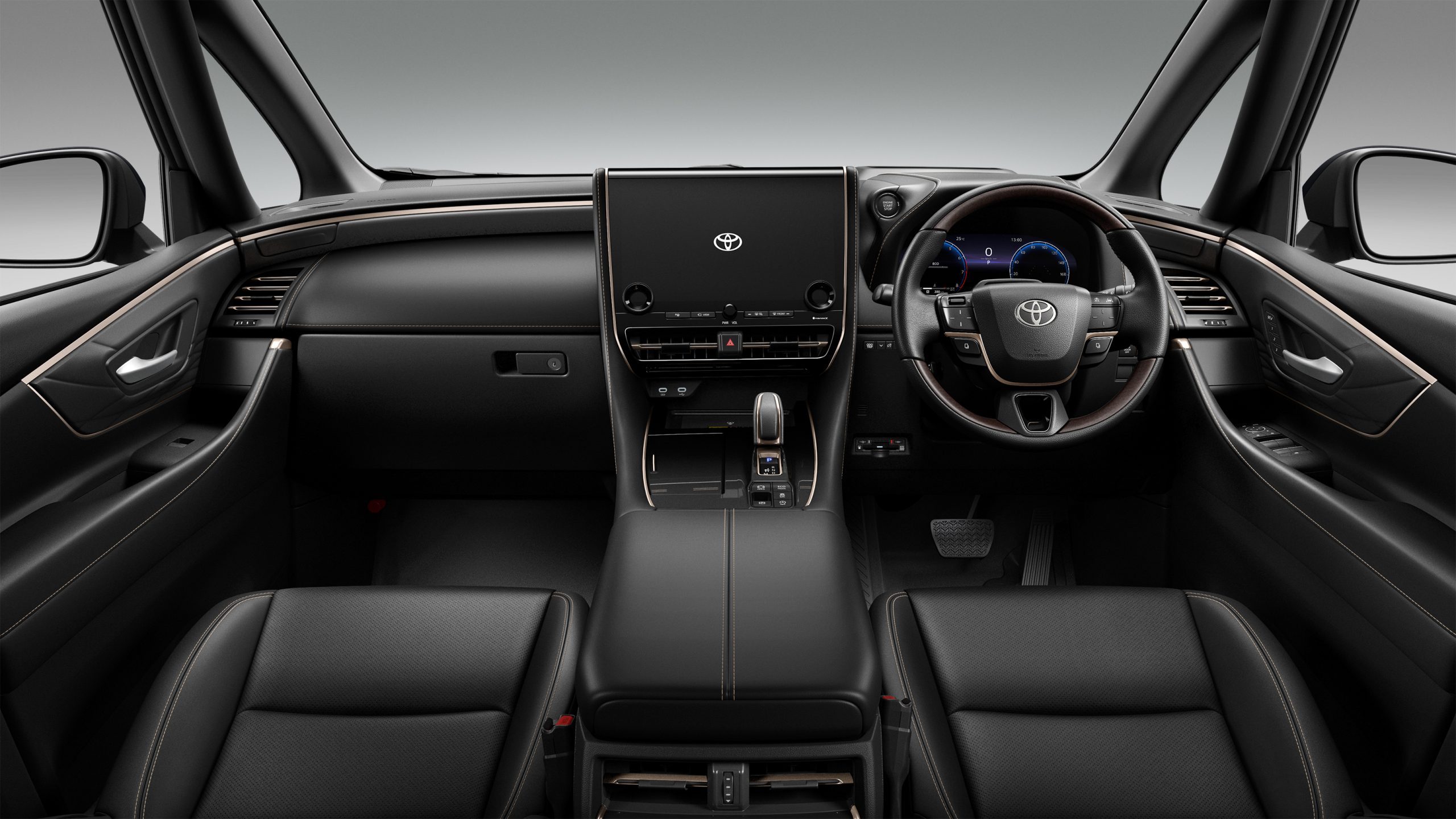
The Alphard and Vellfire are the first Toyota models to include ‘Universal Steps’ on both the right and left sliding doors, which ensures that rear passengers are well taken care of. As the doors open, a step rises 220 mm above the ground, lowering the height of the first step for customers entering or exiting the car. Long assist grips are also installed on the C pillars and both sides of the ceiling to ensure easy entry and exit.
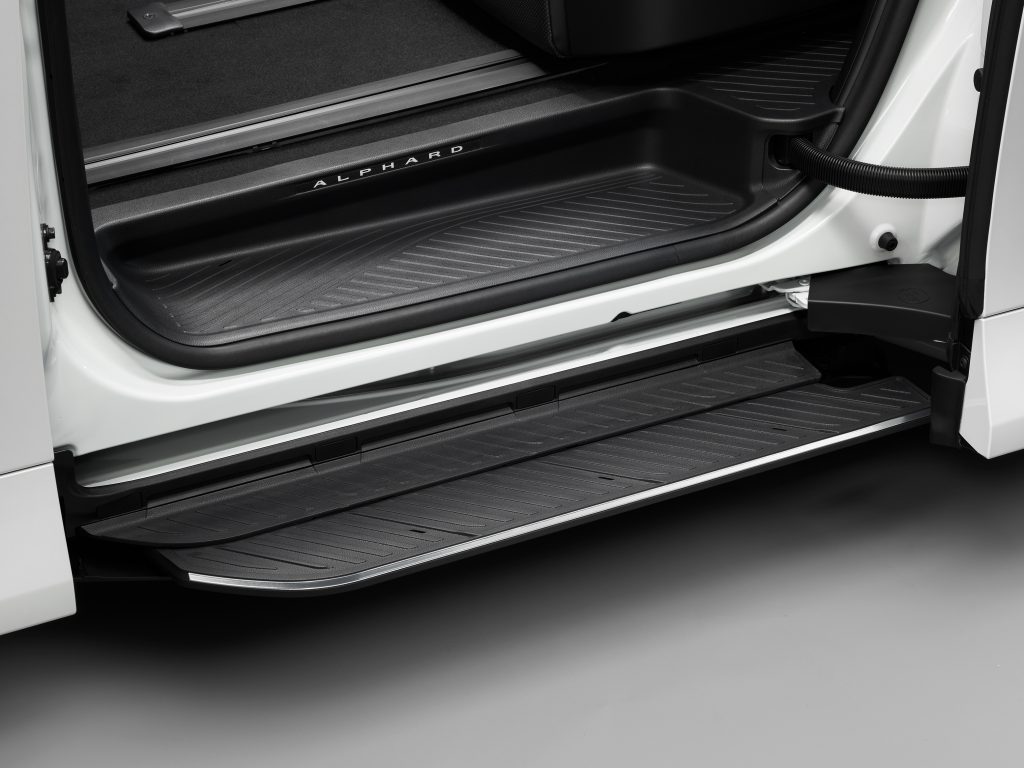
Inside, passengers will enjoy the Super-Long Overhead Console, which relocates the interior ambient lighting components, various controls, and air-conditioning vents to the centre of the ceiling rather than to both sides as before.
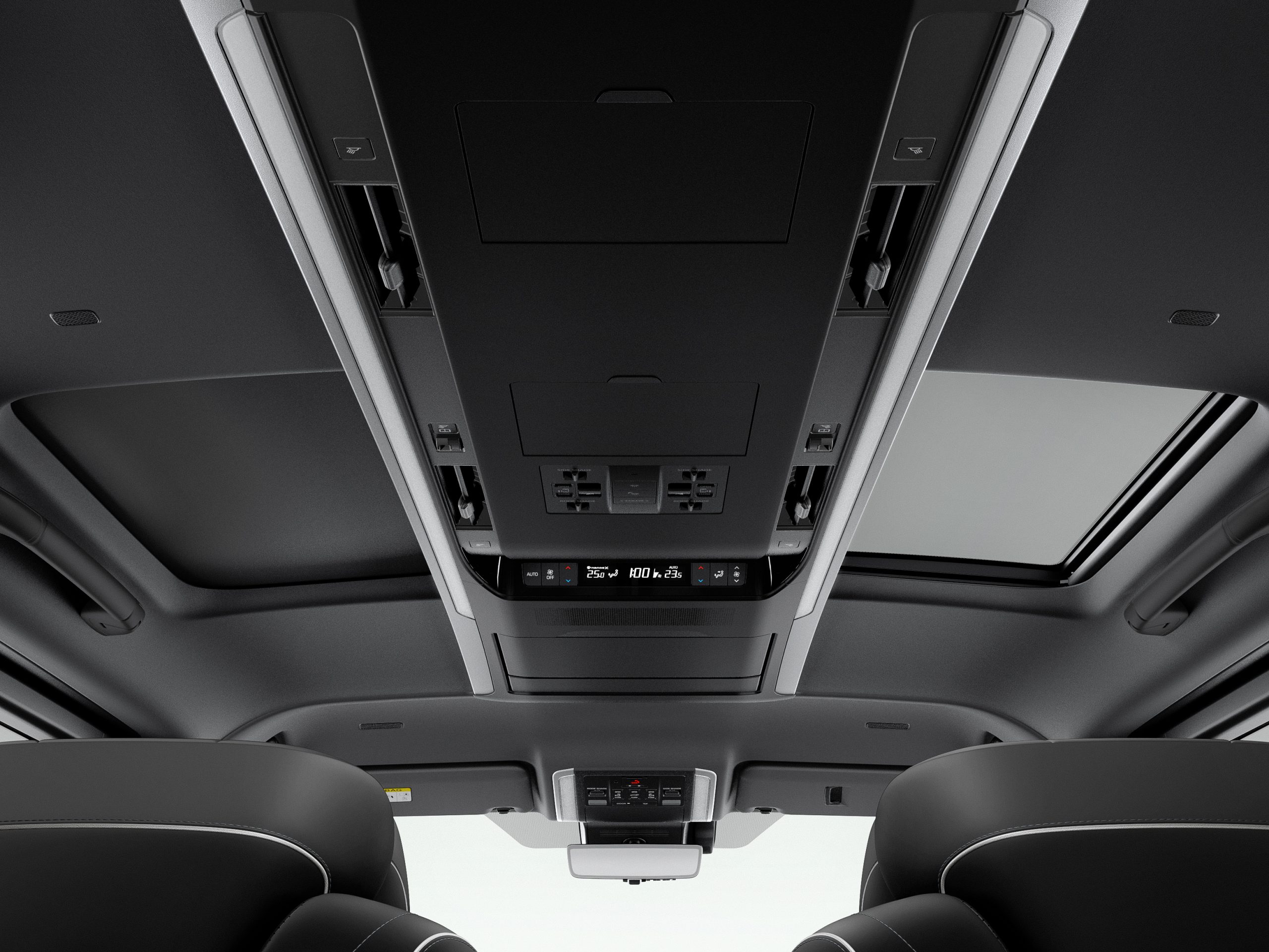
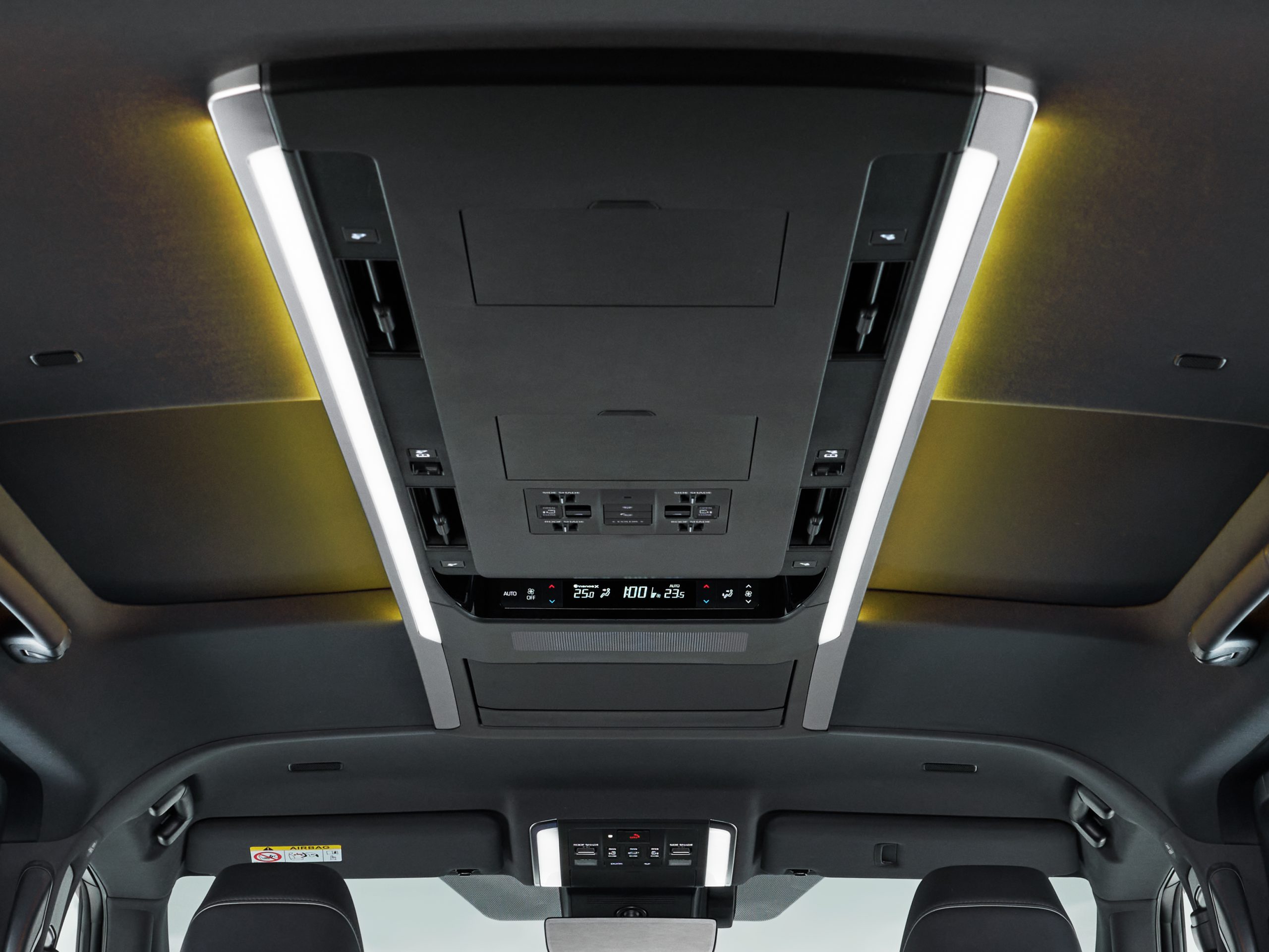
Because the sunroof has an independently adjustable right and left-side drapes, some occupants can see the sky while others choose to block off the sunlight. The side windows have pull-down sunshades, which Toyota claims is a first for the pair.
The Alphard is available in two variants: Z and Executive Lounge, whilst the Vellfire is available in Z Premier and Executive Lounge. All models are six-seaters with a 2-2-2 arrangement, featuring two captain chairs with motorised ottomans in the second row.
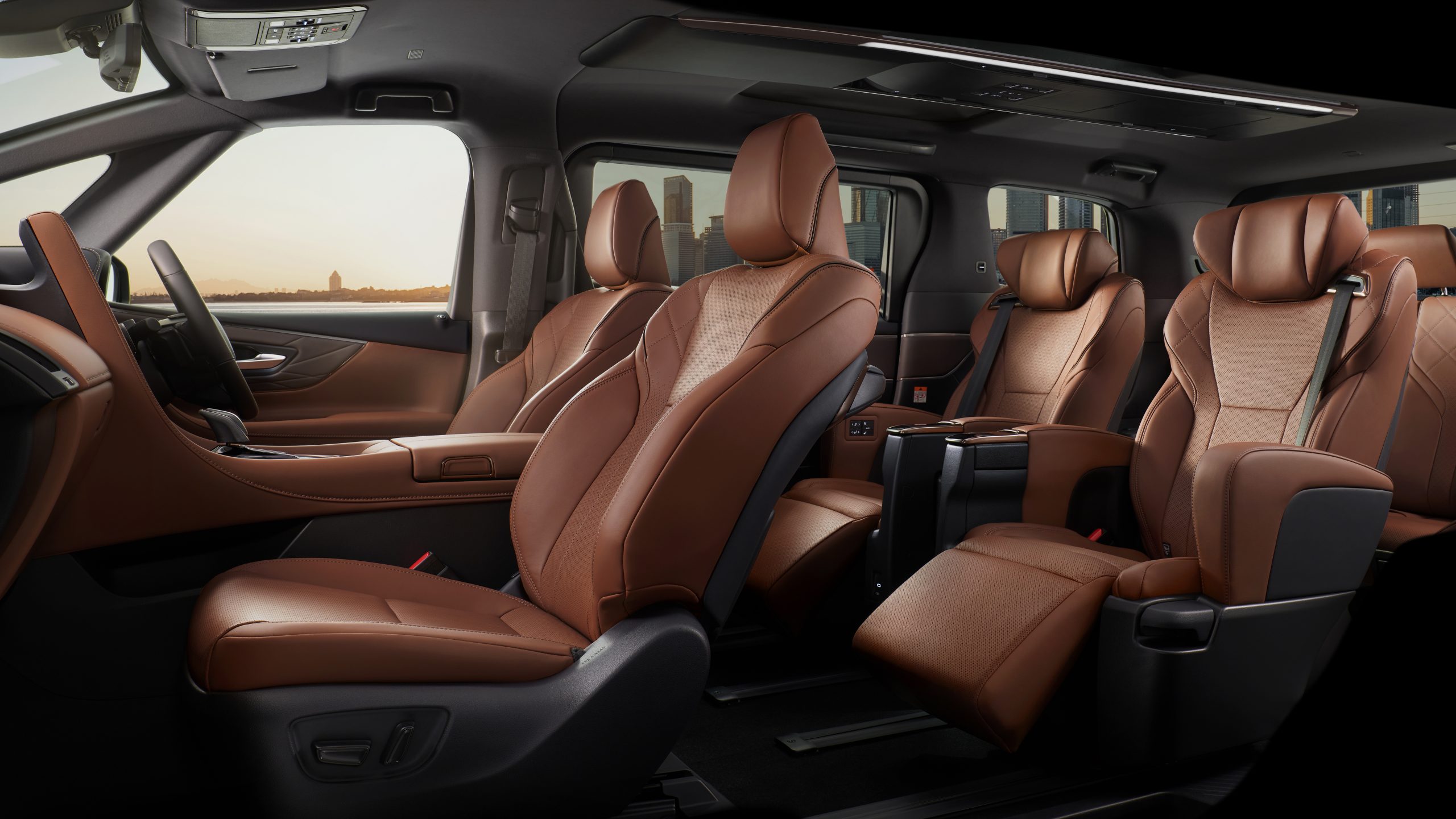
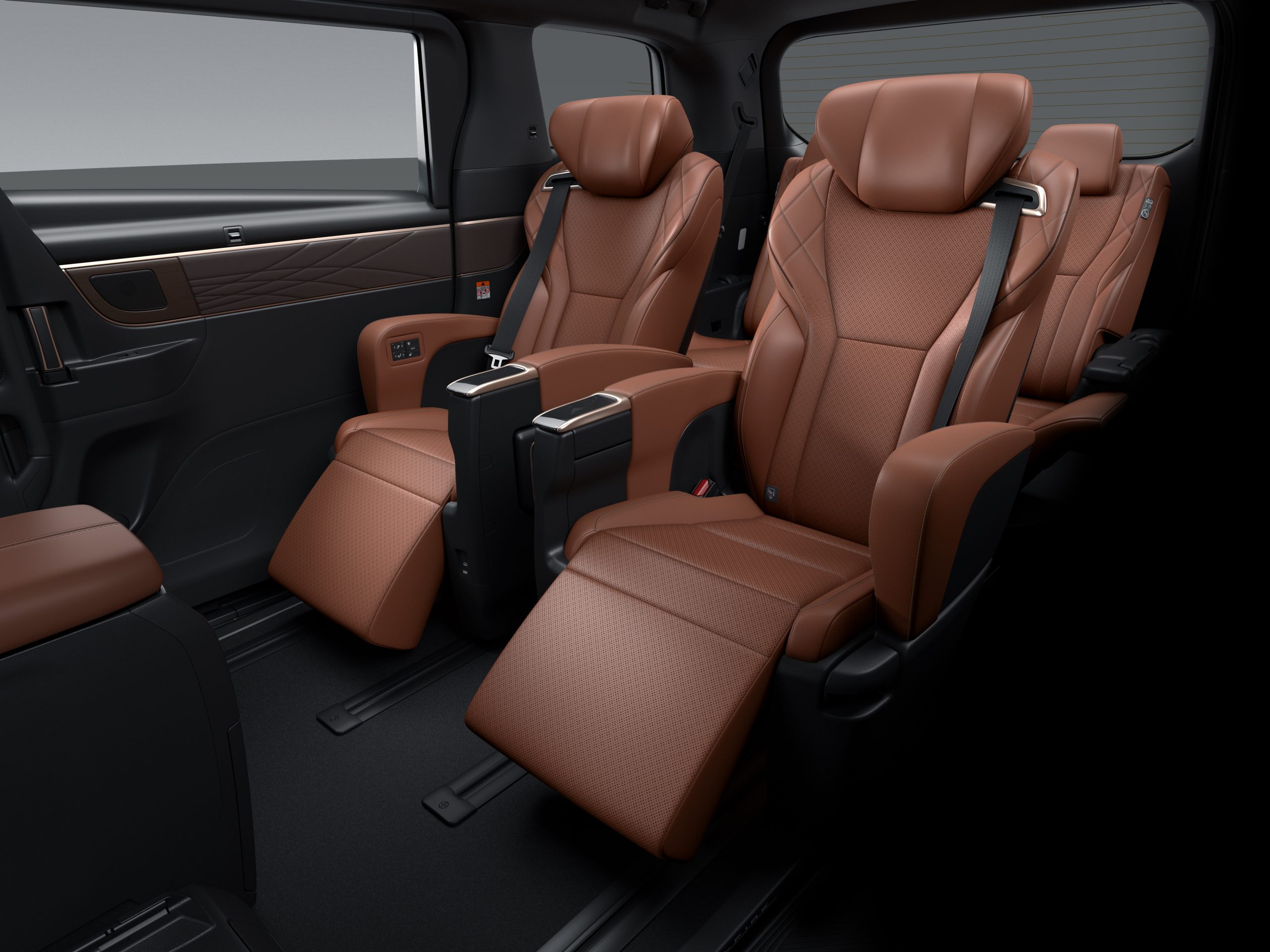
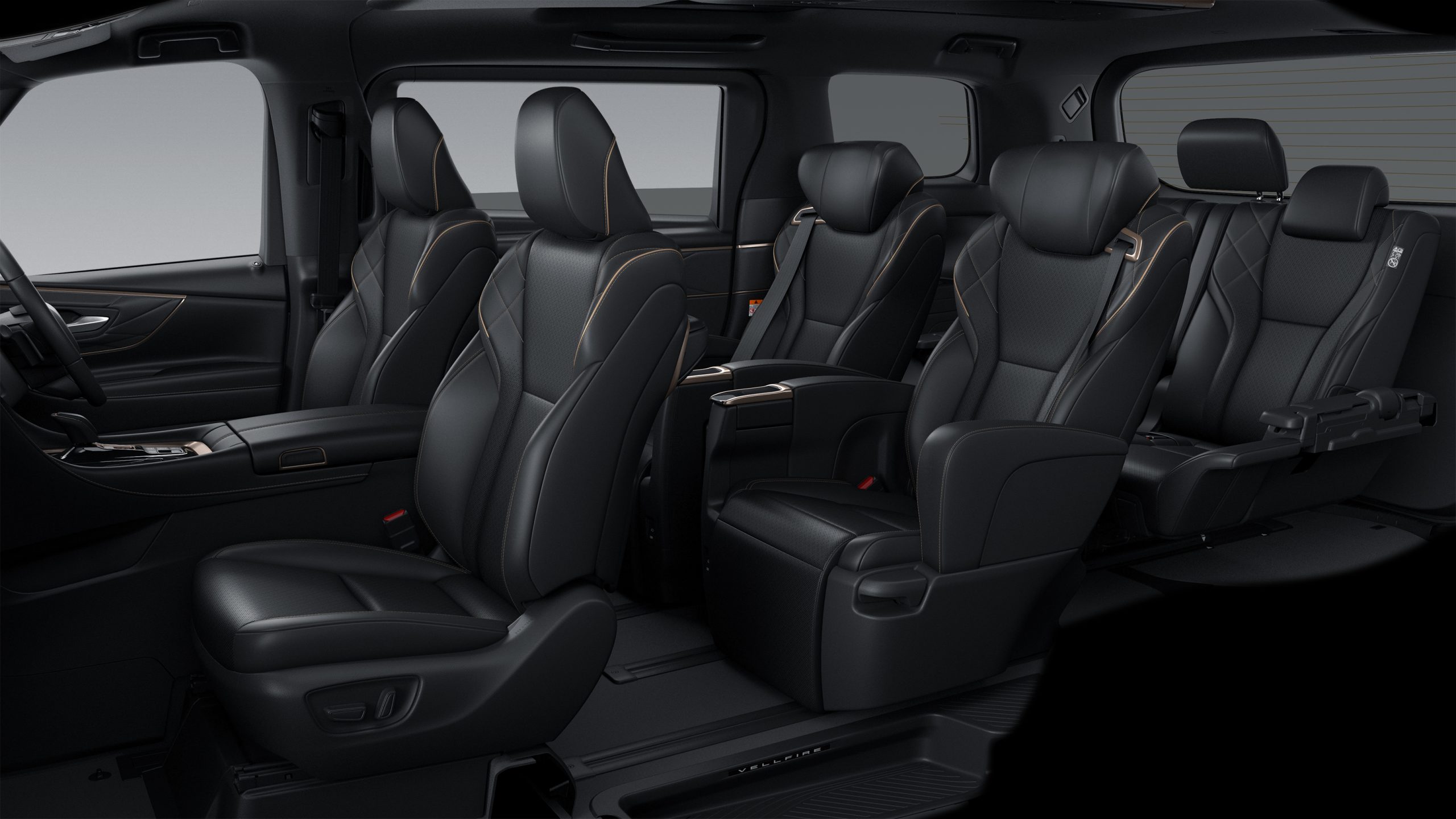
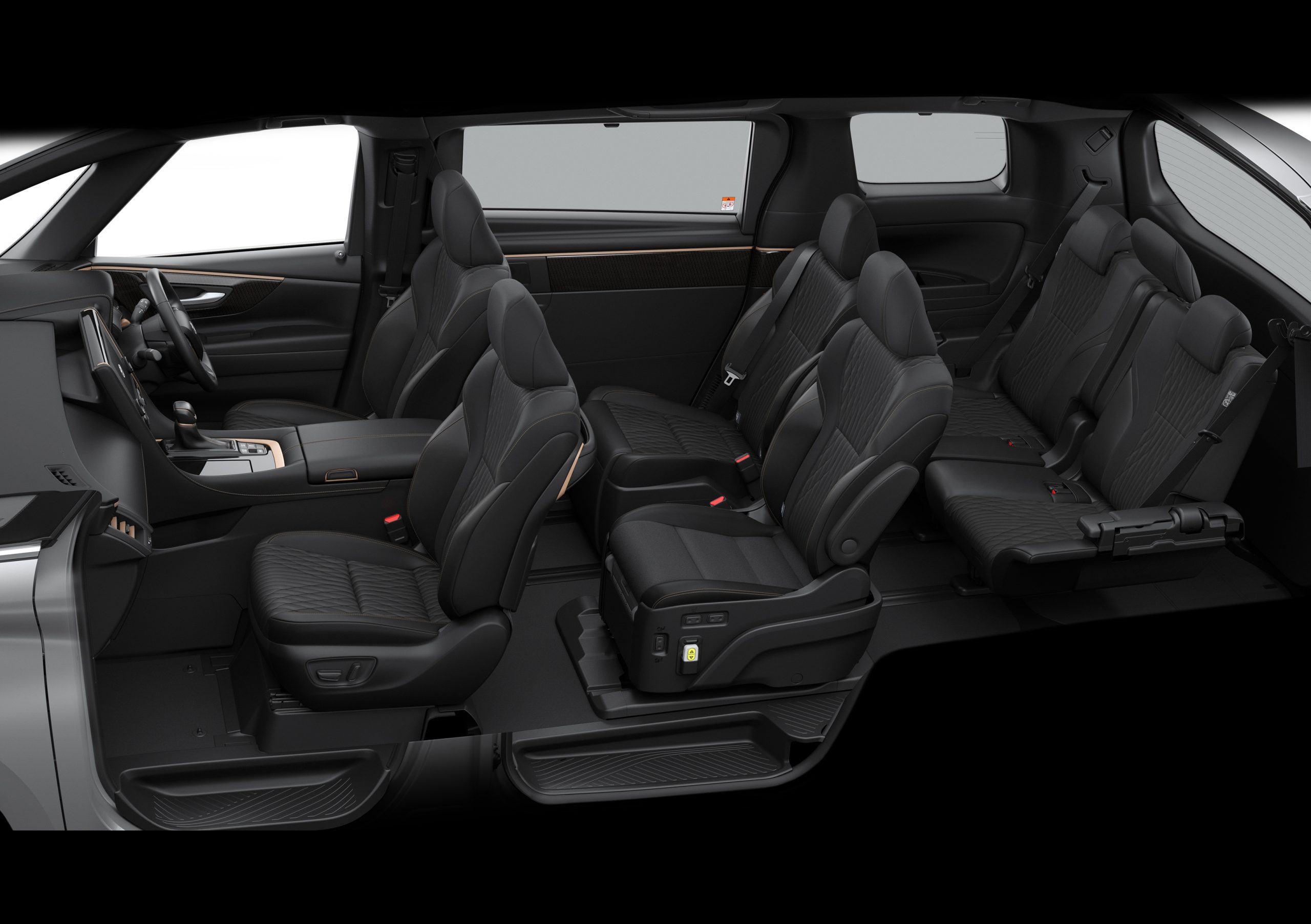
The affluent people will prefer the Executive Lounge because the captain chairs in this variant include a retractable table as well as heating and ventilation functions. In addition to that, the chairs have a detachable control panel that allows passengers to modify media playing, climate settings, and sunshades.
Powertrain
The Alphard’s powertrain options include a 2AR-FE 2.5 litre naturally-aspirated four-cylinder petrol engine with 182PS at 6,000 rpm and 235Nm of torque at 4,100 rpm. The engine is combined with a Super CVT-i gearbox and front- or all-wheel drive.
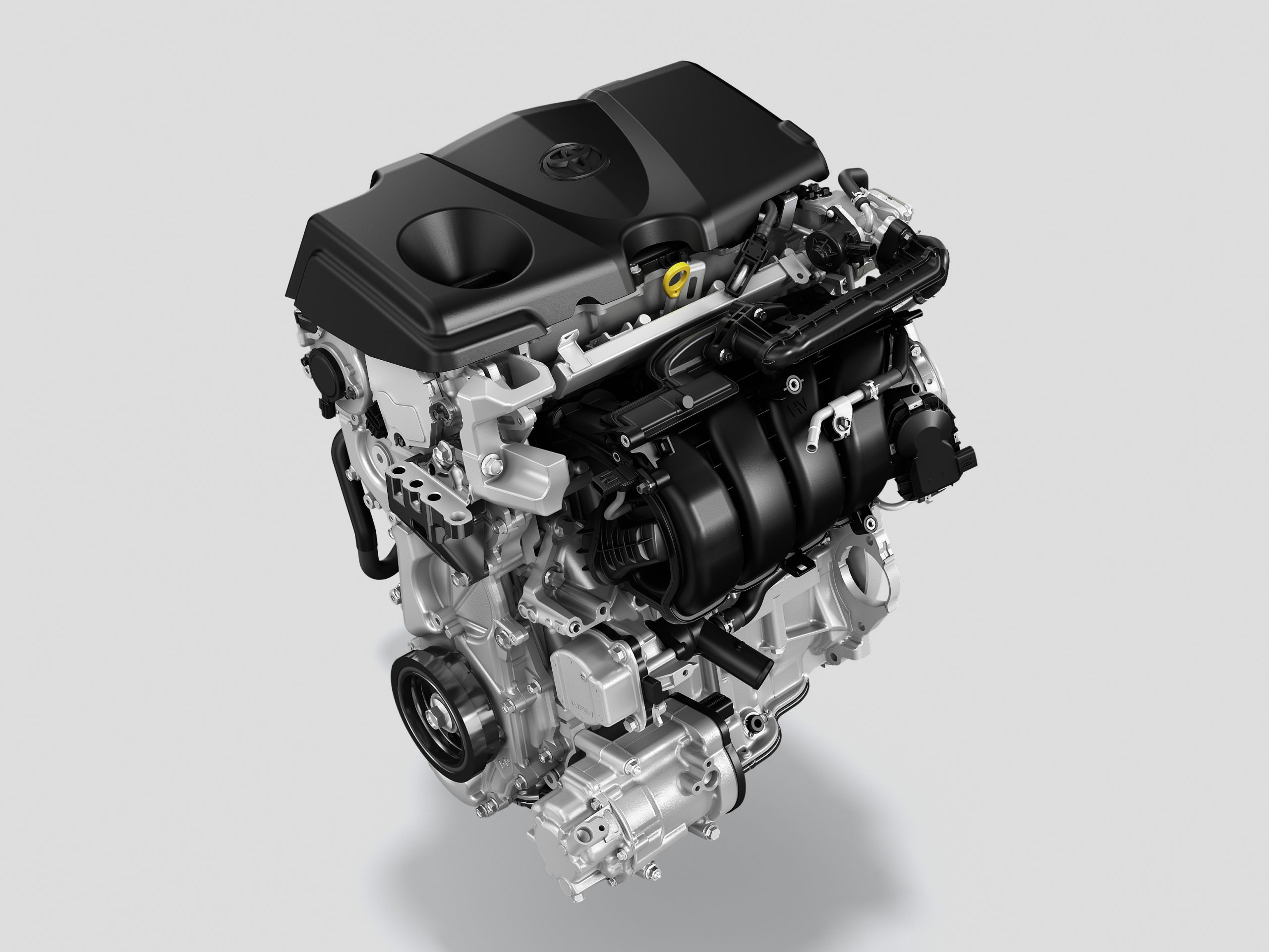
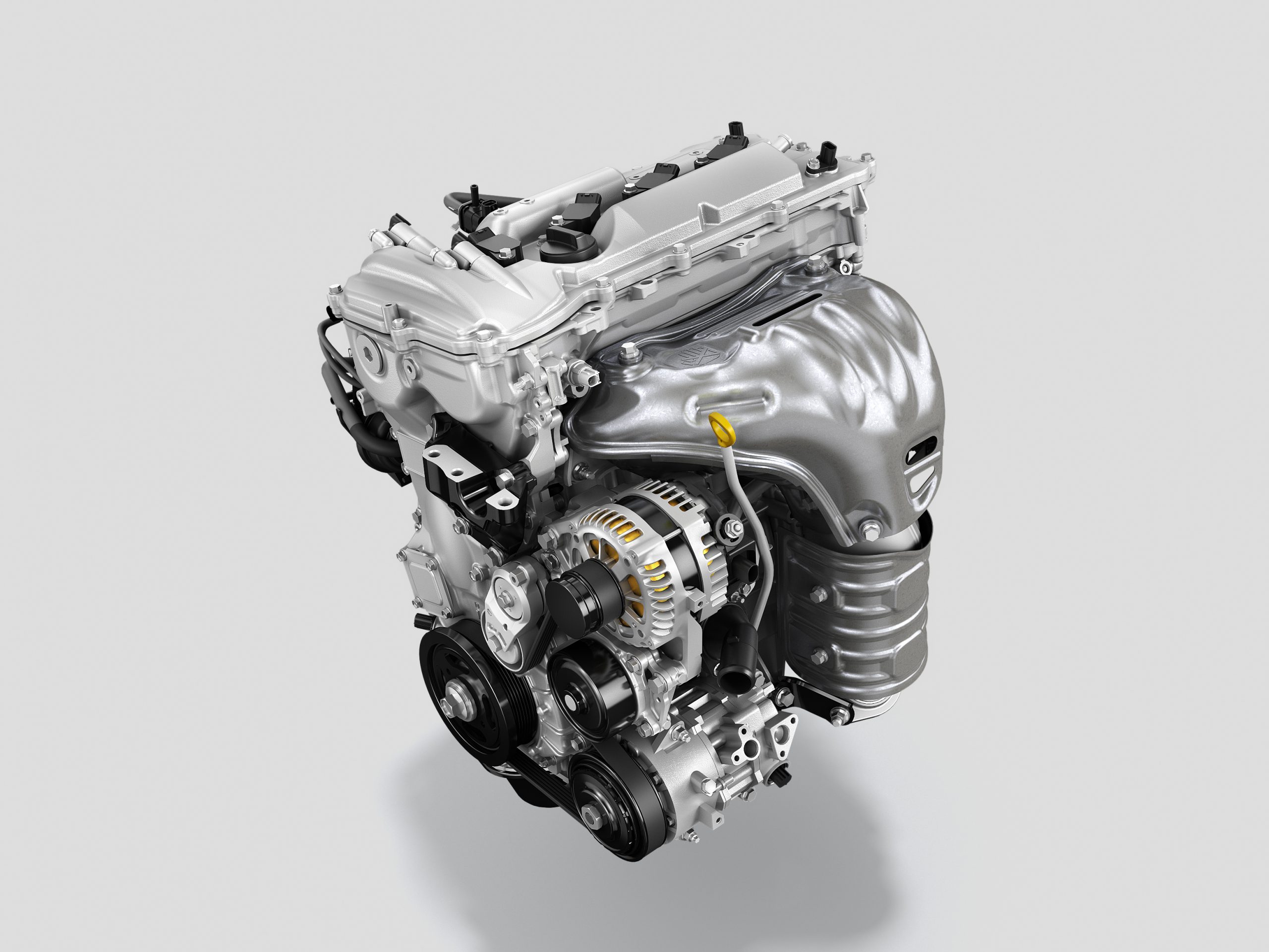
The Alphard’s second option is a series-parallel hybrid powered by a Dynamic Force engine, especially the A25A-FXS 2.5 litre NA four-cylinder with 190PS at 6,000 rpm and 236Nm from 4,300 to 4,500 rpm.
A 5NM electric motor with 182PS and 270Nm complements the engine for a total system output of 250PS. For the hybrid system, which can be a front-wheel drive or all-wheel drive, an electronic CVT (E-CVT) is employed. The E-Four arrangement adds a 4NM electric motor in the rear, rated at 54PS and 121Nm – the hybrid’s electric motor(s) are linked to a 5Ah nickel metal hydride (NiMH) battery.
The Vellfire is offered with the same hybrid powertrain as the Alphard, but its alternative is one with turbocharged power. When compared to the previous generation’s 3.5-liter V6 engine, torque has been boosted at low engine speeds, and the accelerator pedal stroke has been shortened; as a result, the driver can enjoy a sense of acceleration that belies the MPVs weight with minimal pedal input. Furthermore, undesired engine noises have been eliminated while starting from a stop and during typical RPM range; when accelerating, the engine has been adjusted to give a lively sound.
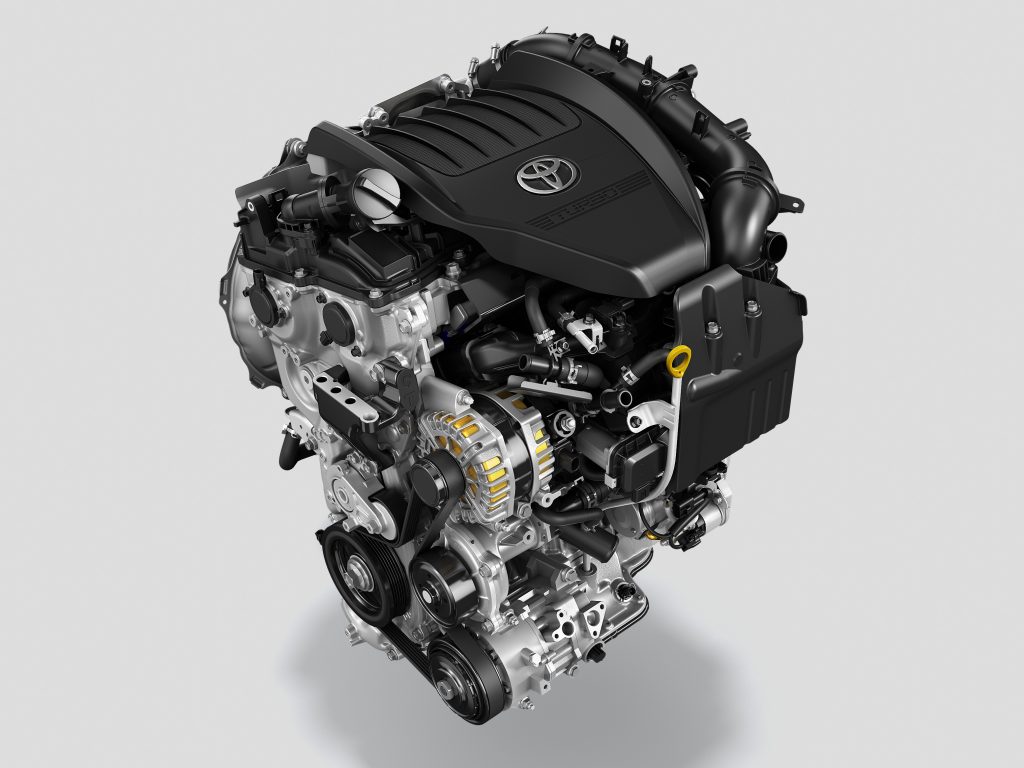
Safety and Features
In terms of driver assistance, the Toyota Safety Sense suite includes capabilities such as autonomous emergency braking and others highlighted by the automaker. These are Proactive Driving Assist, which predicts driver inputs and adjusts the steering counterforce to provide support for smoother driving (Intra-Lane Steering Assist), and Deceleration Assist when Turning at Intersections, which allows the driver to turn left or right with greater ease.
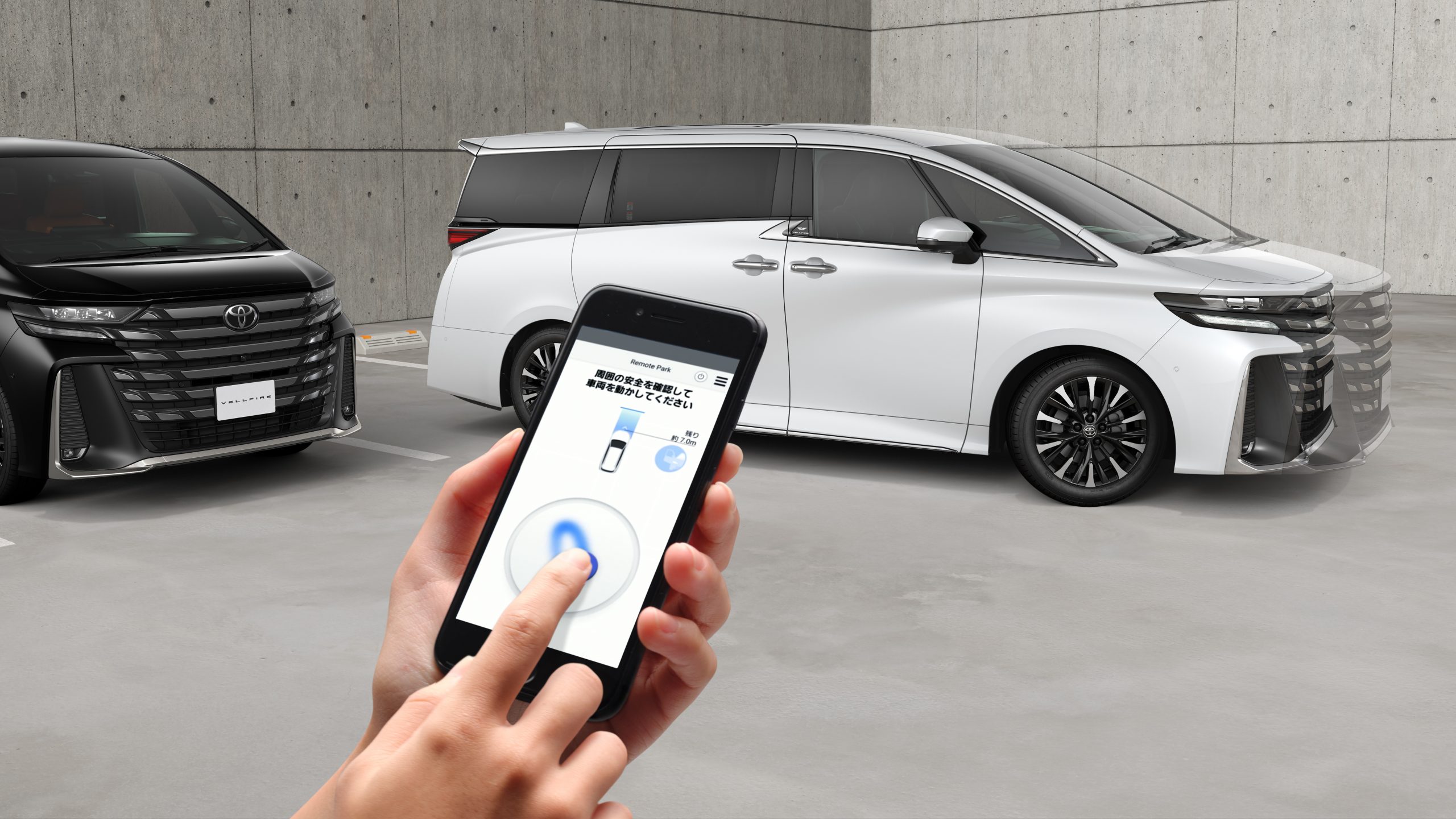
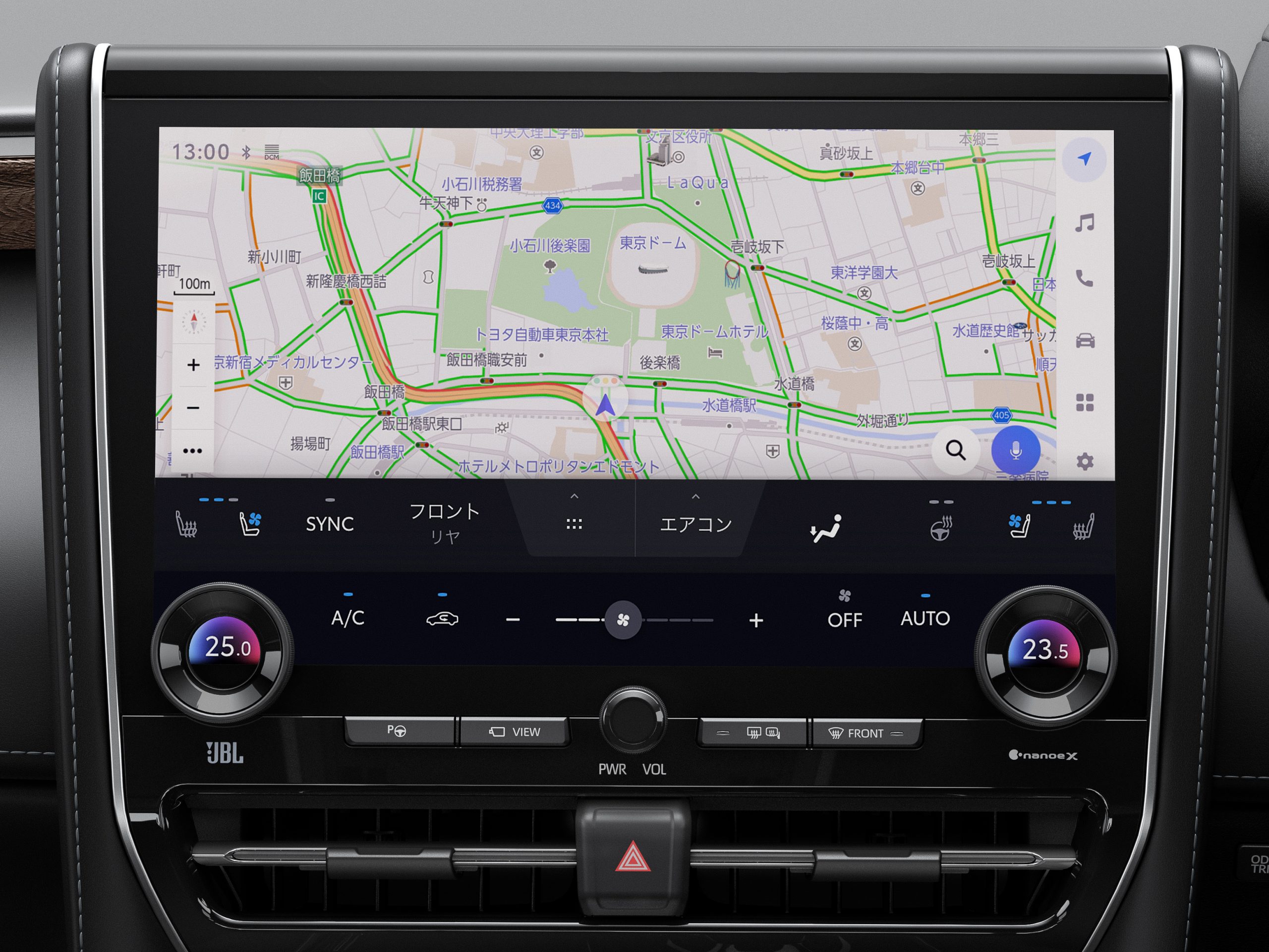
Another beneficial feature is Toyota Teammate, which incorporates Advanced Park, which allows owners to remotely park or depart a parking place from the outside using a smartphone app (essential for dealing with tight parking bays). Meanwhile, Advanced Drive helps reduce driver fatigue amid traffic congestion (it’s adaptive cruise control with low-speed support).
Welcab Variant
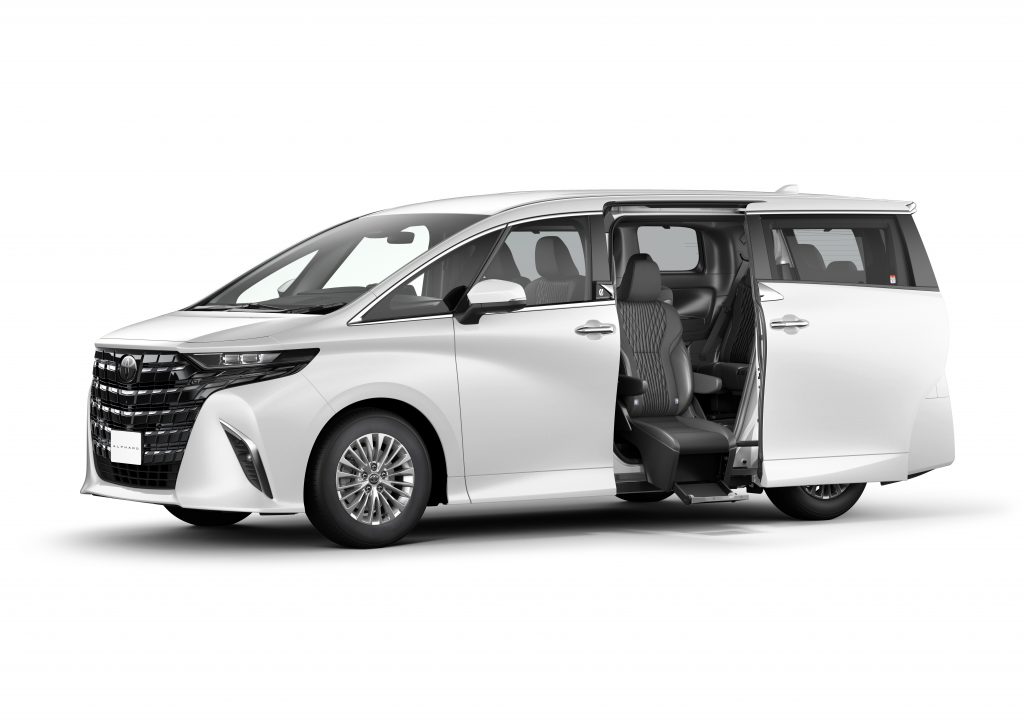
Since the lift-up seat protrudes only minimally beyond the vehicle when in use, it can be used to enter and exit the vehicle even when space is limited. To help occupants stand up from a sitting position, the seat also tilts, while the double-folding footrest reduces the load on the occupant’s knees. For added convenience, the lift-up seat also features a new seatbelt plate arm to make the seatbelt easier to pull out, and a new remote control holder.
The Alphard is priced between RM177,170 and RM286,096, while the Vellfire is priced between RM214,900 and RM292,658. The former is also available as a Welcab-assisted mobility vehicle from the Japanese automaker for between RM154,865 and RM185,313. But these are of course Japanese prices. Malaysian’s may be looking at a RM500,000 – RM650,000 price tag when launched.
Both MPVs’ previous models were sold in Malaysia via UMW Toyota Motor, so there’s a chance the new ones might enter the Malaysian market.
